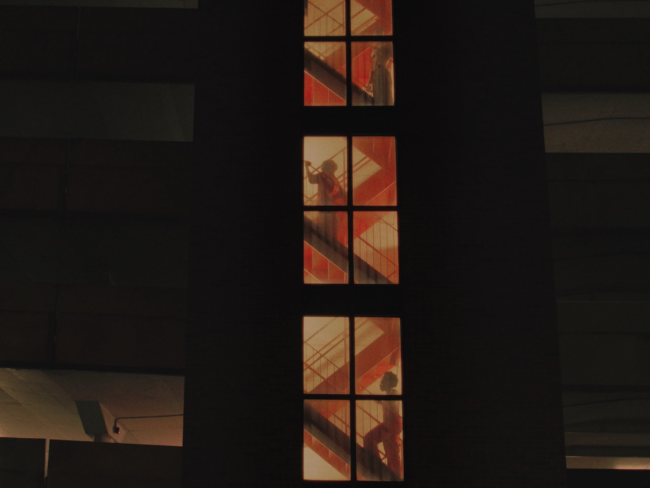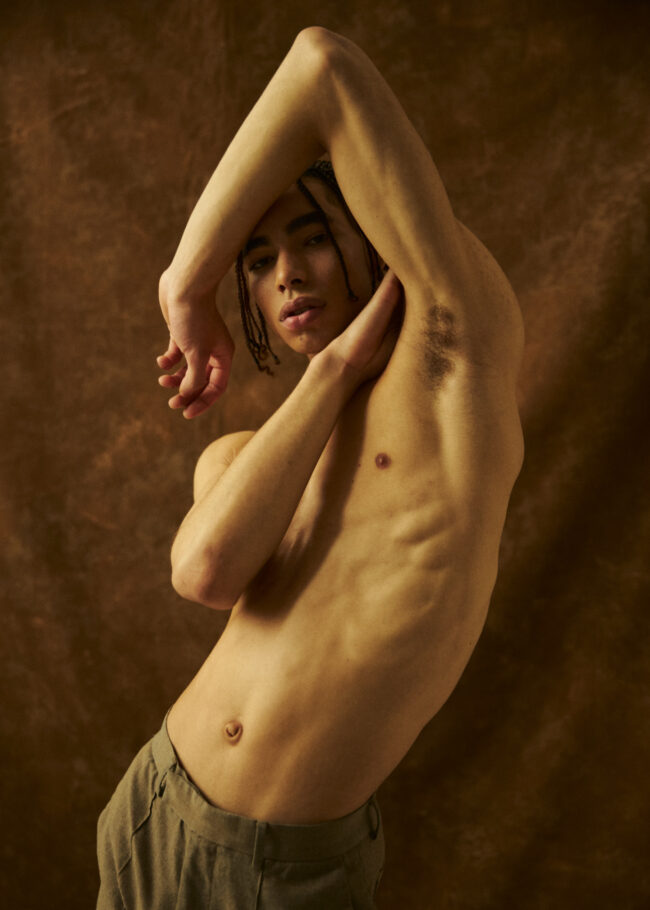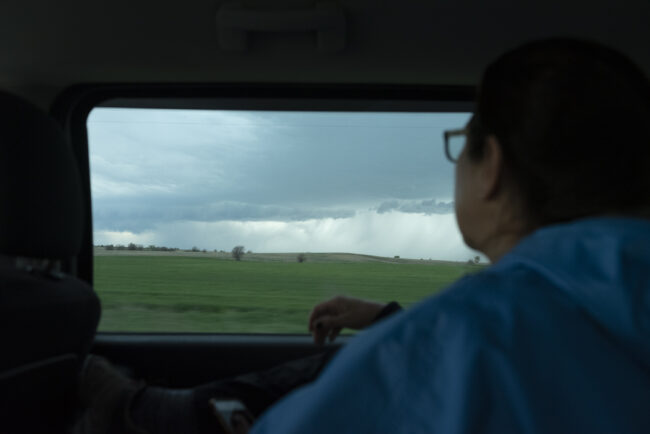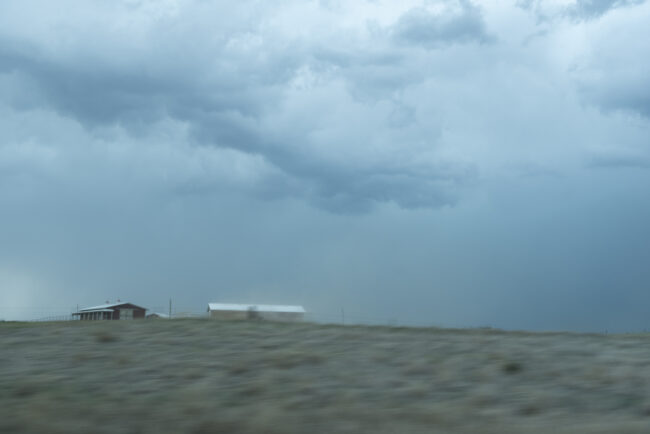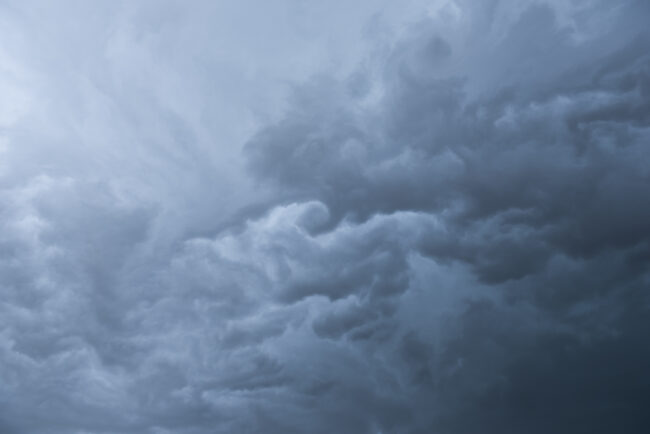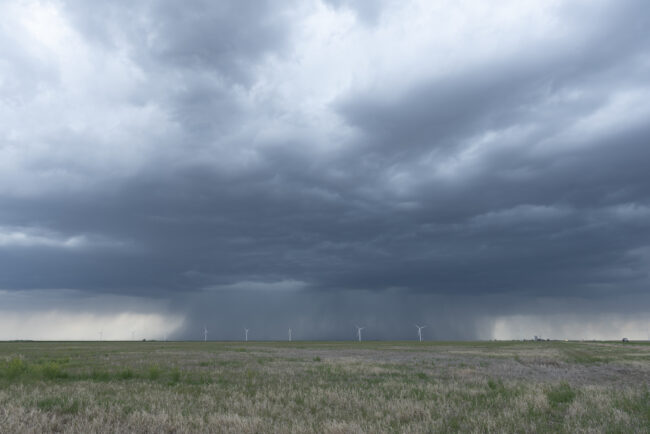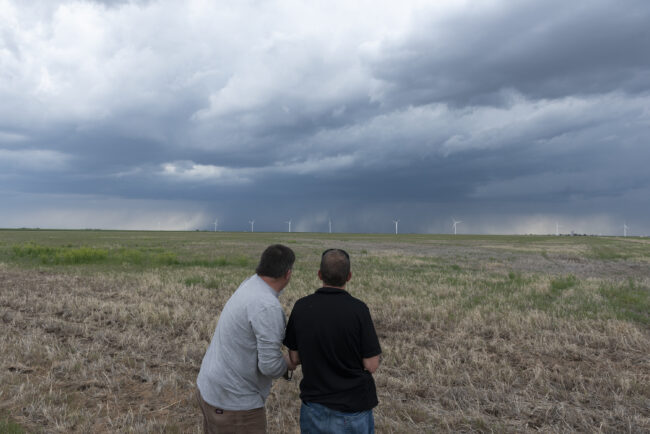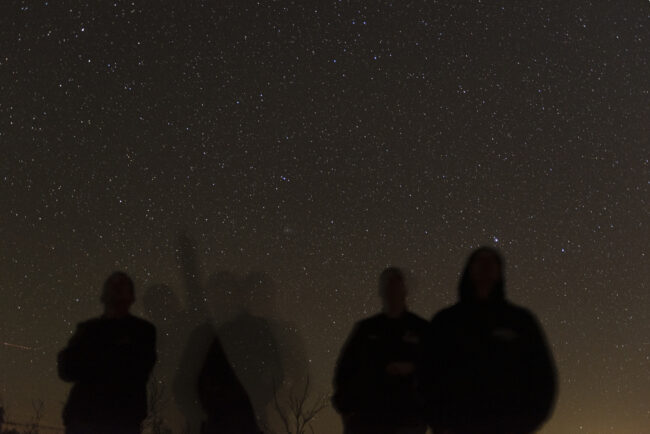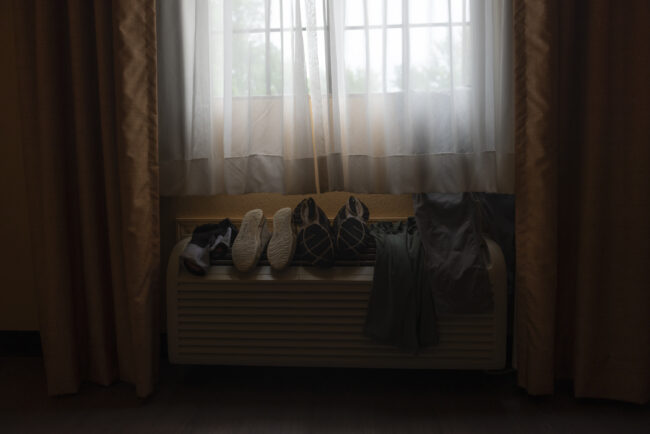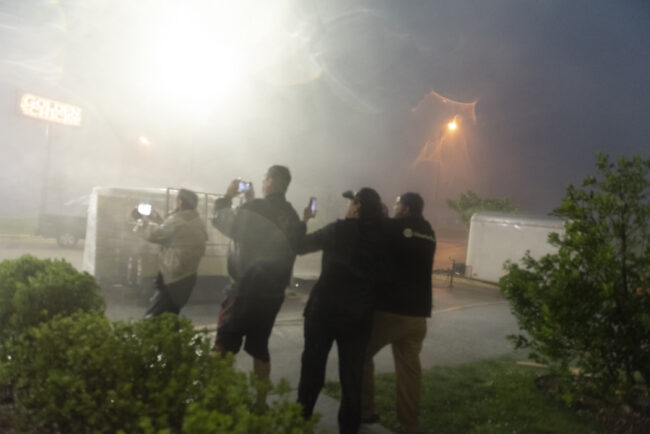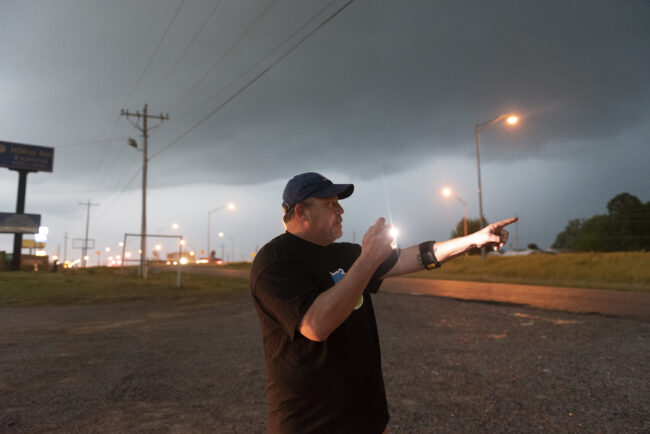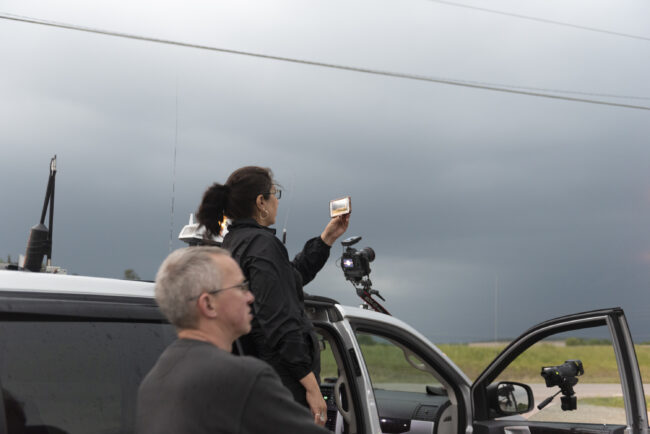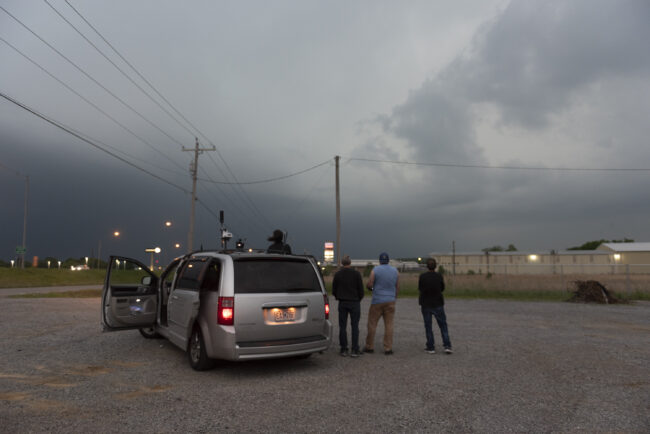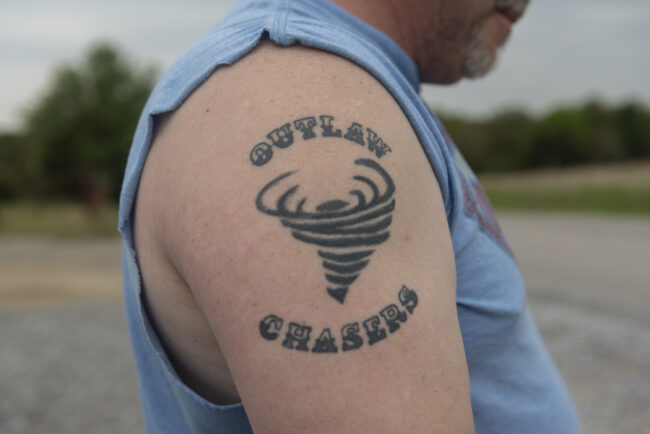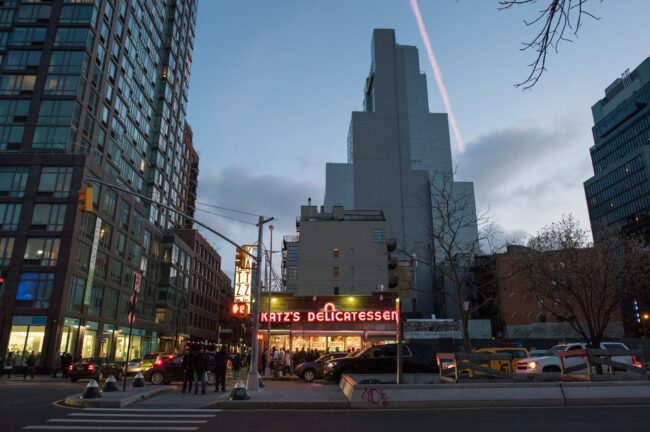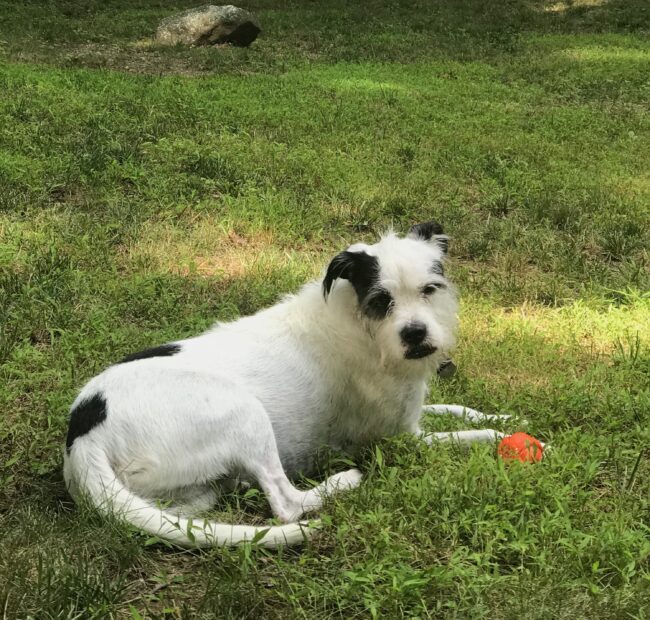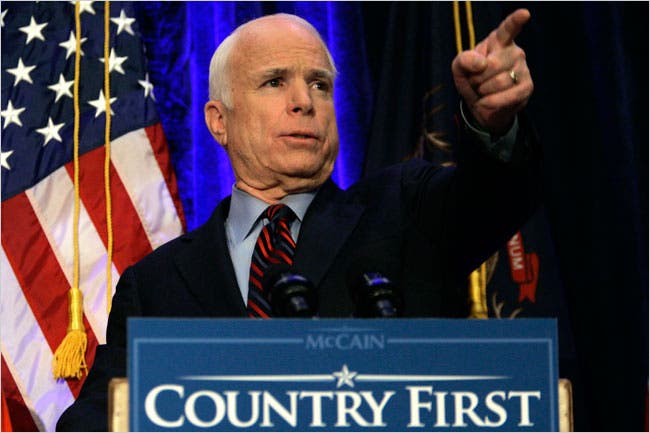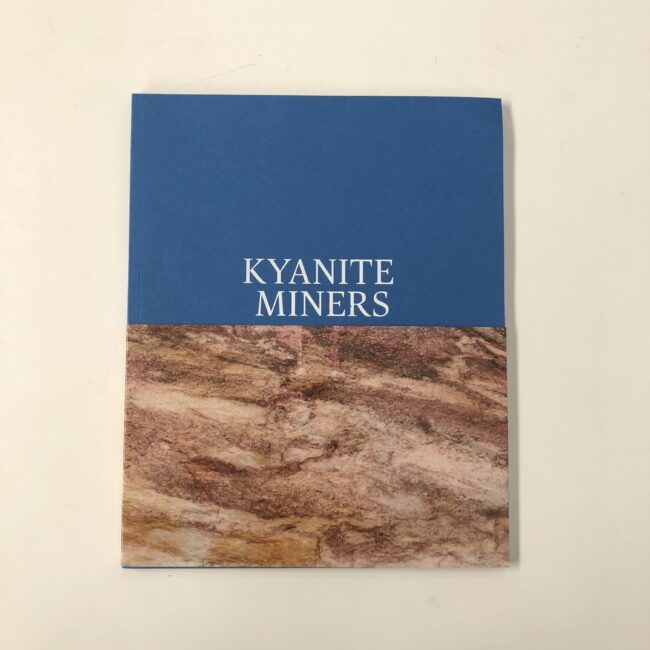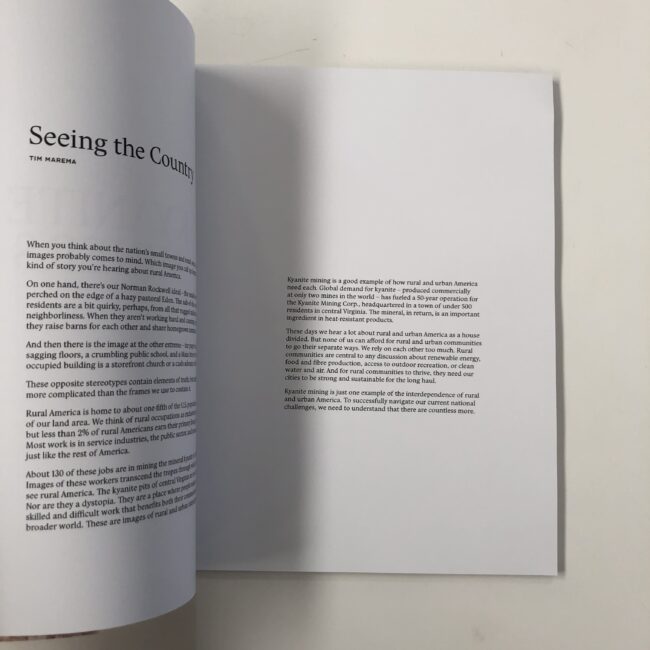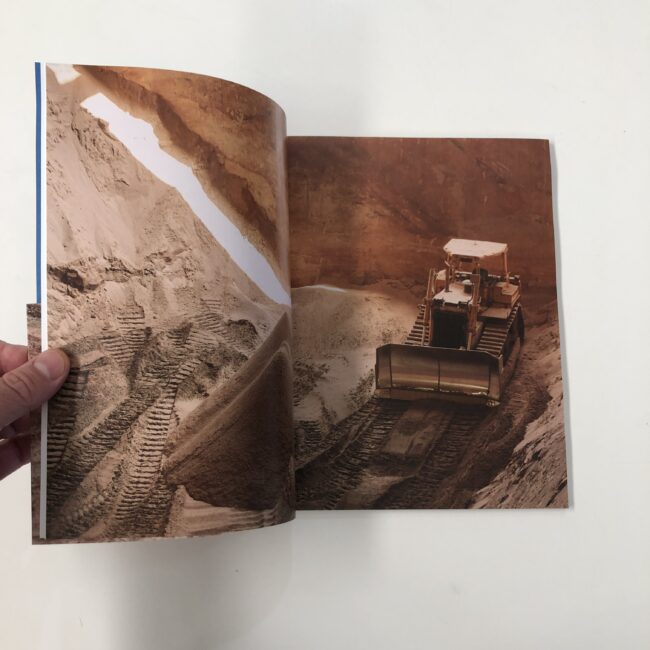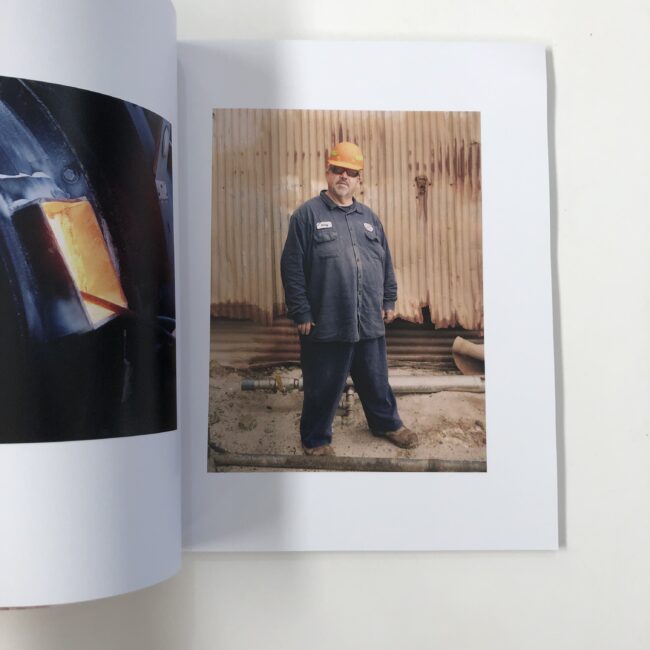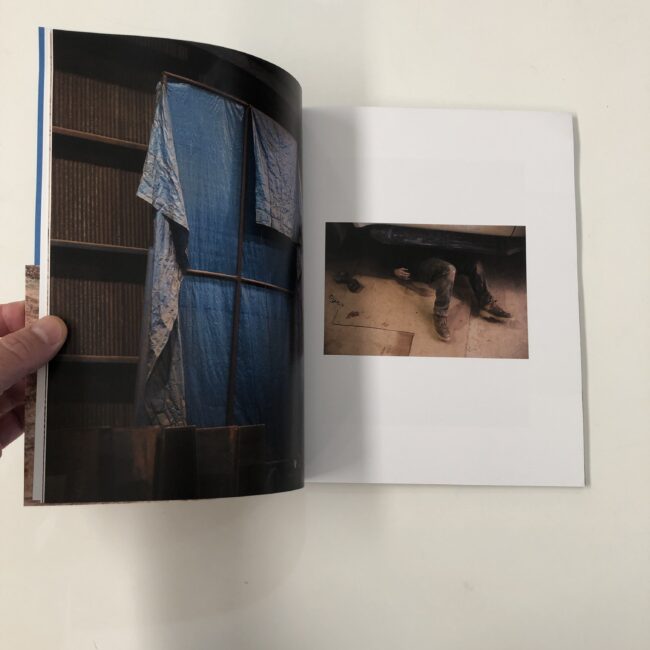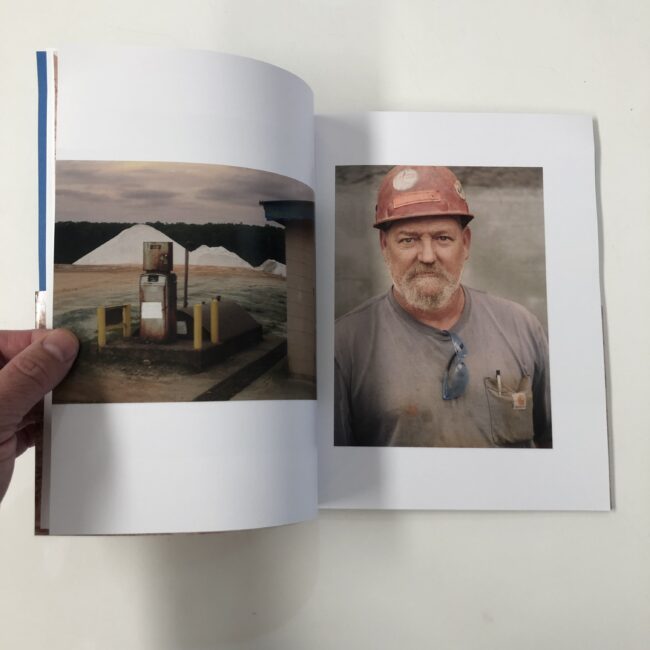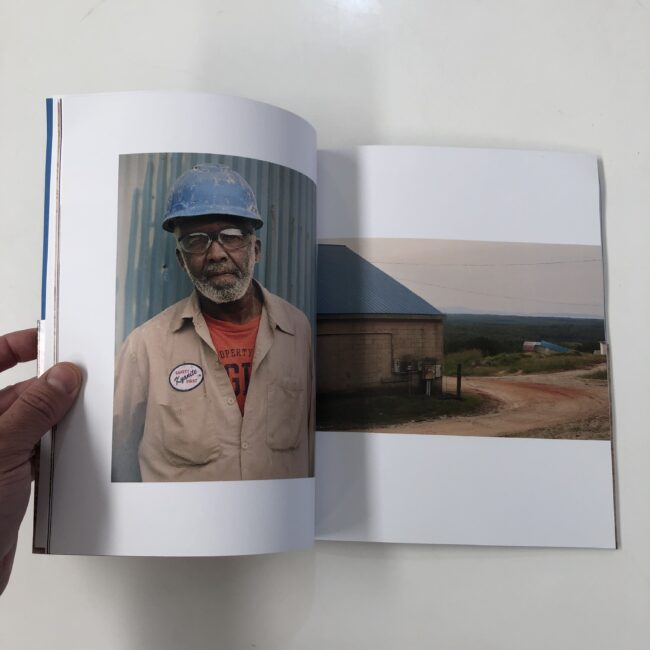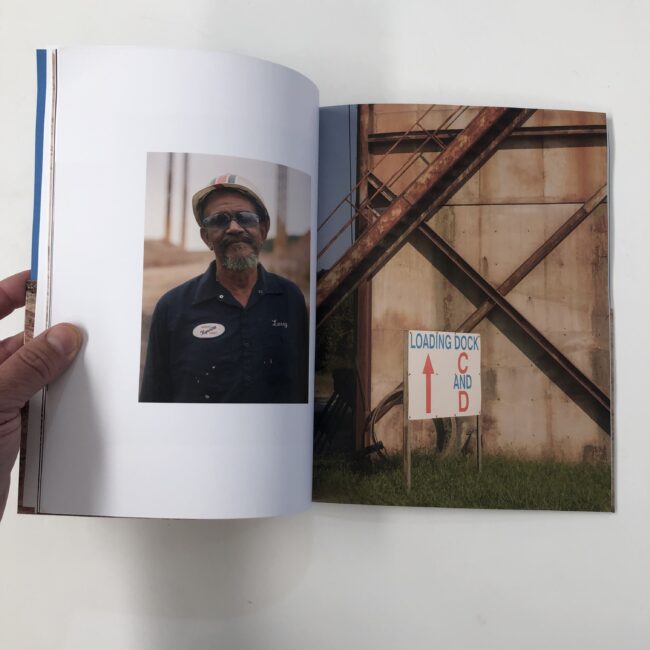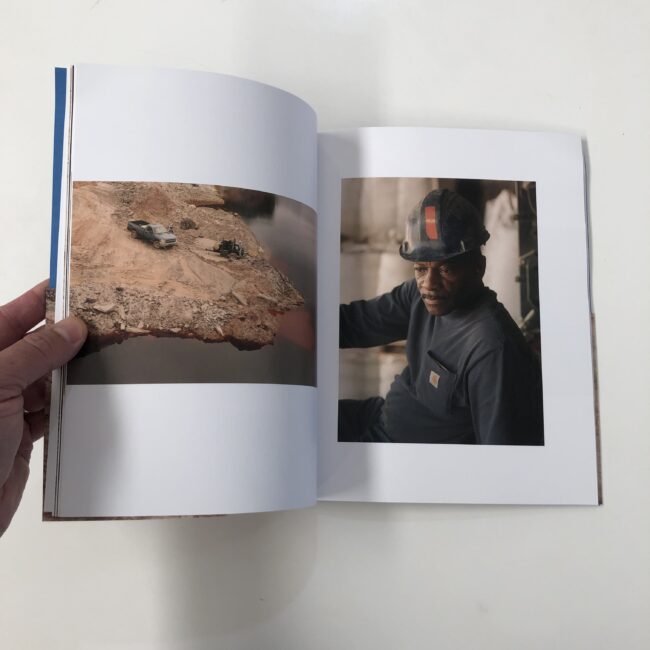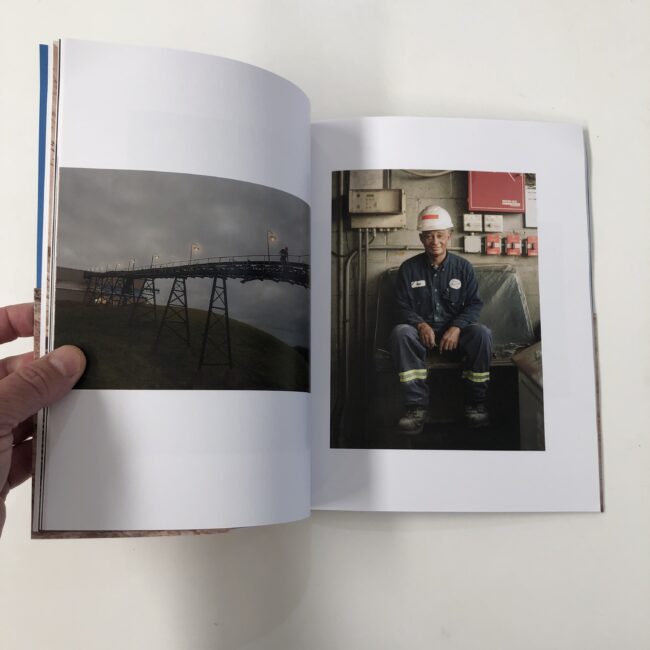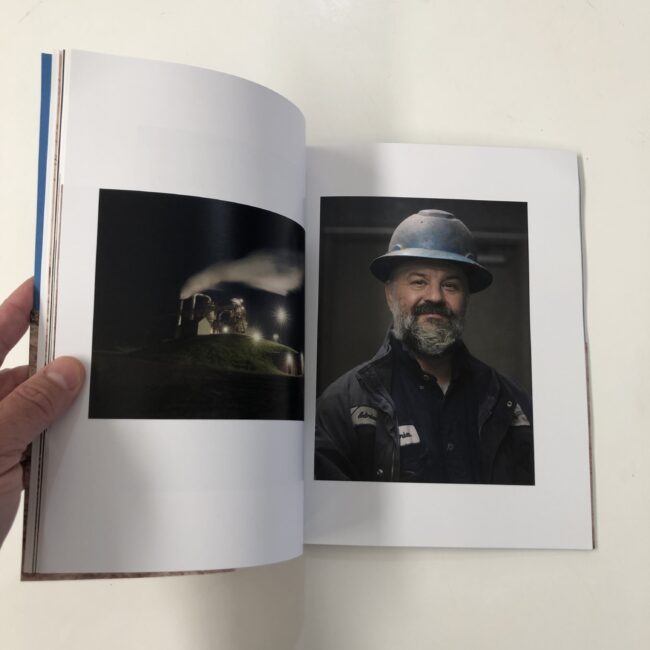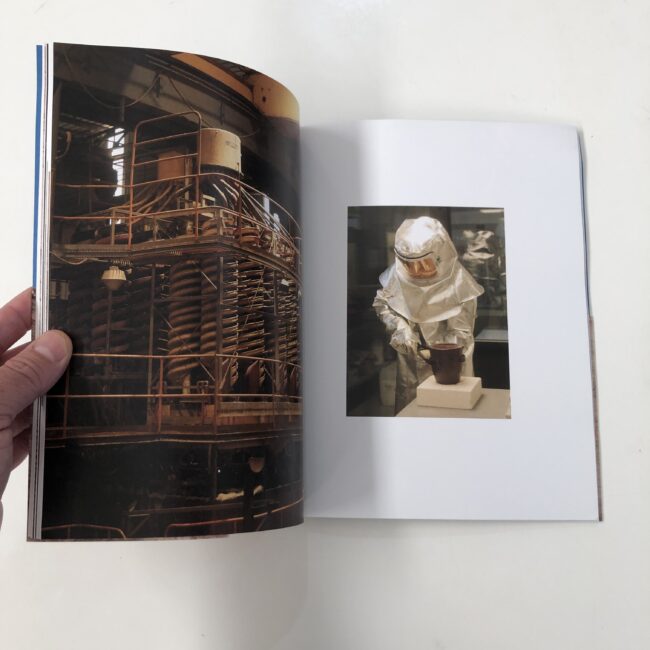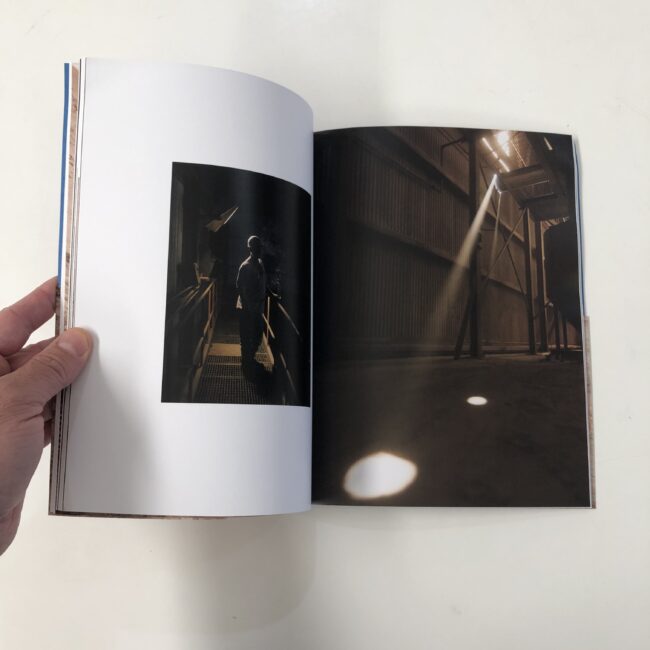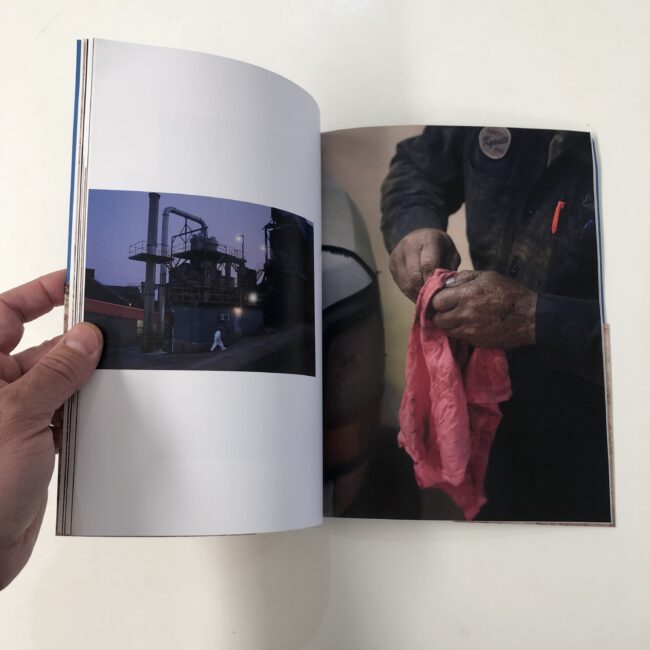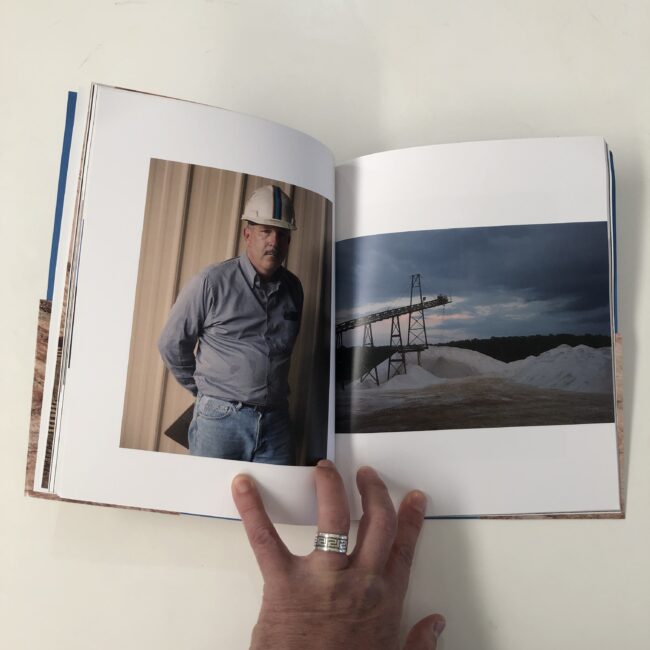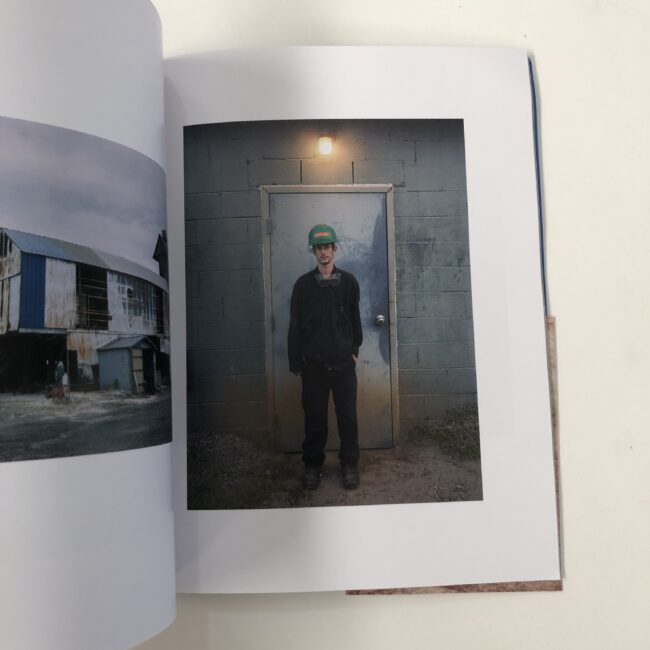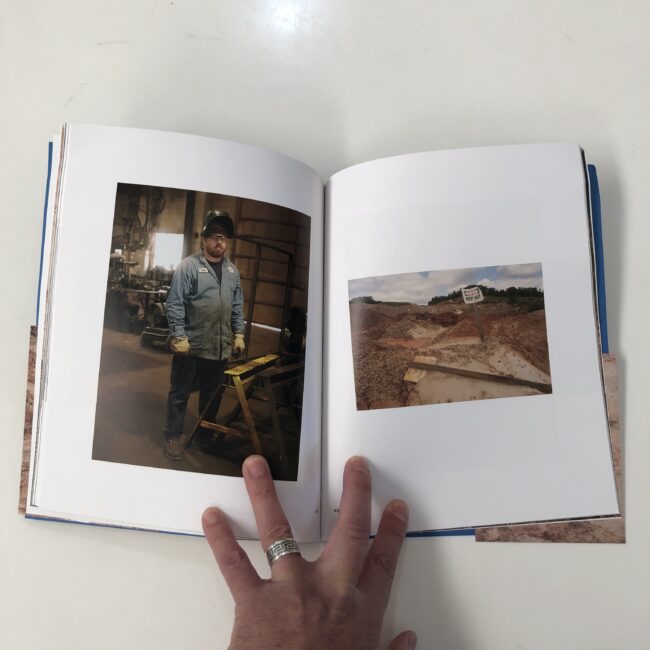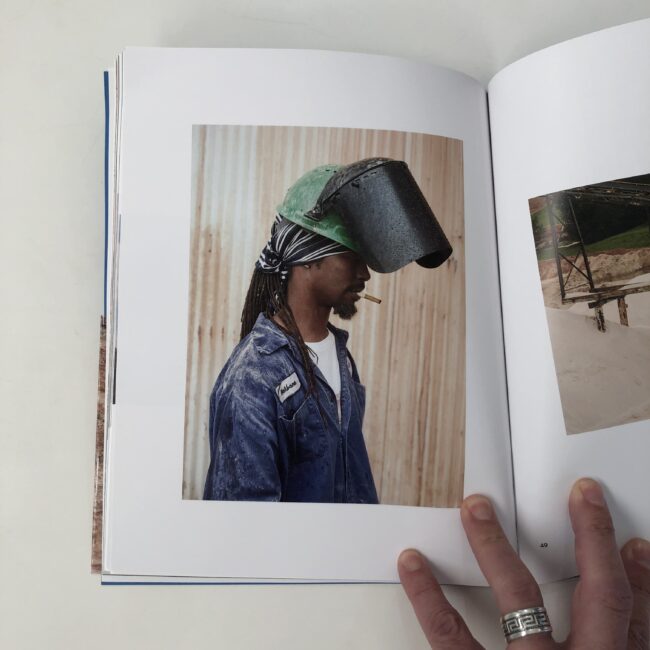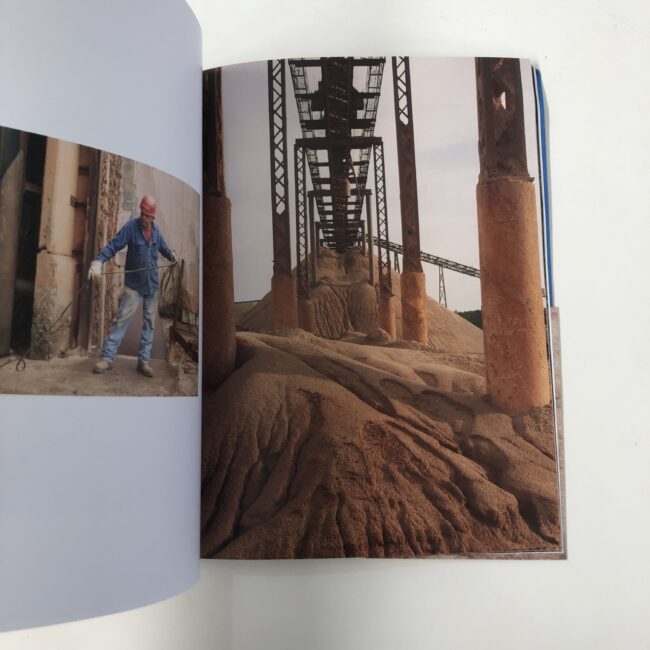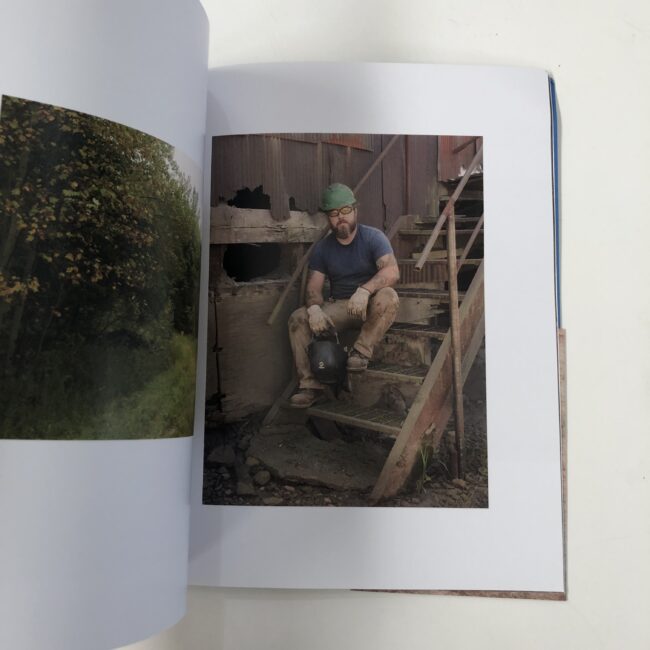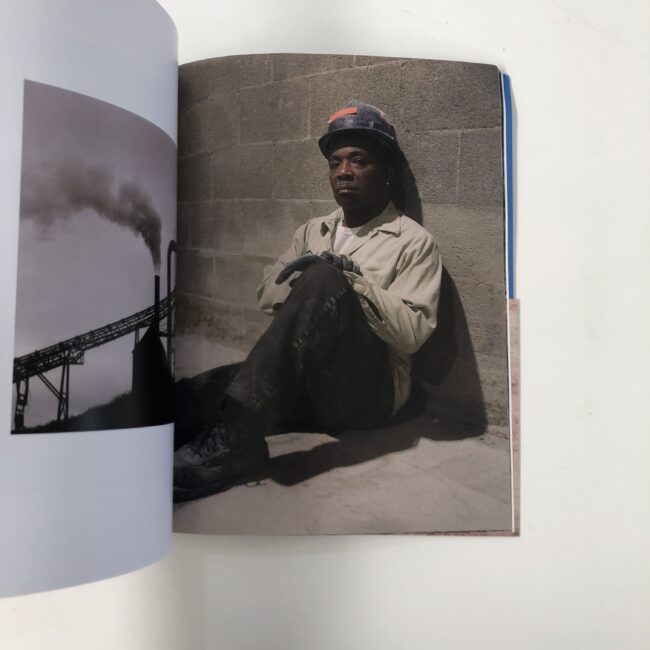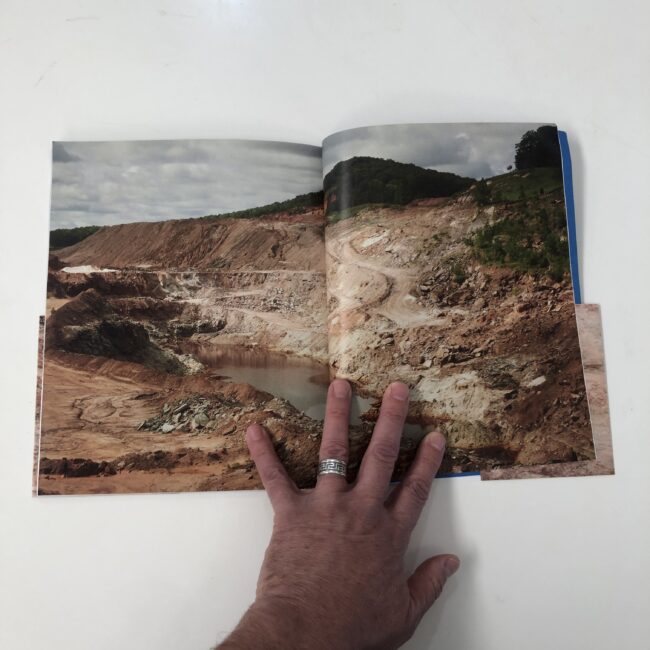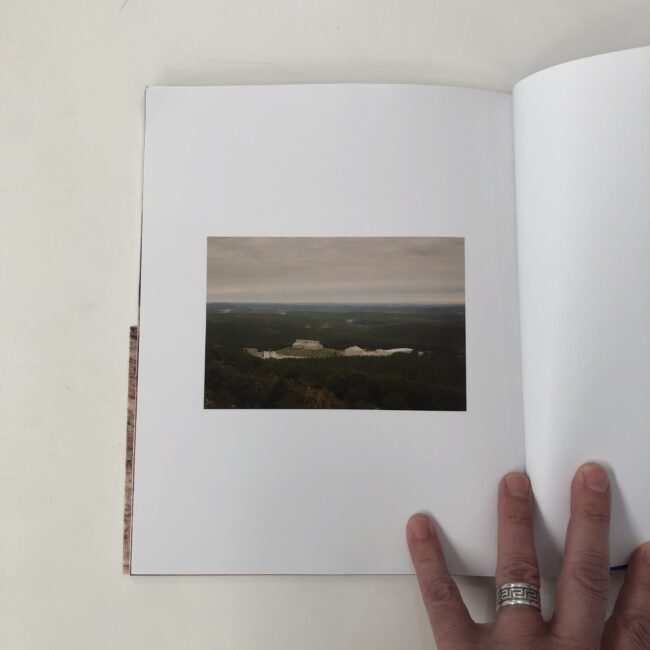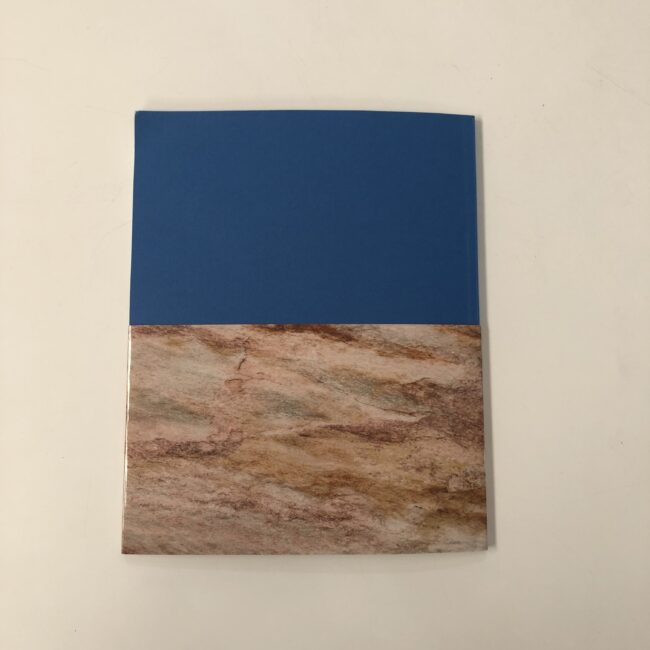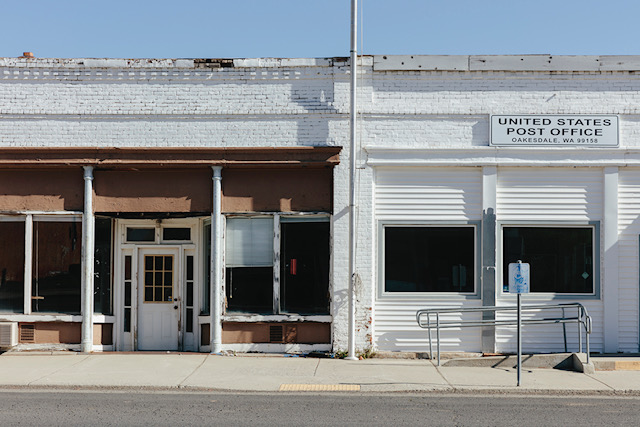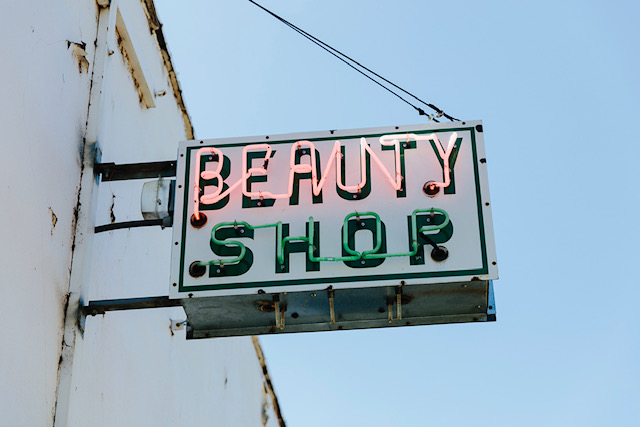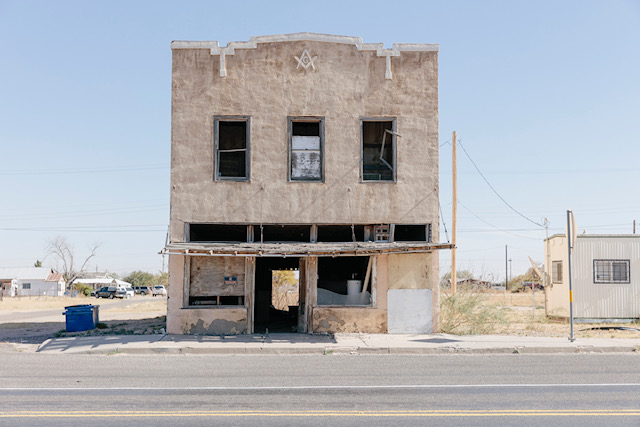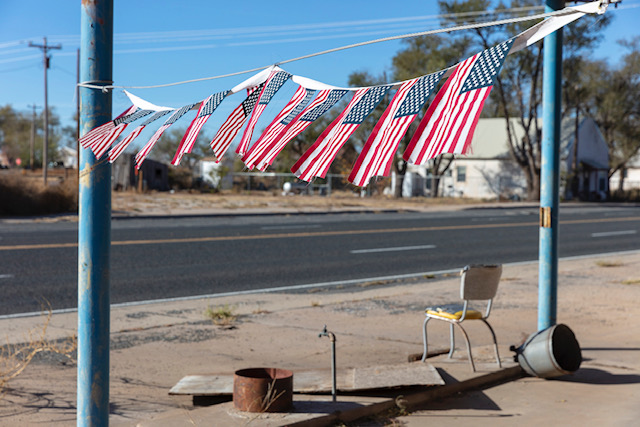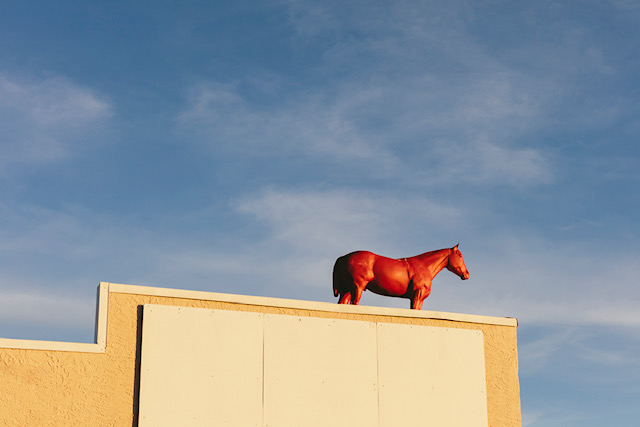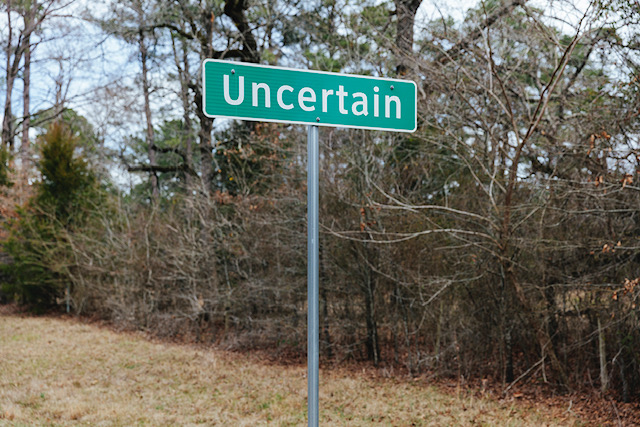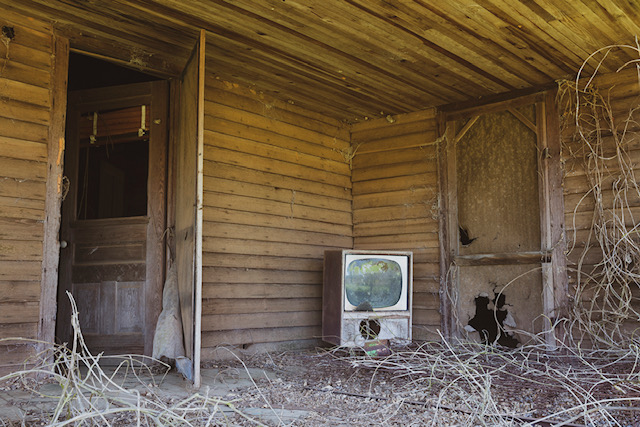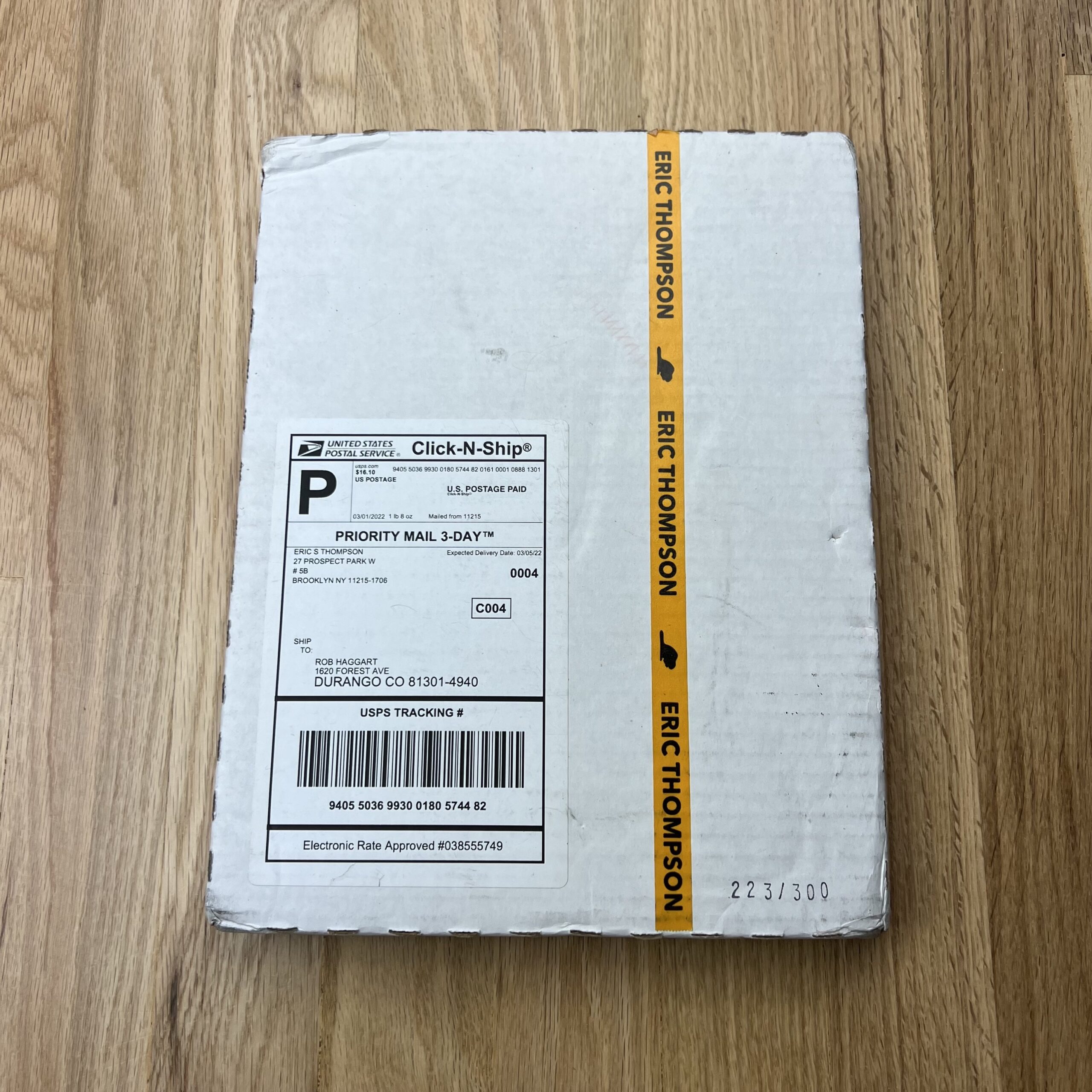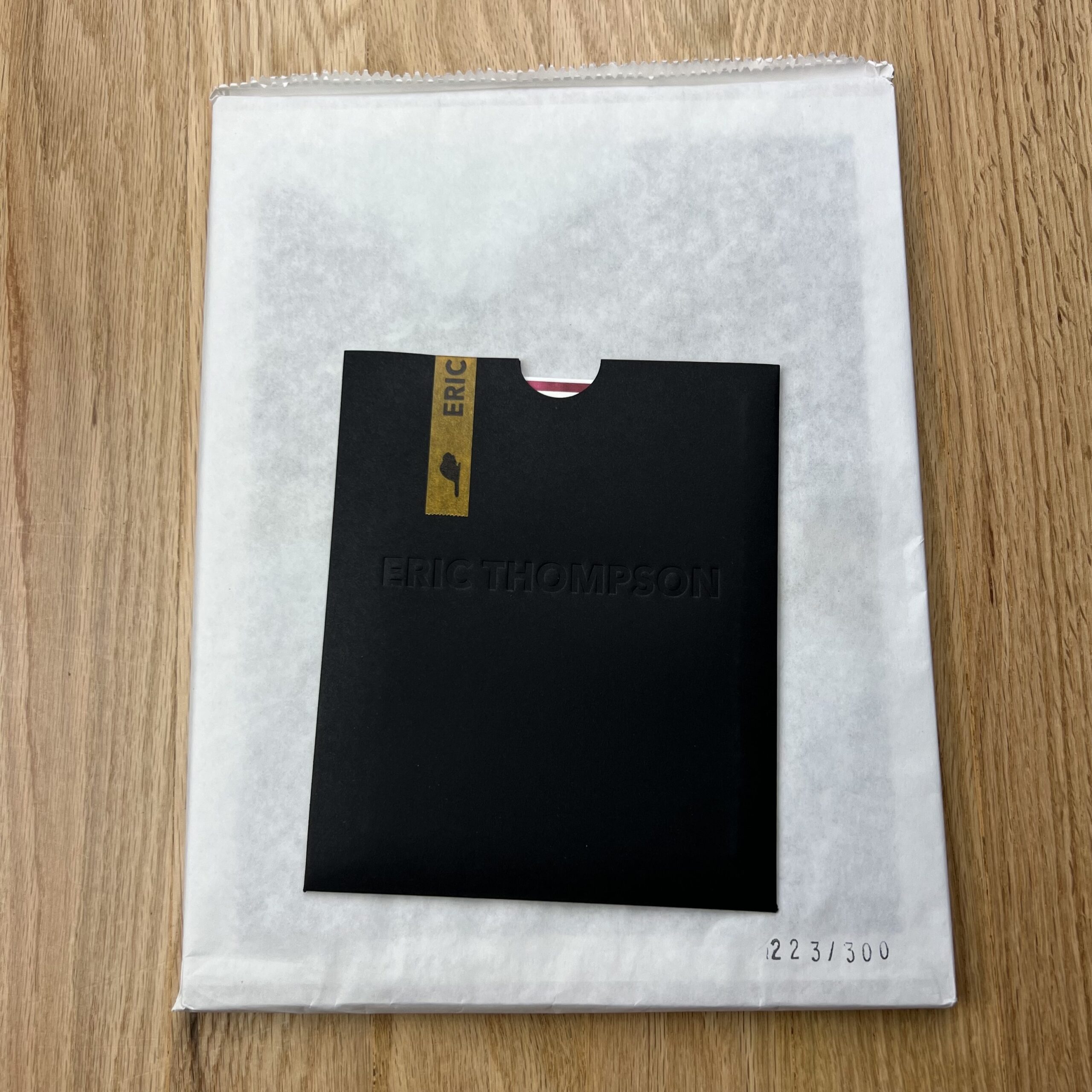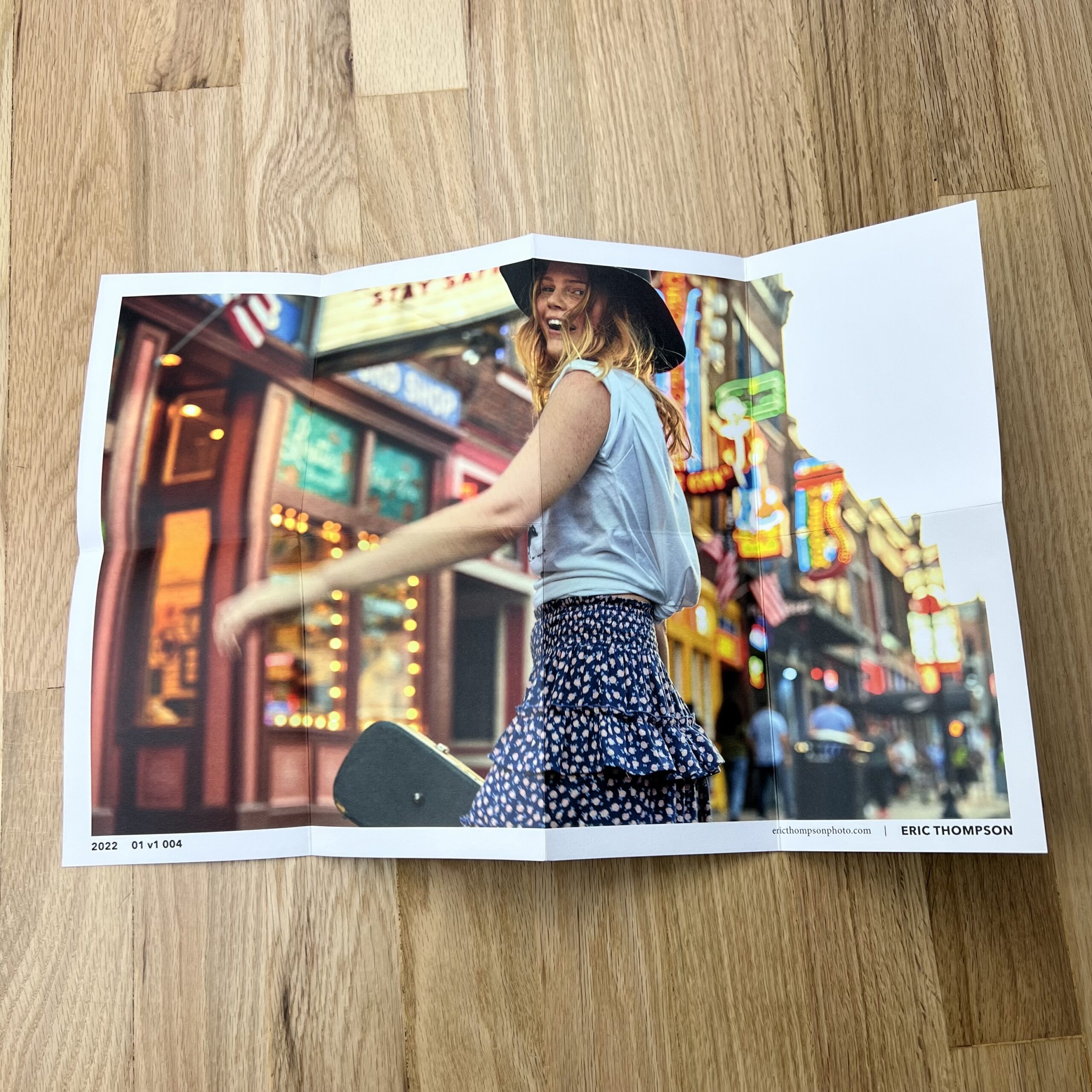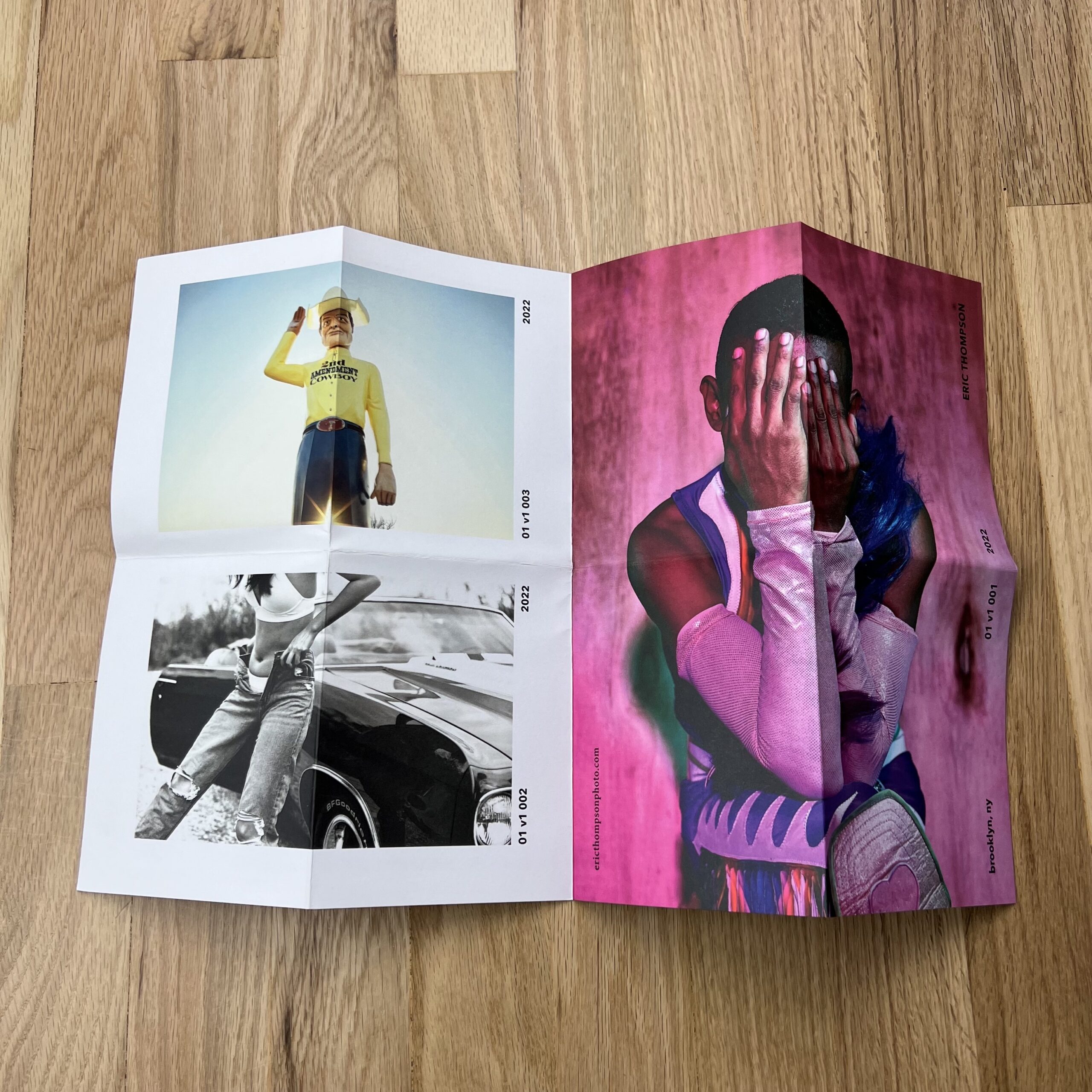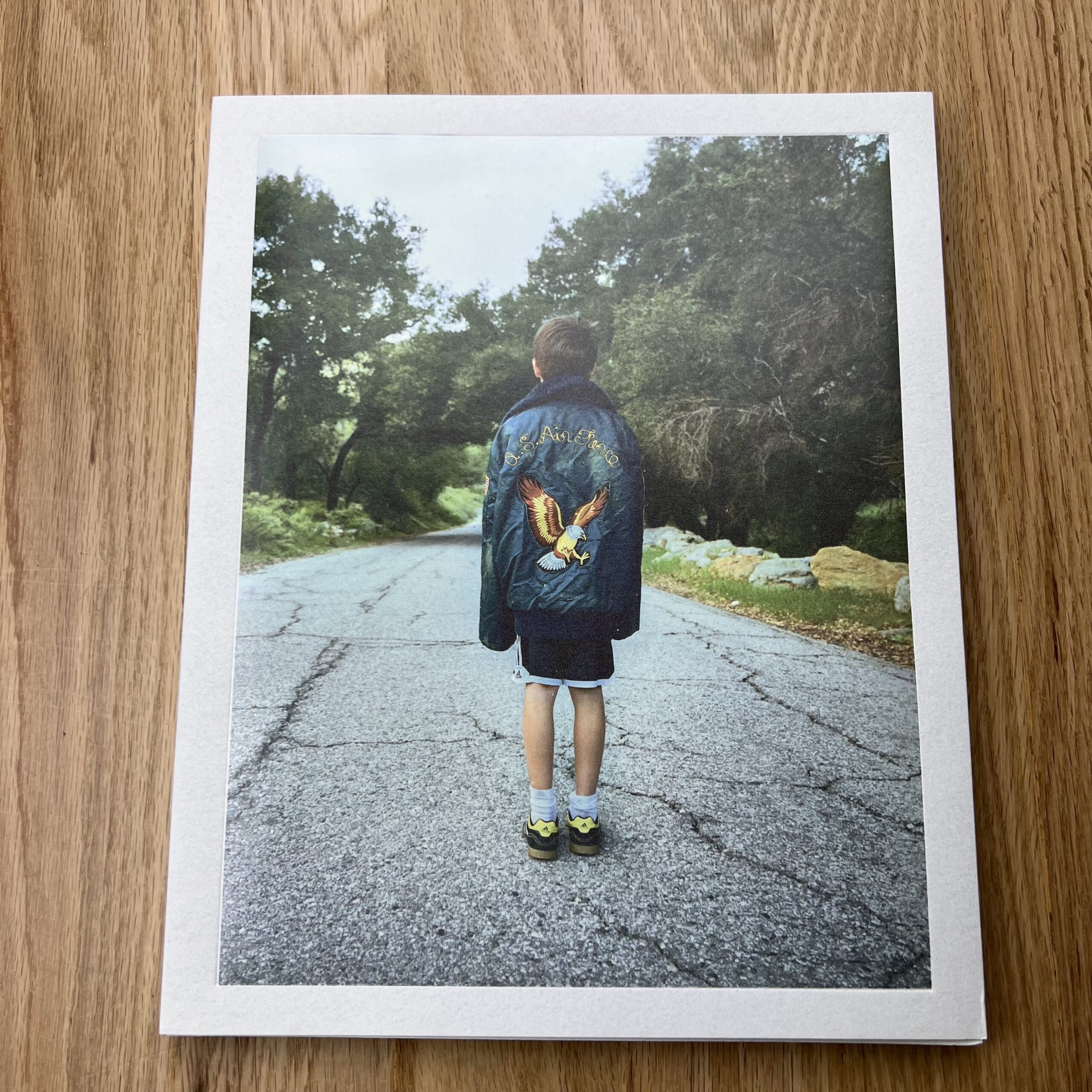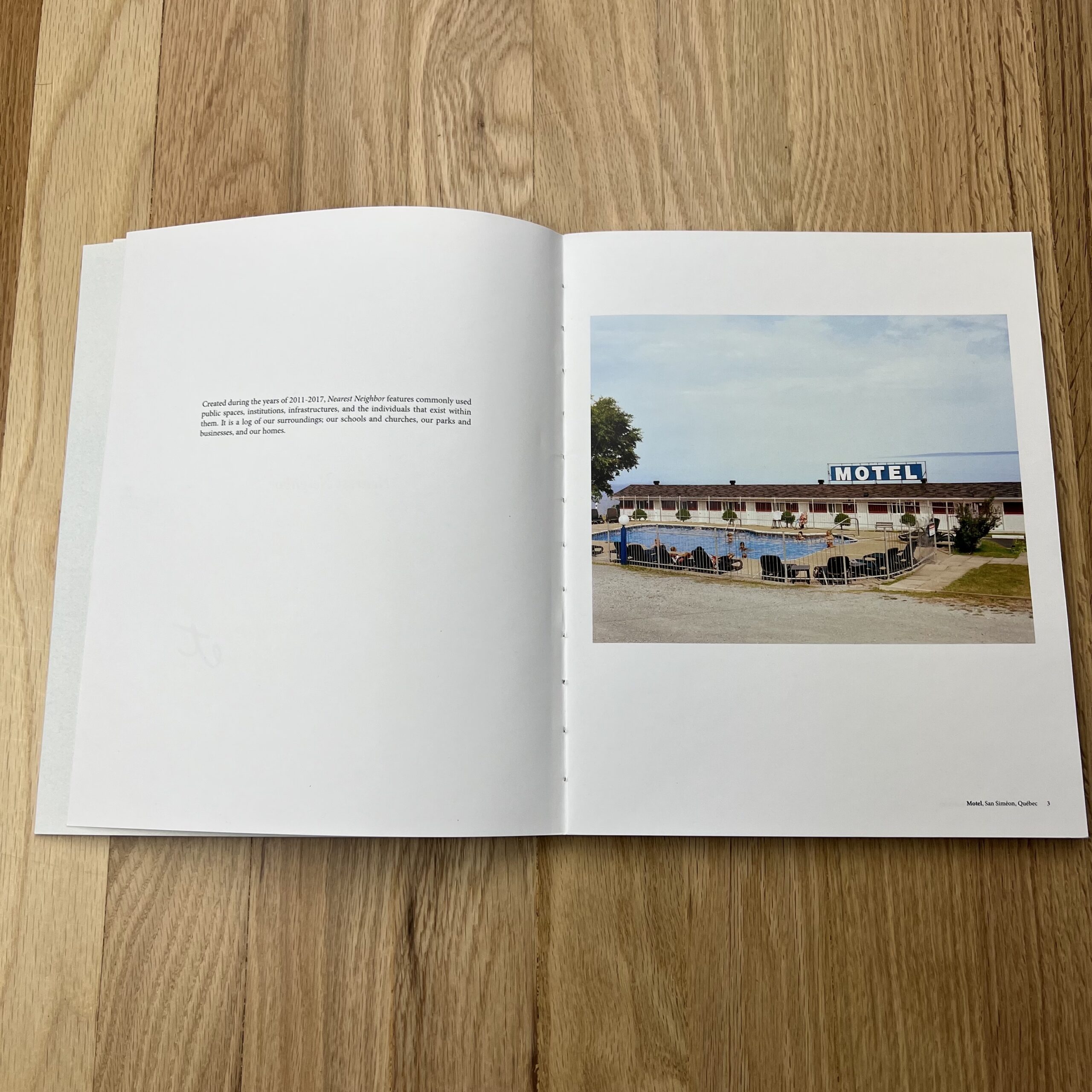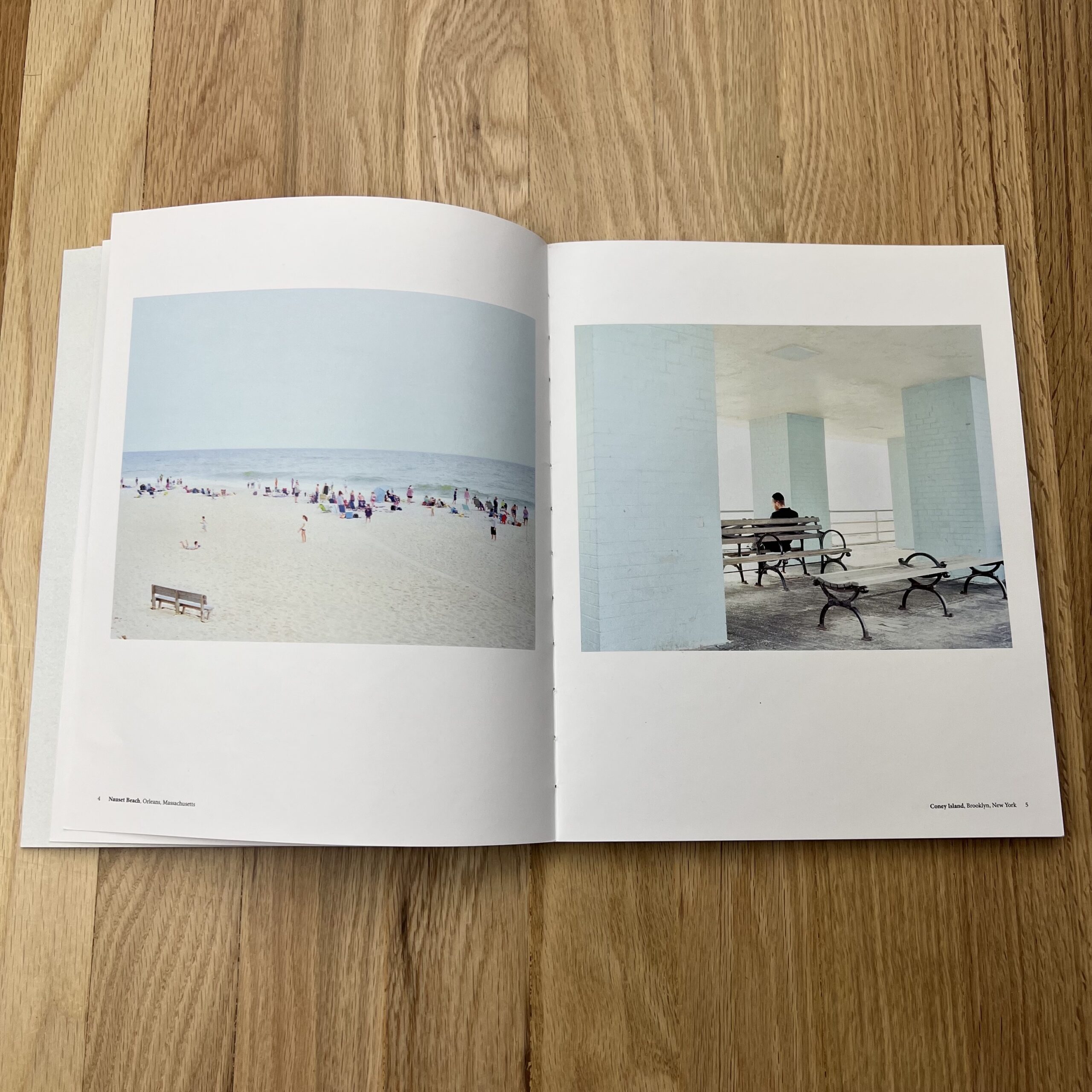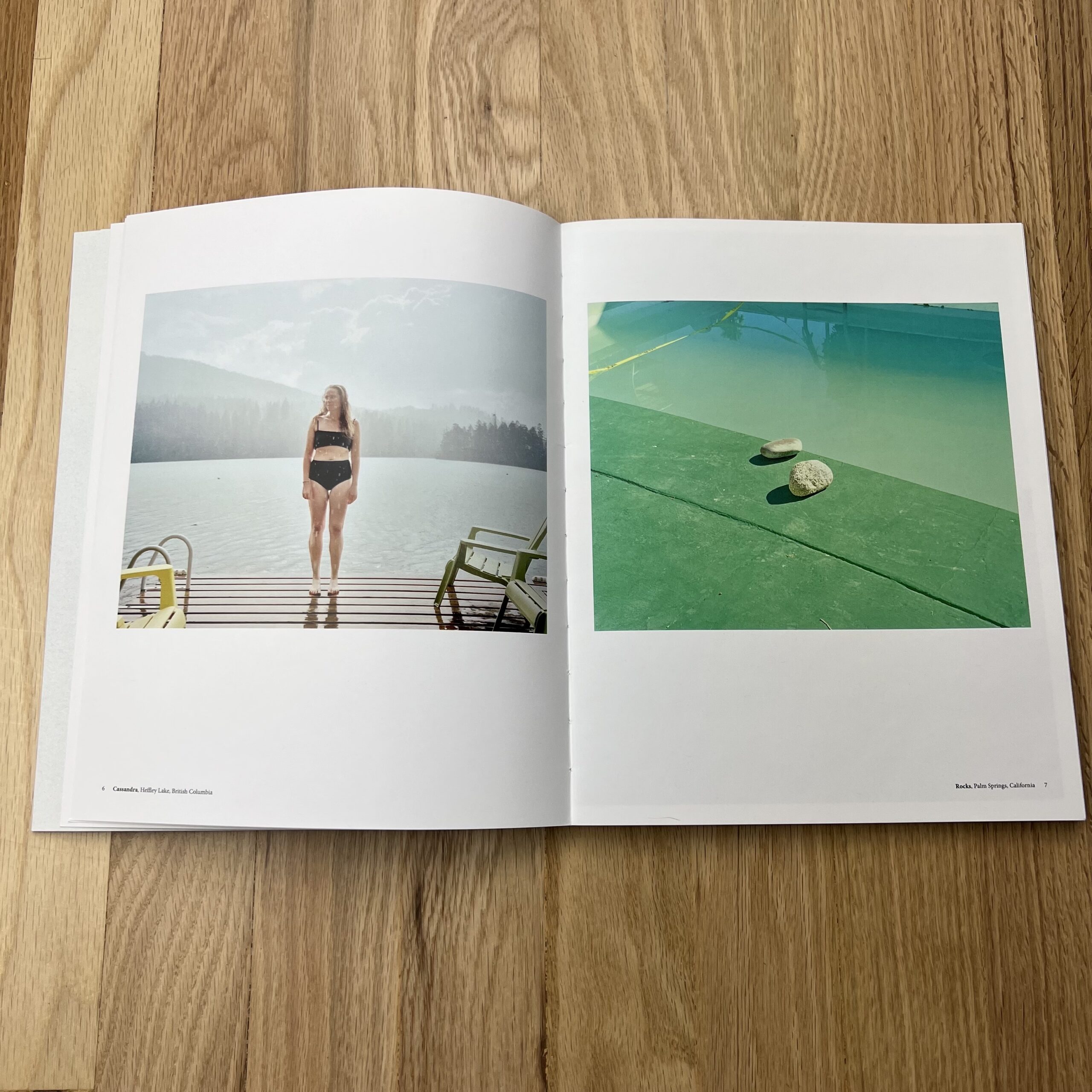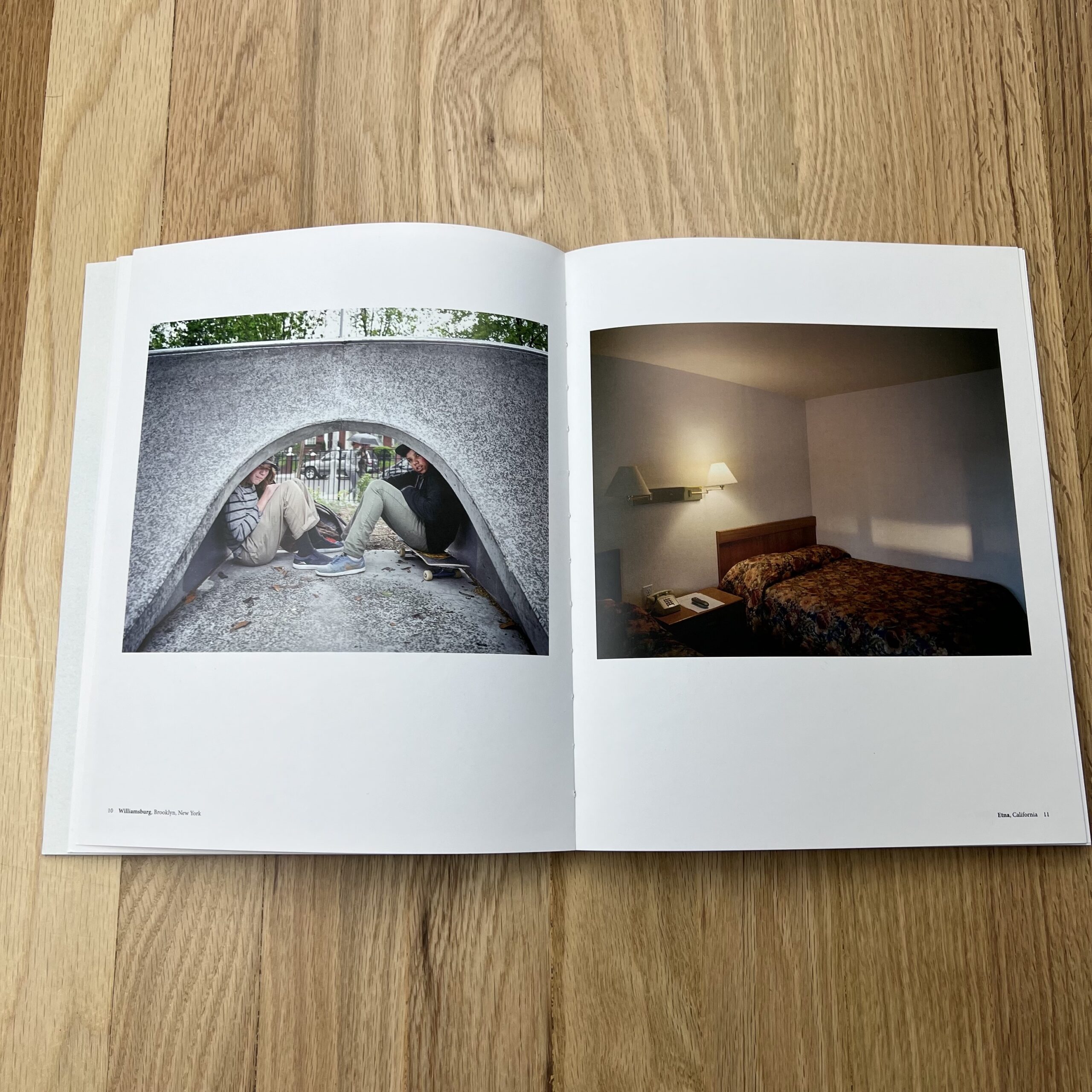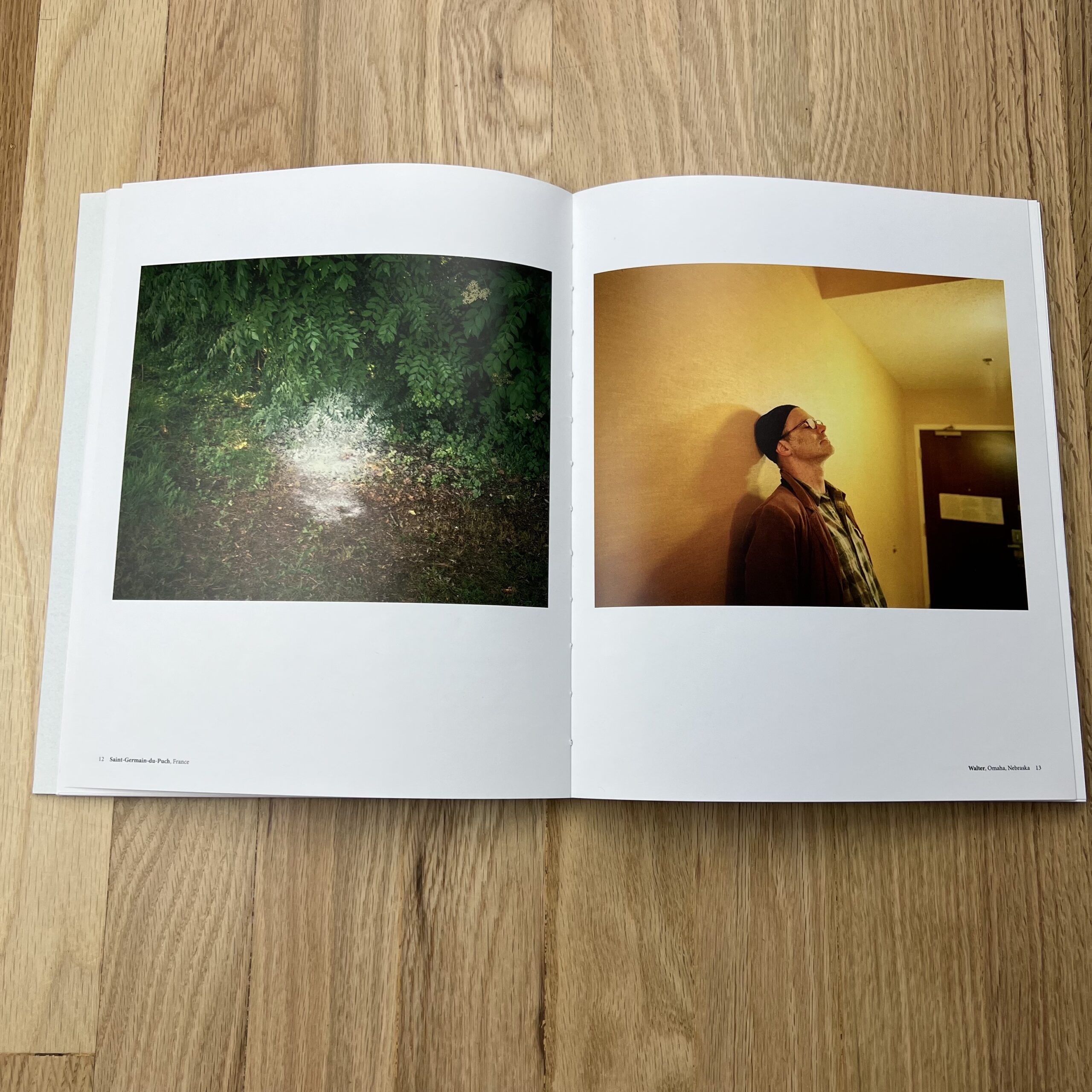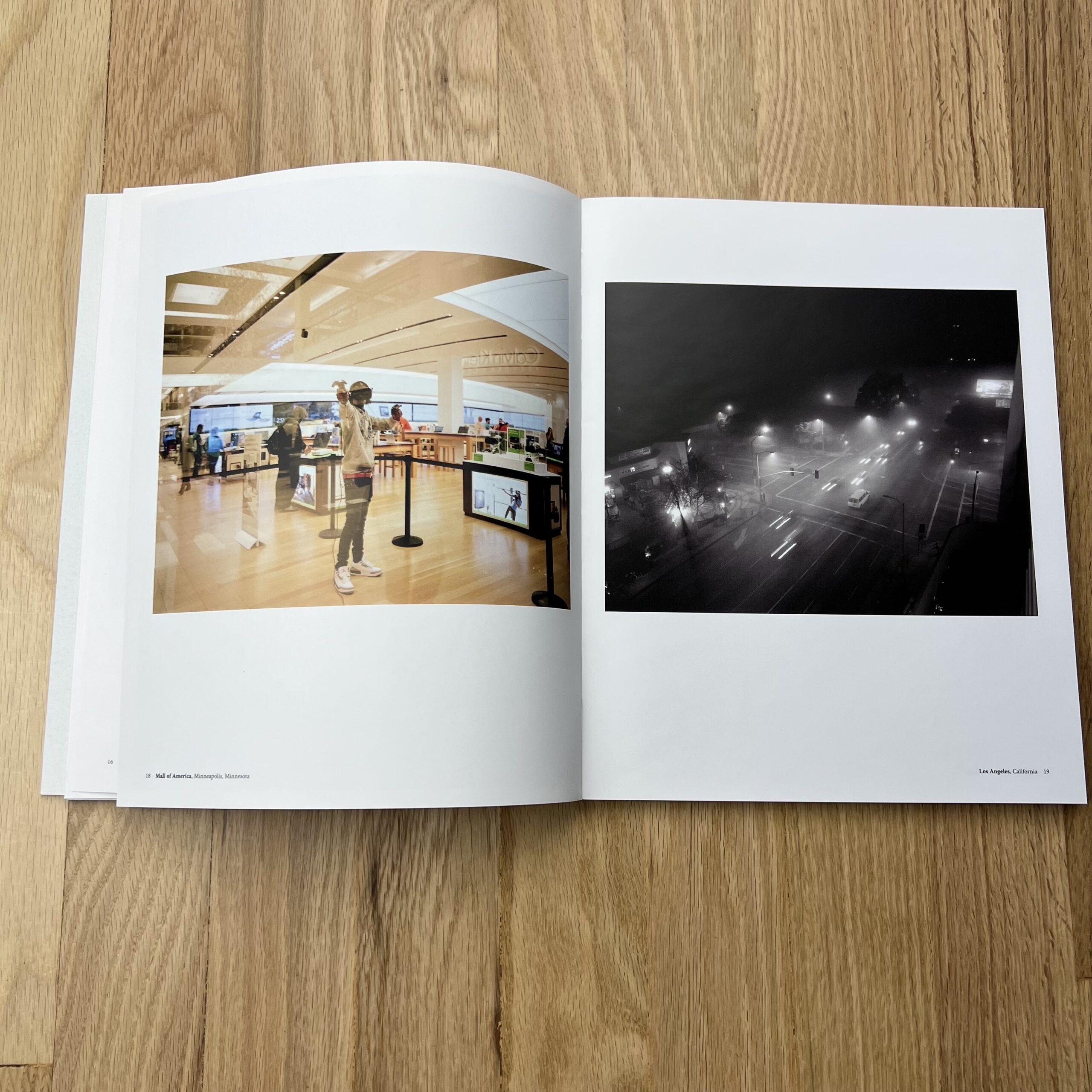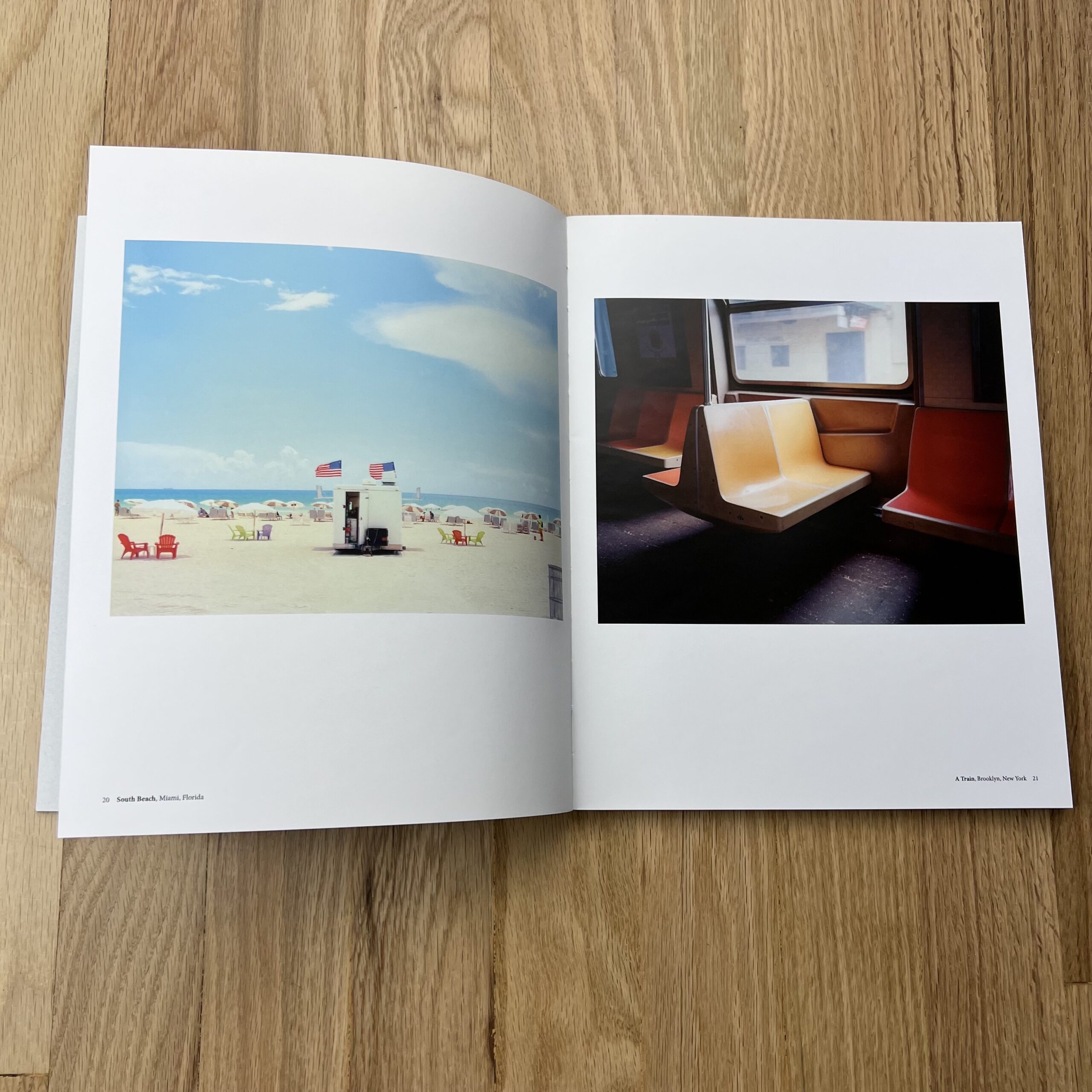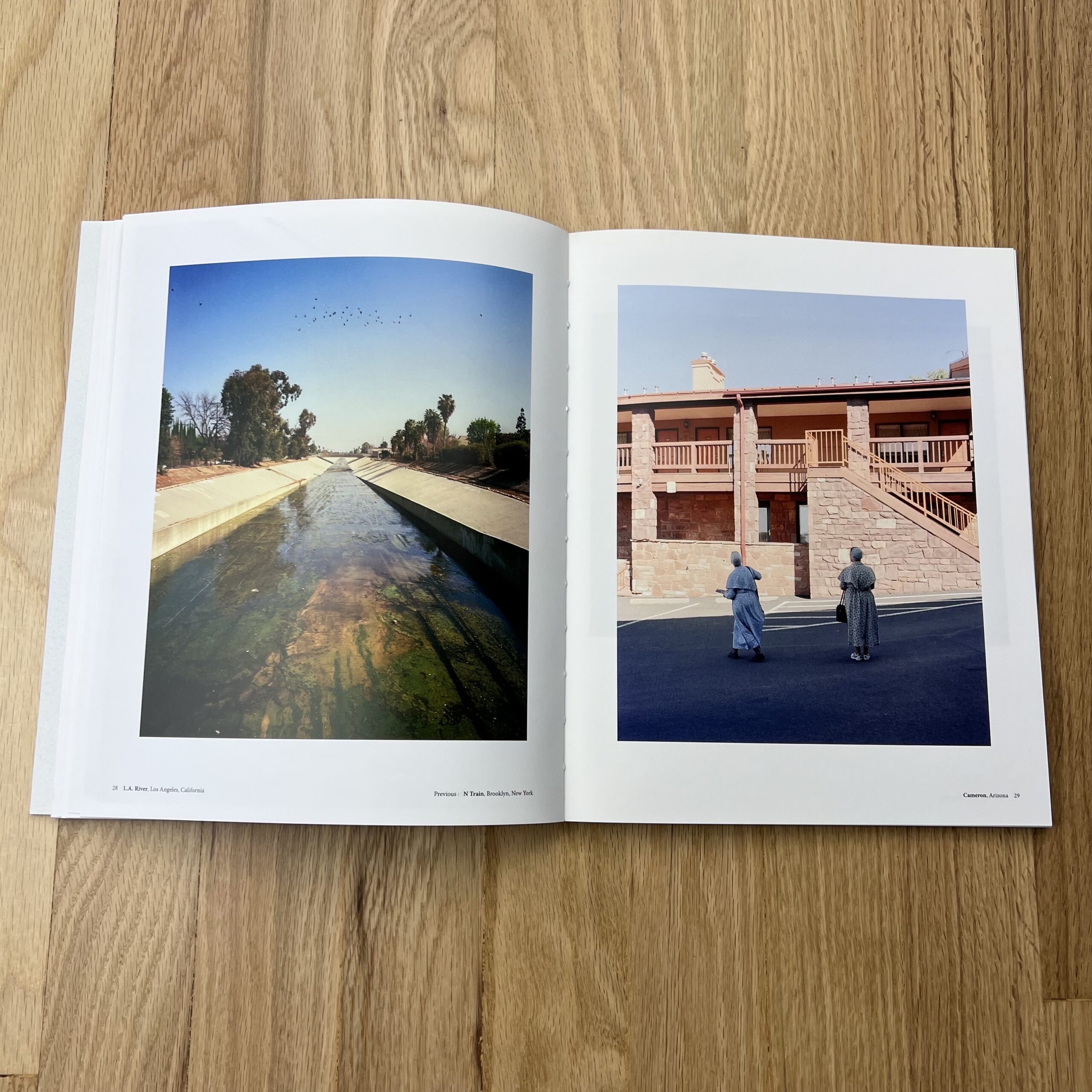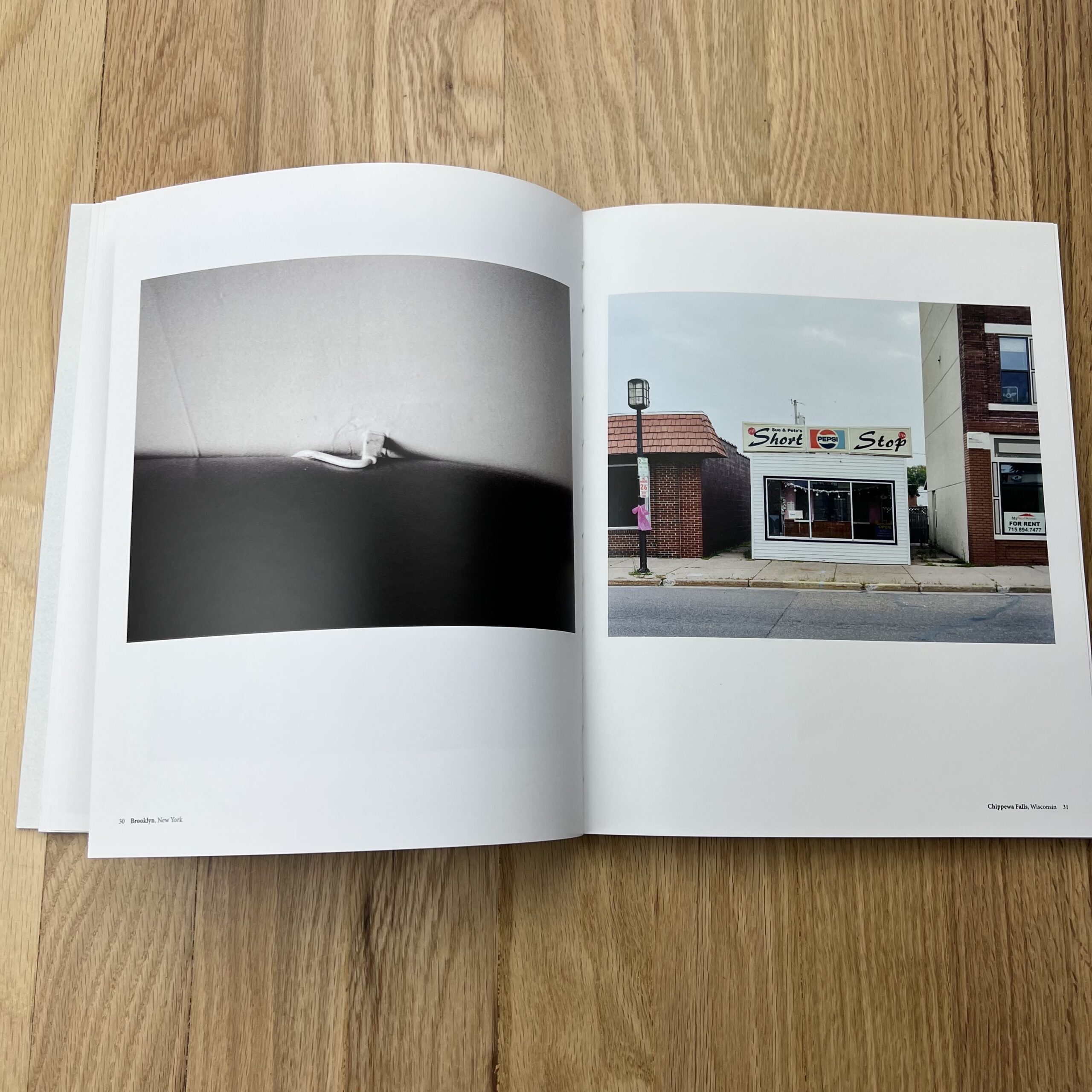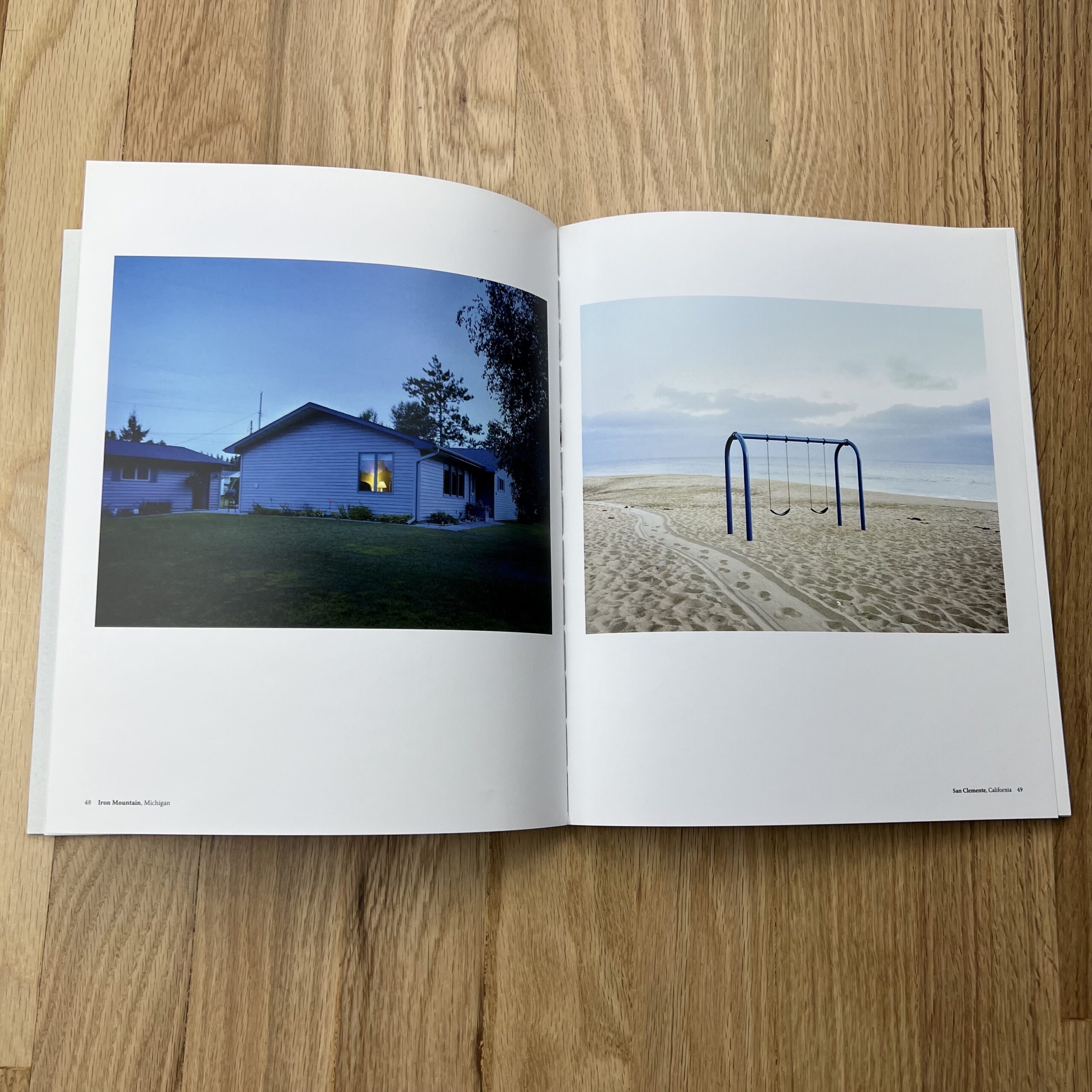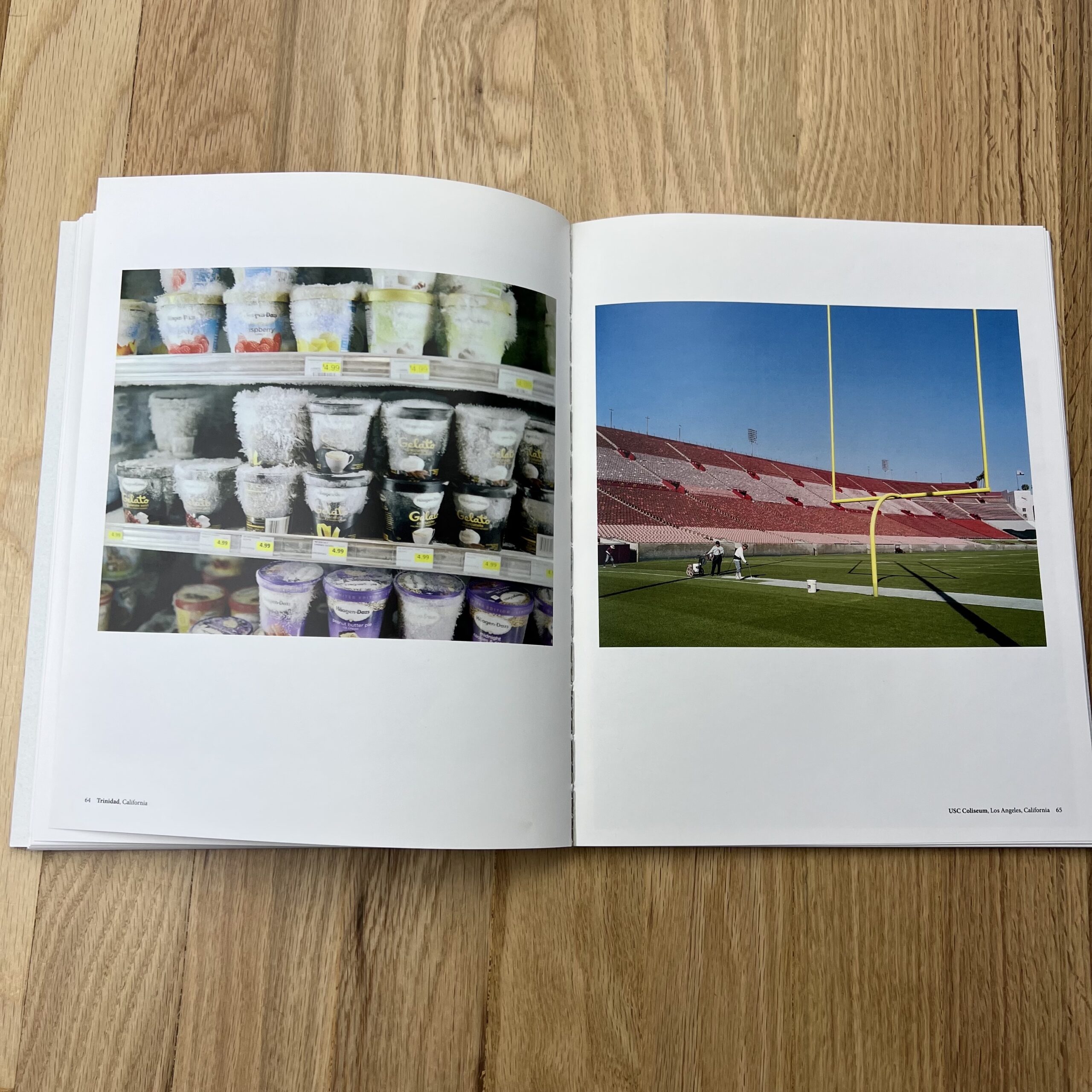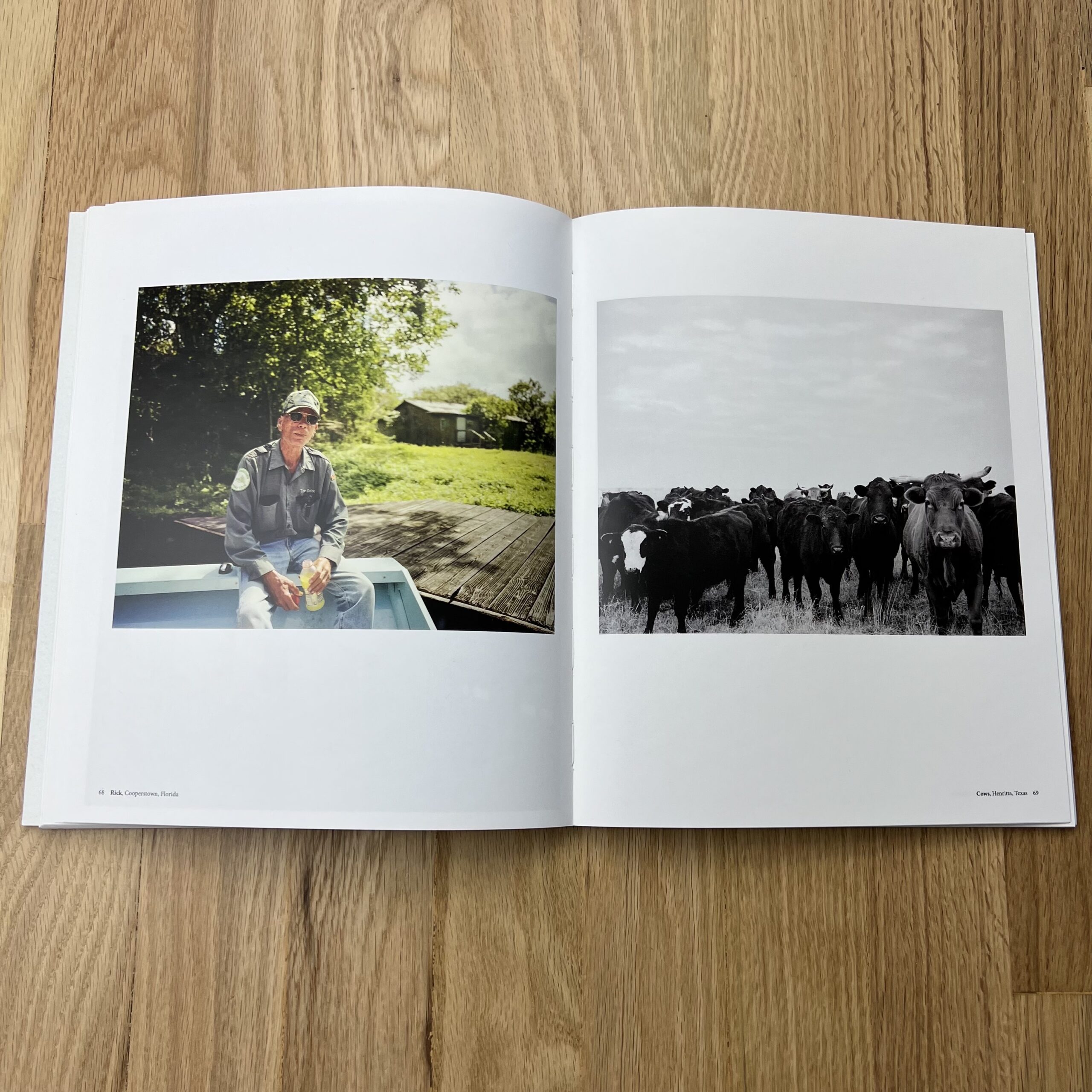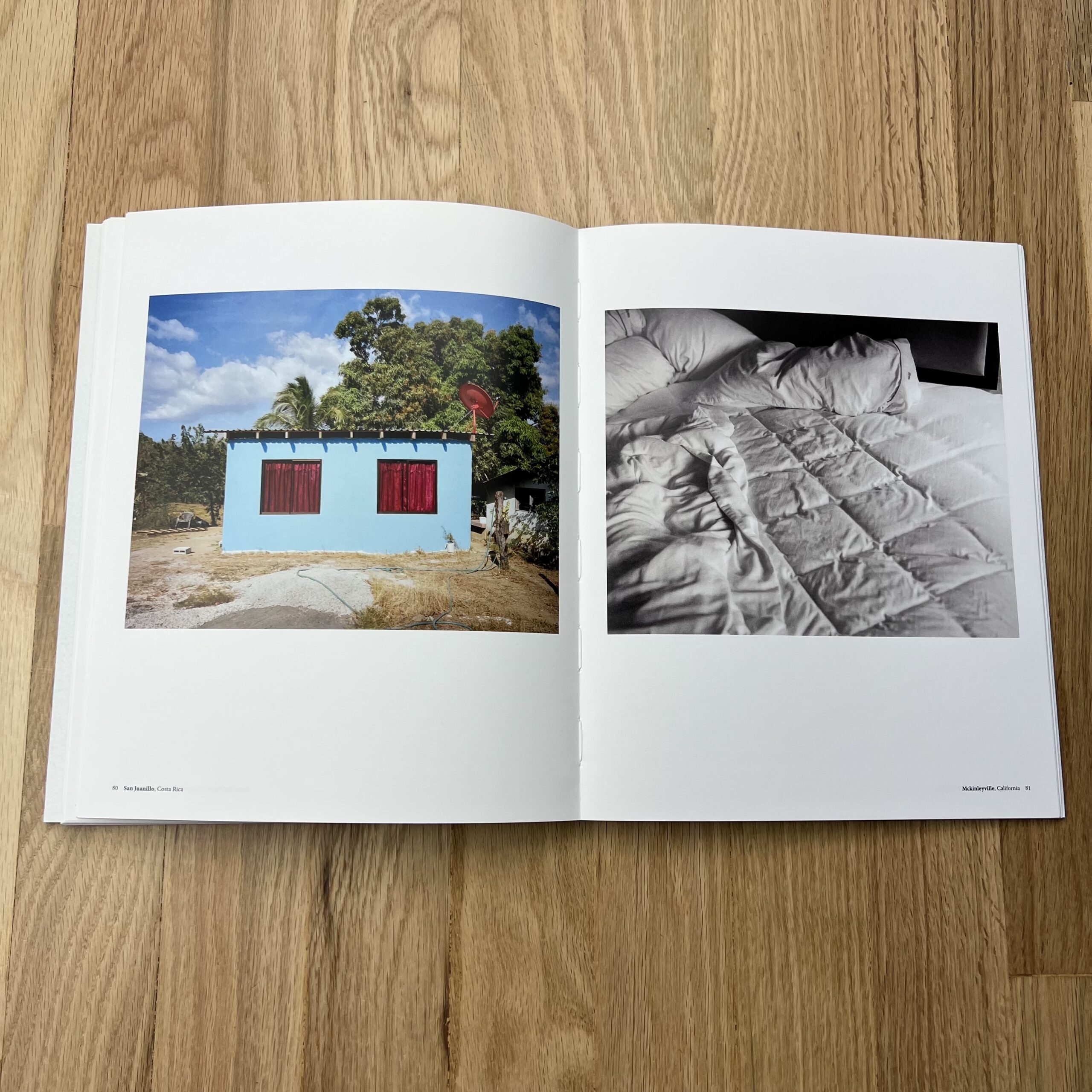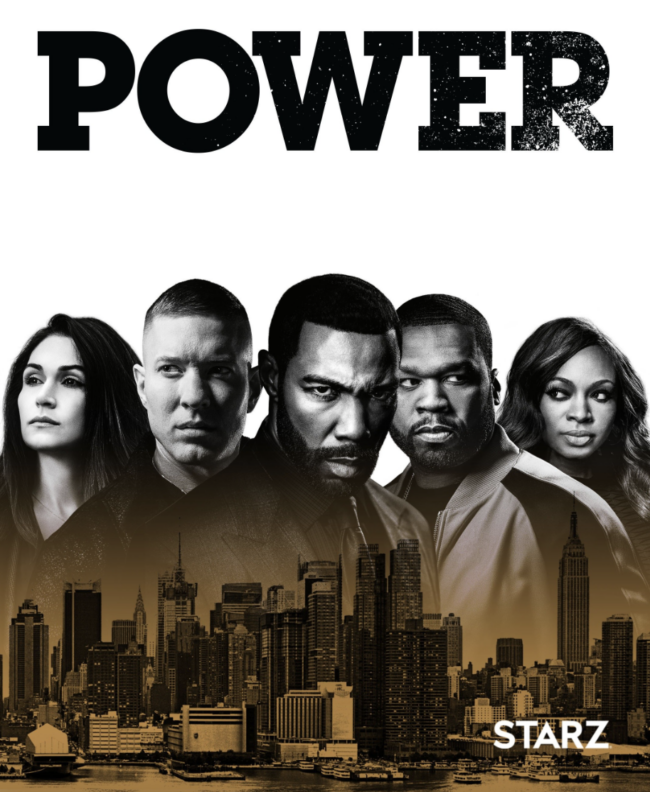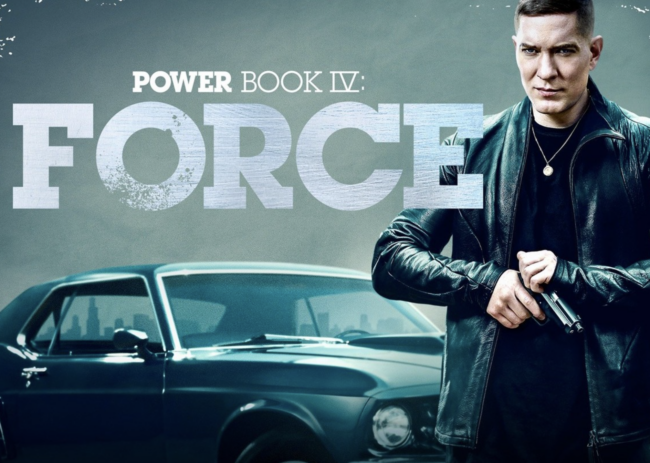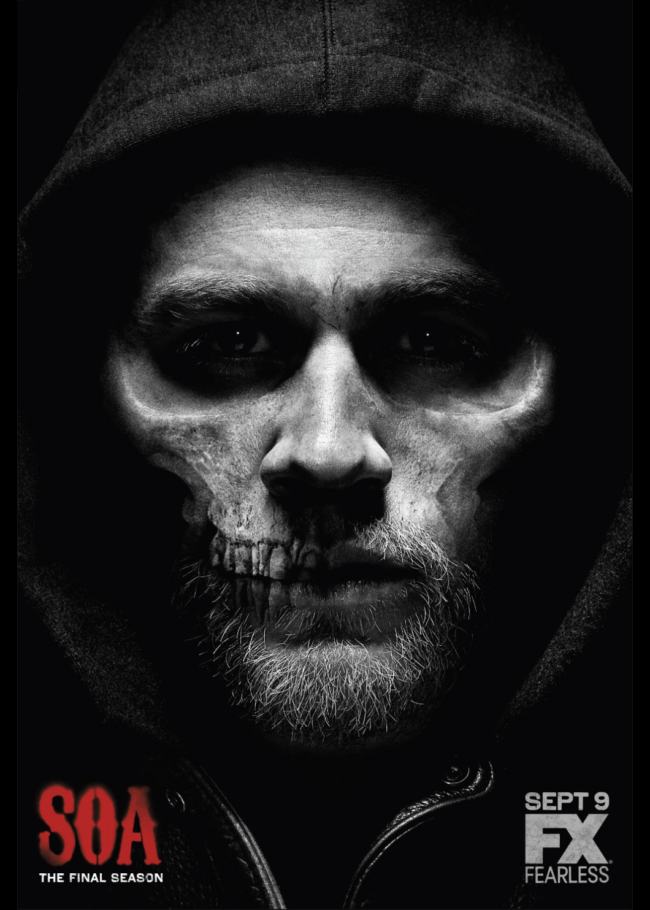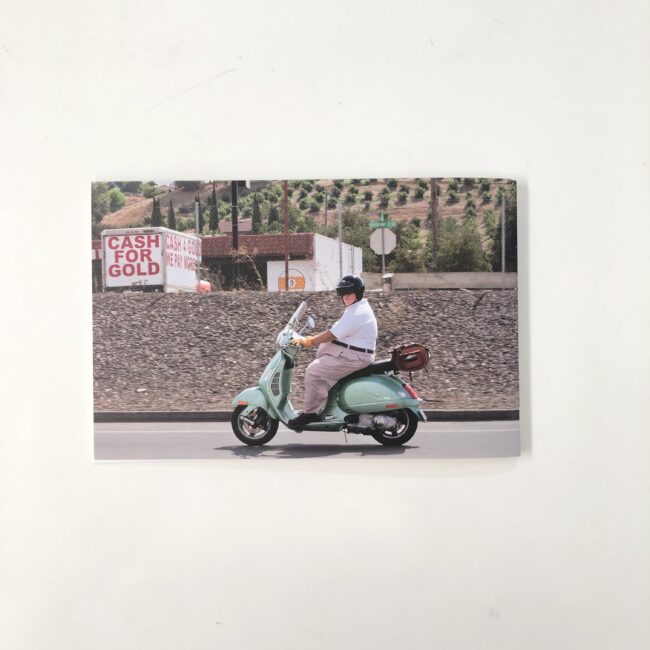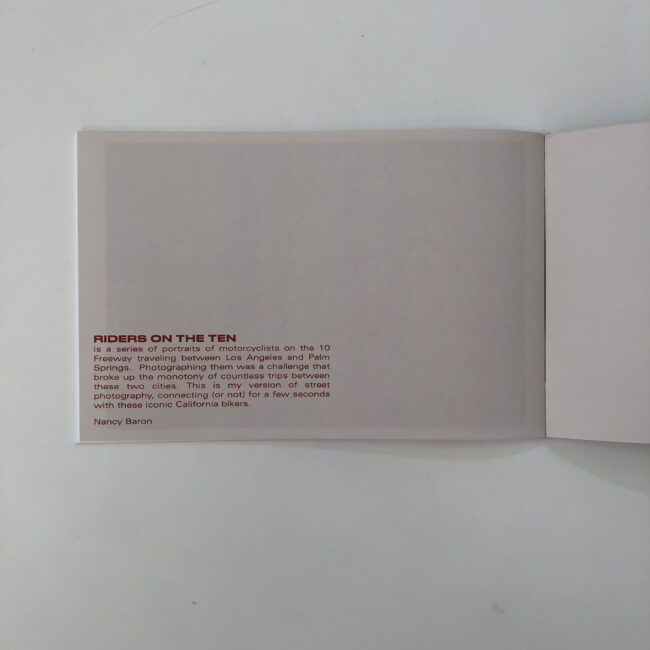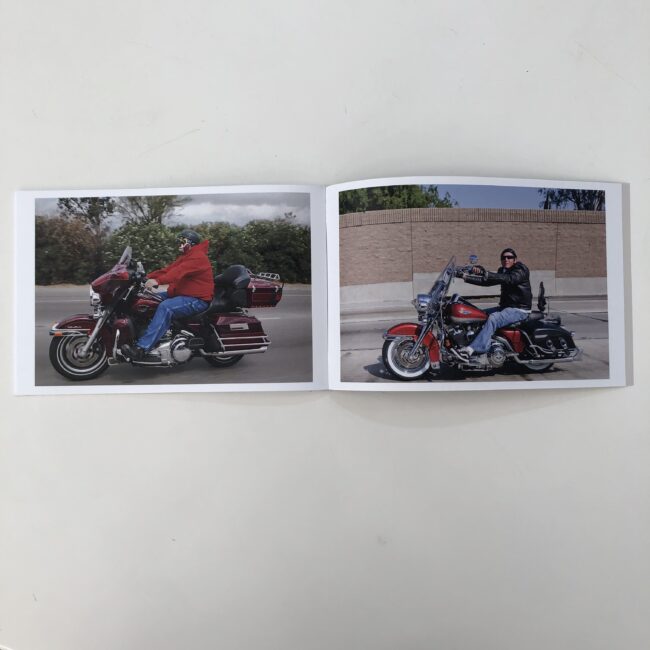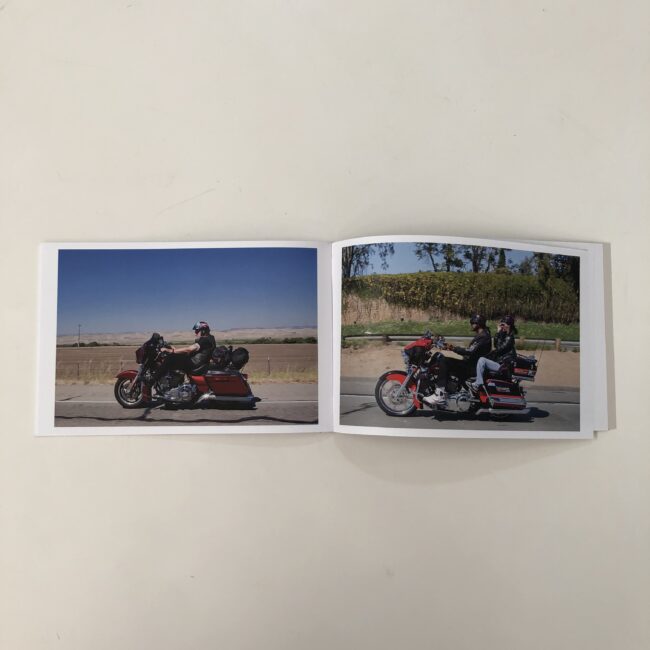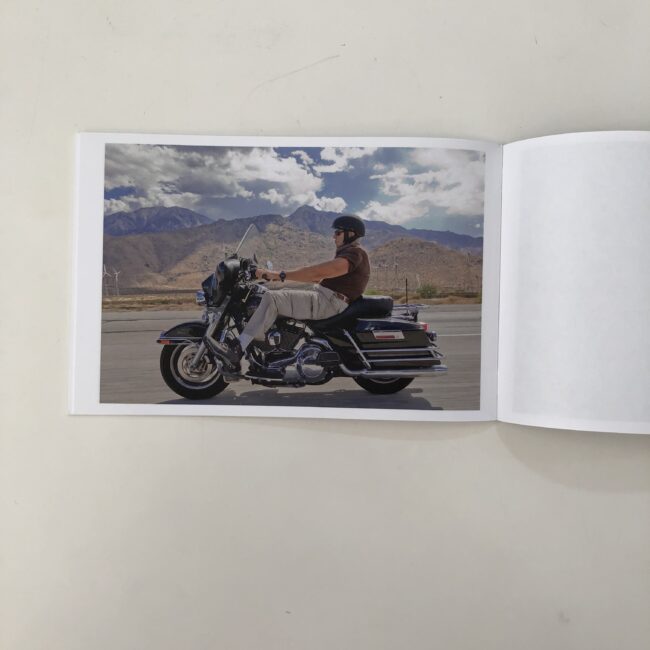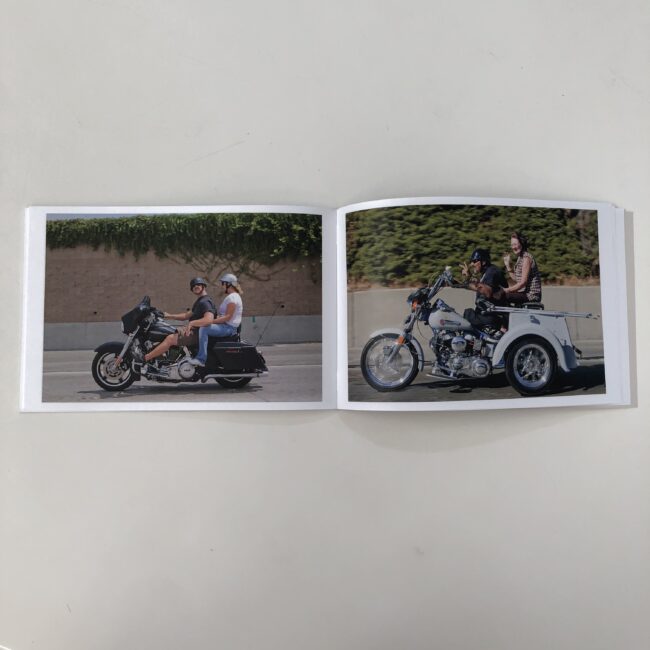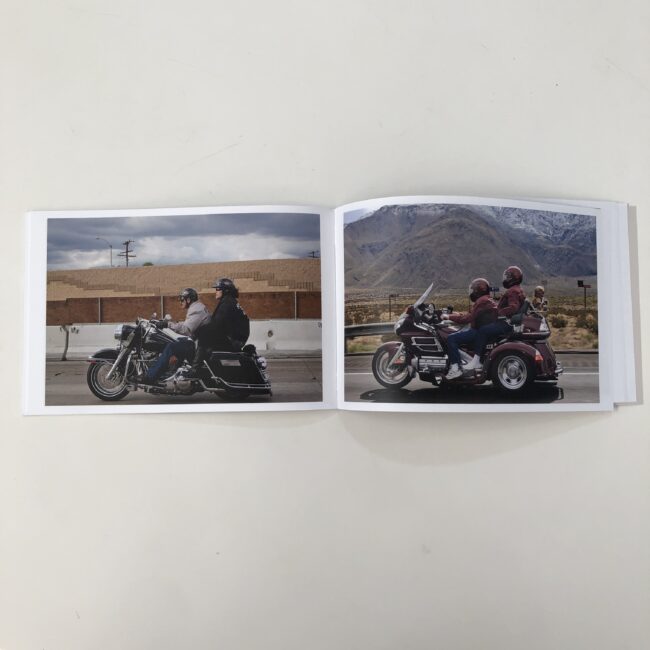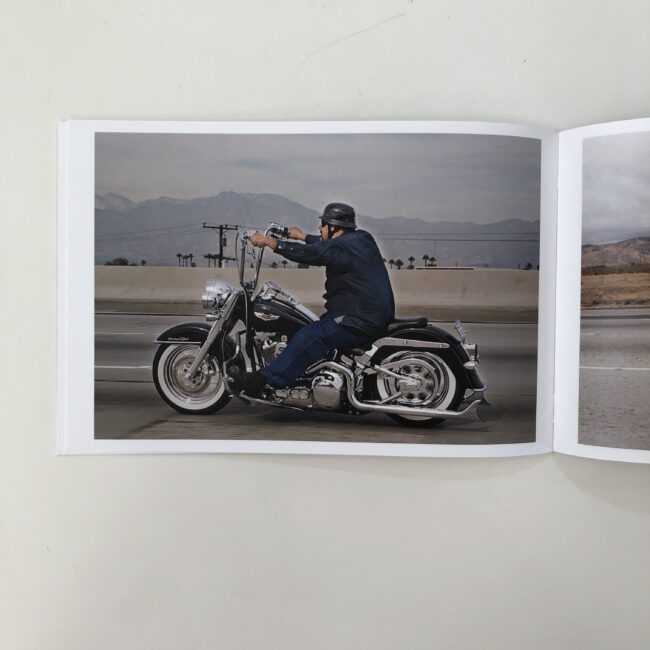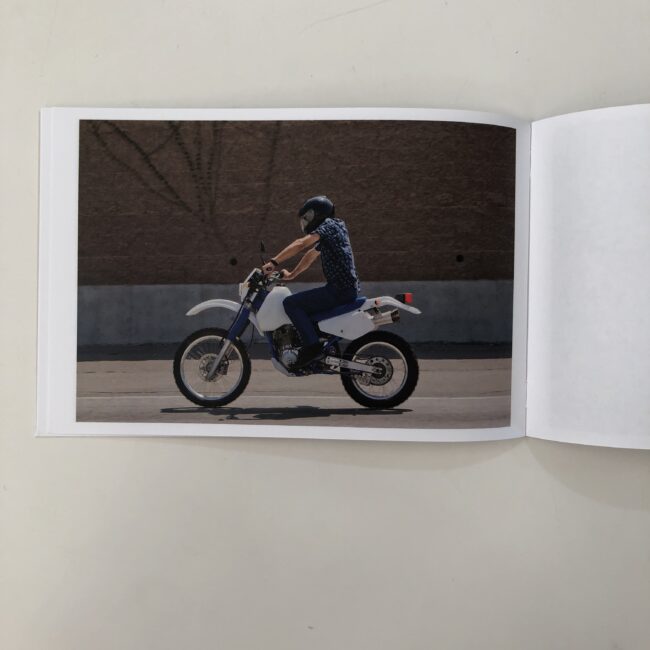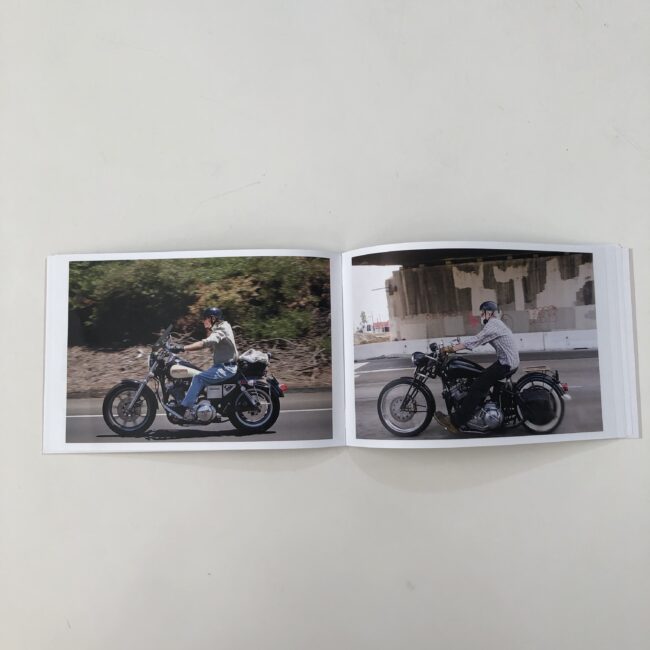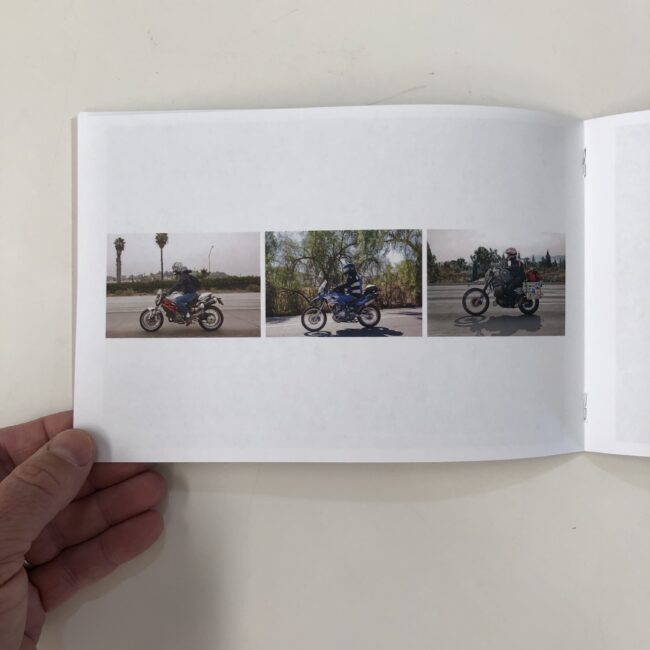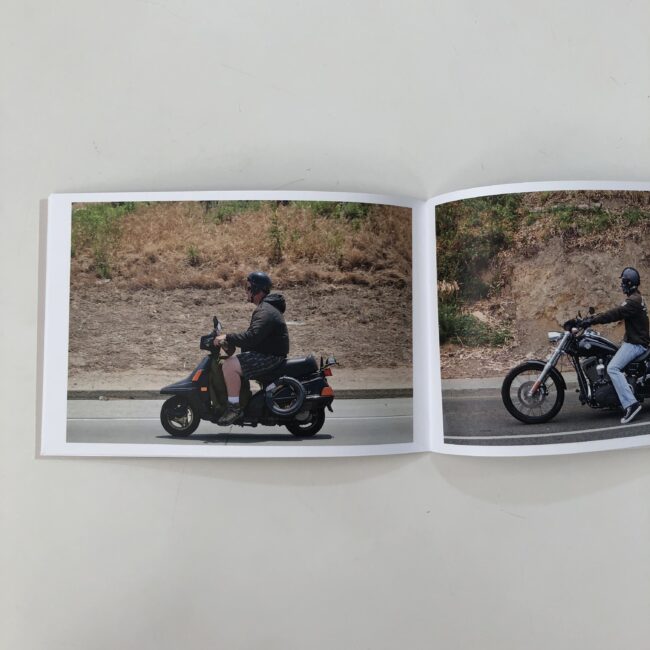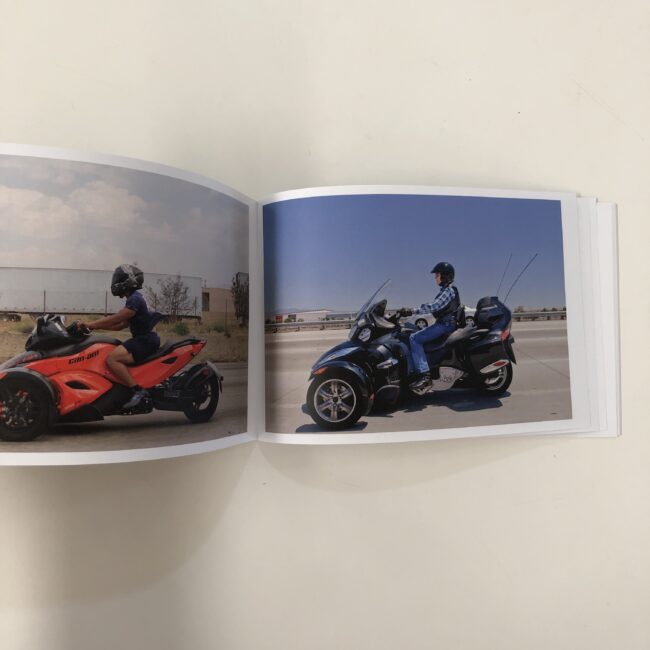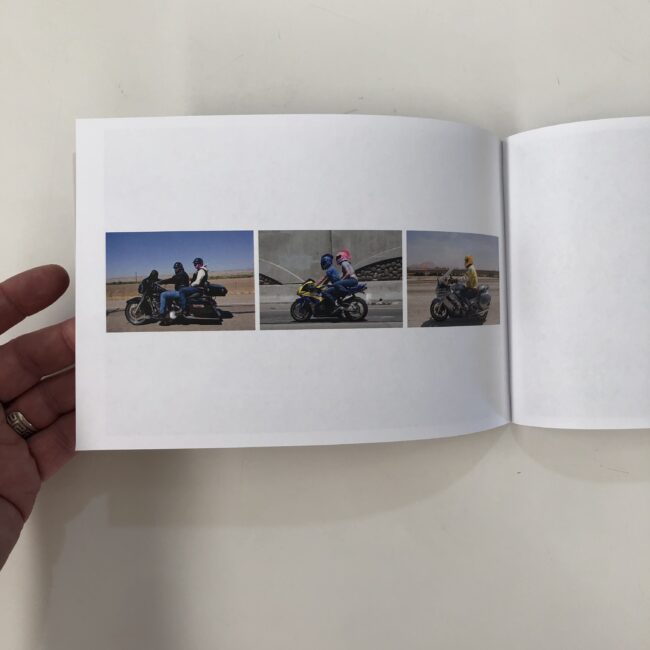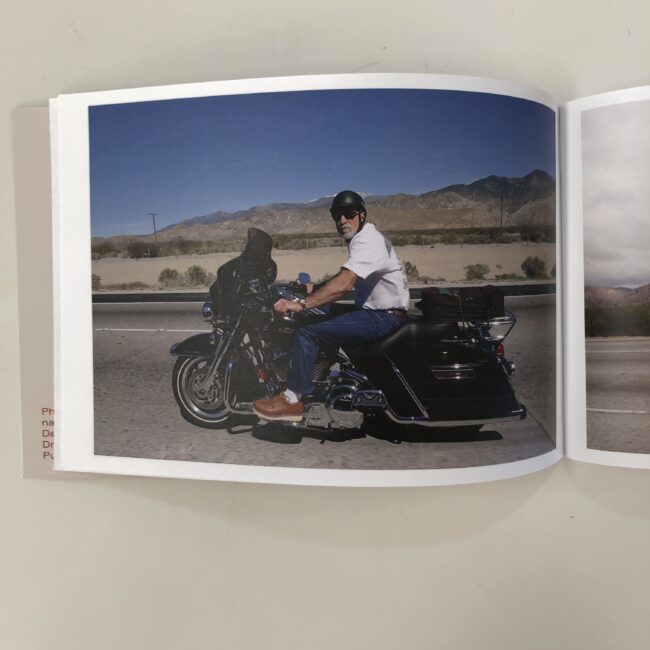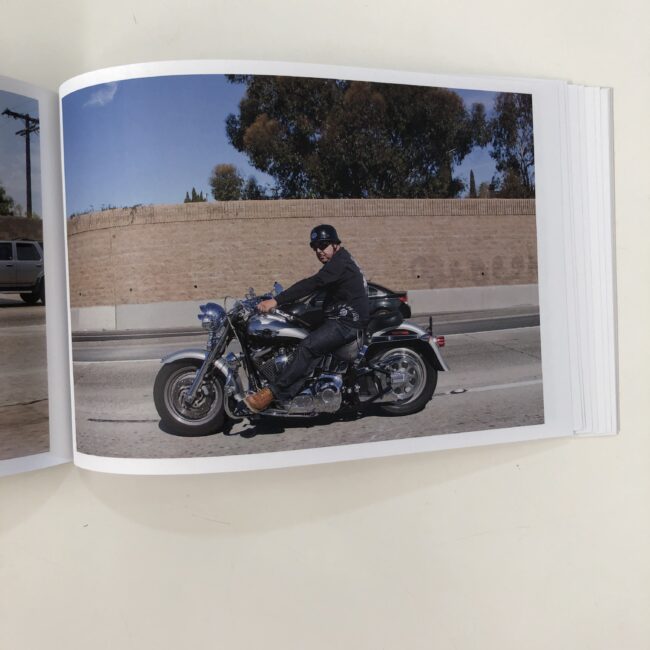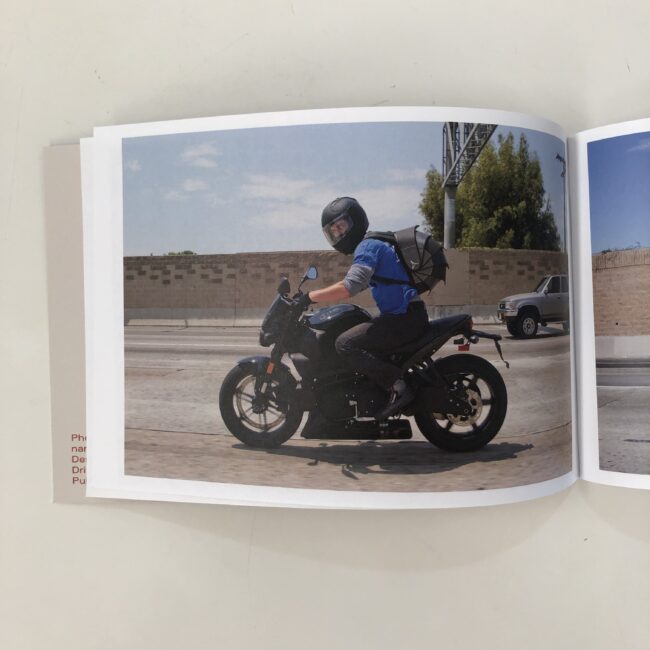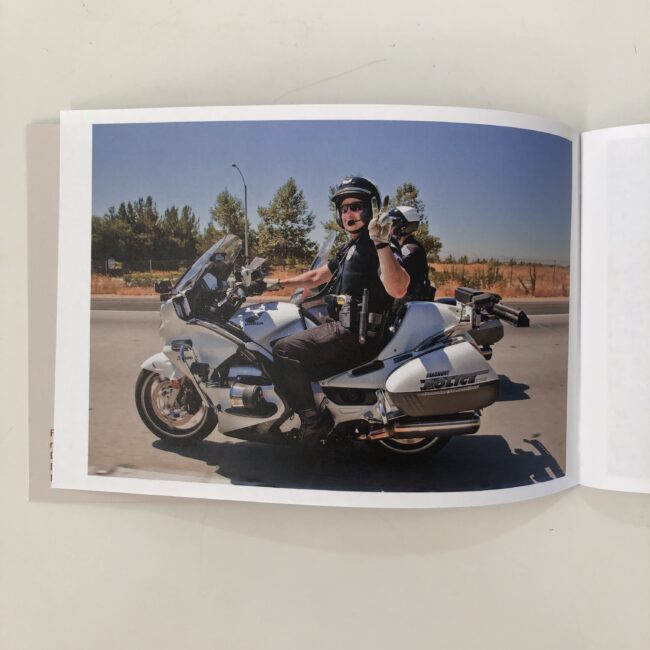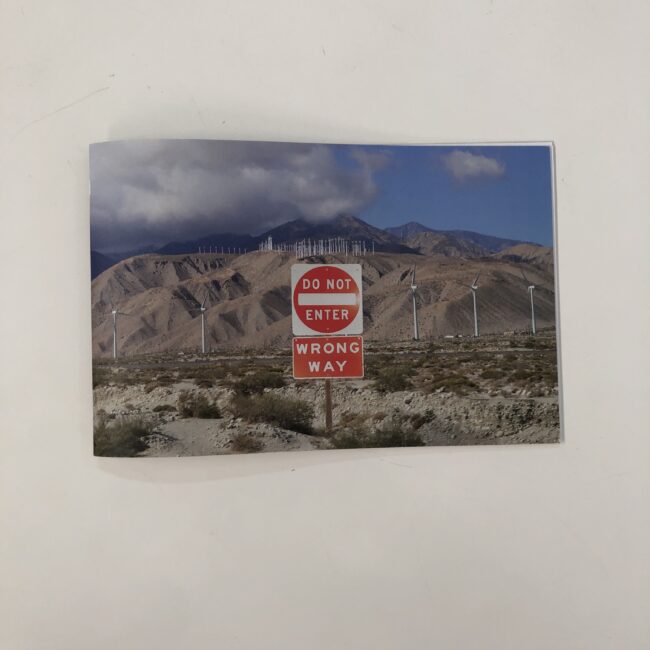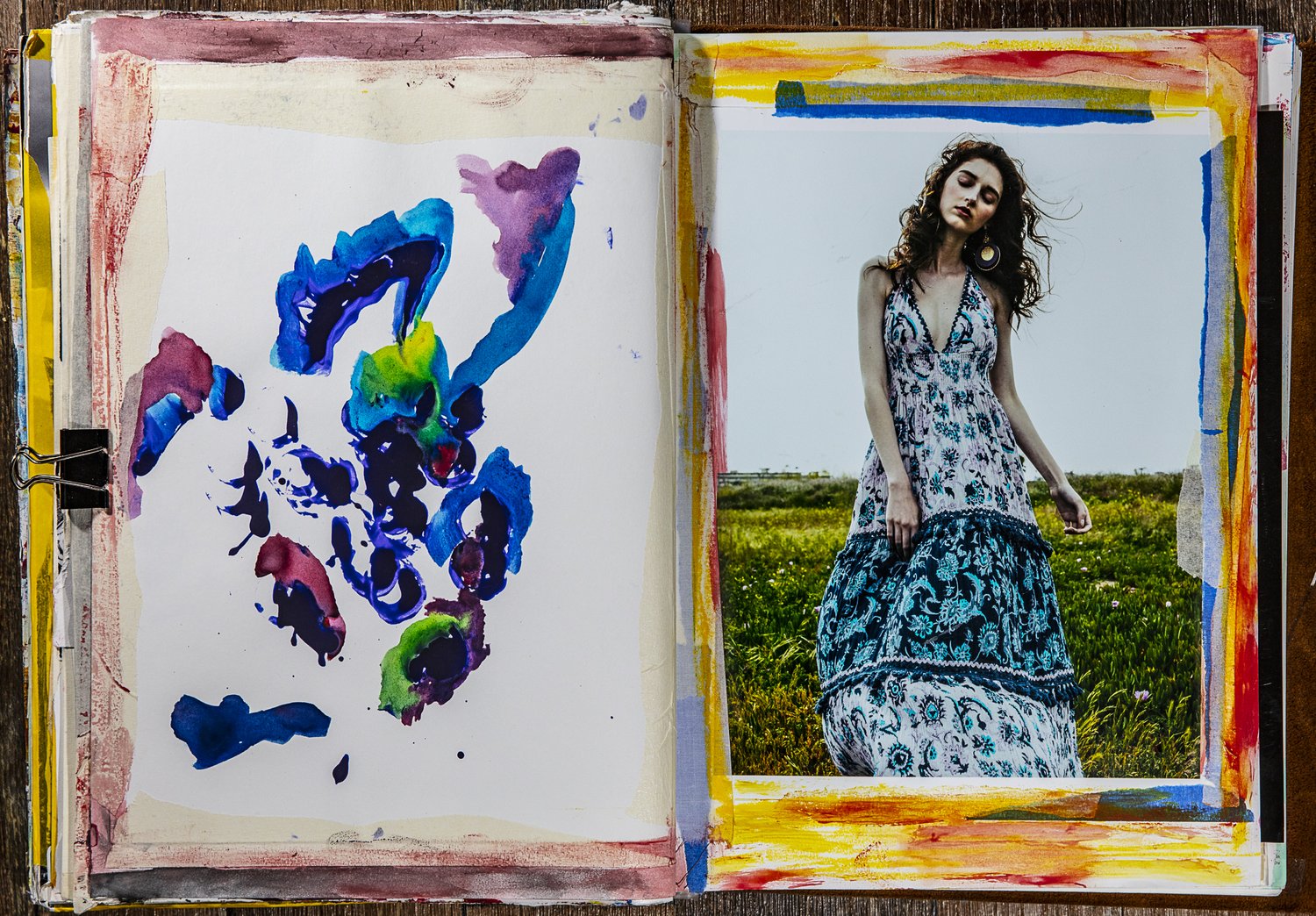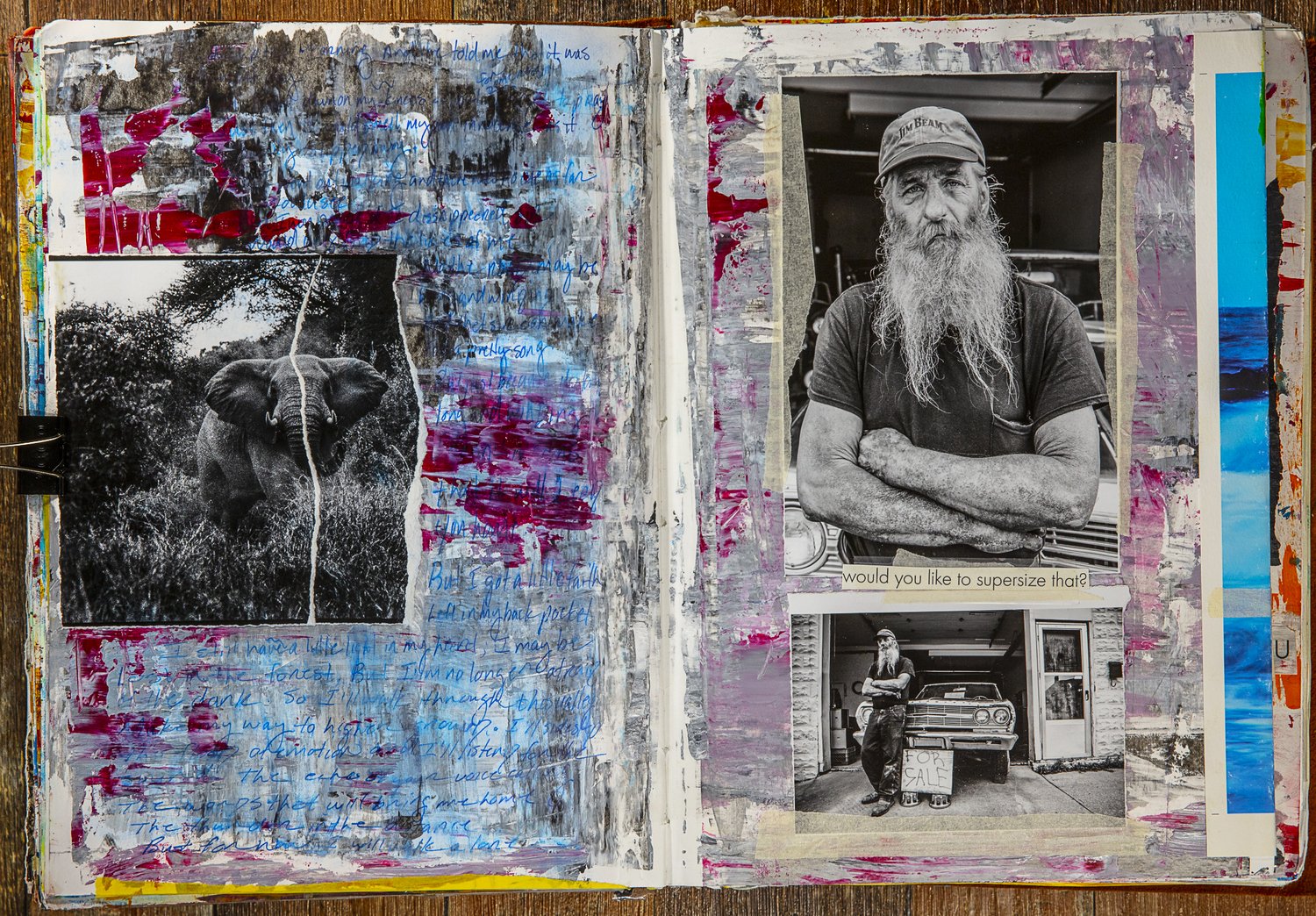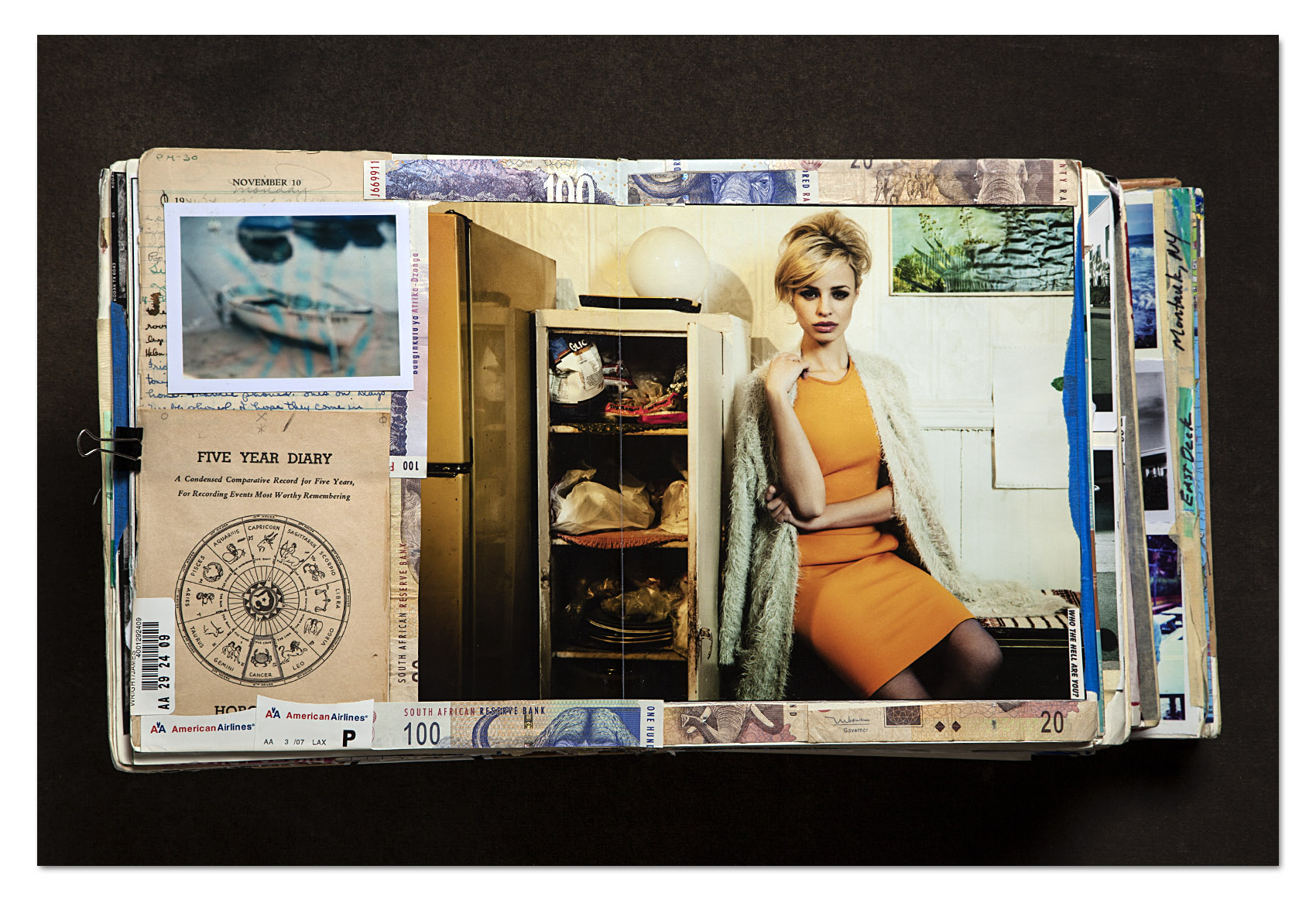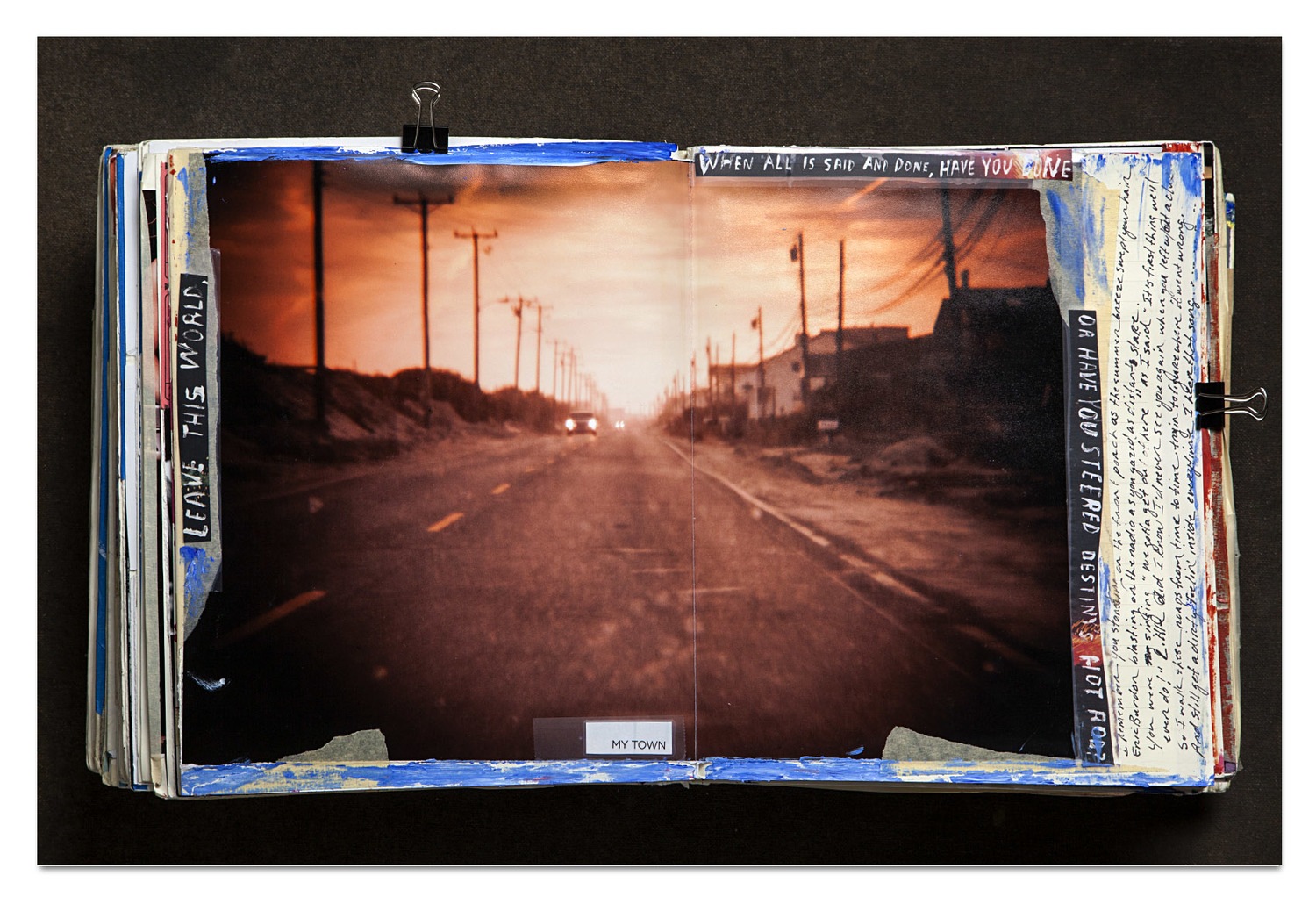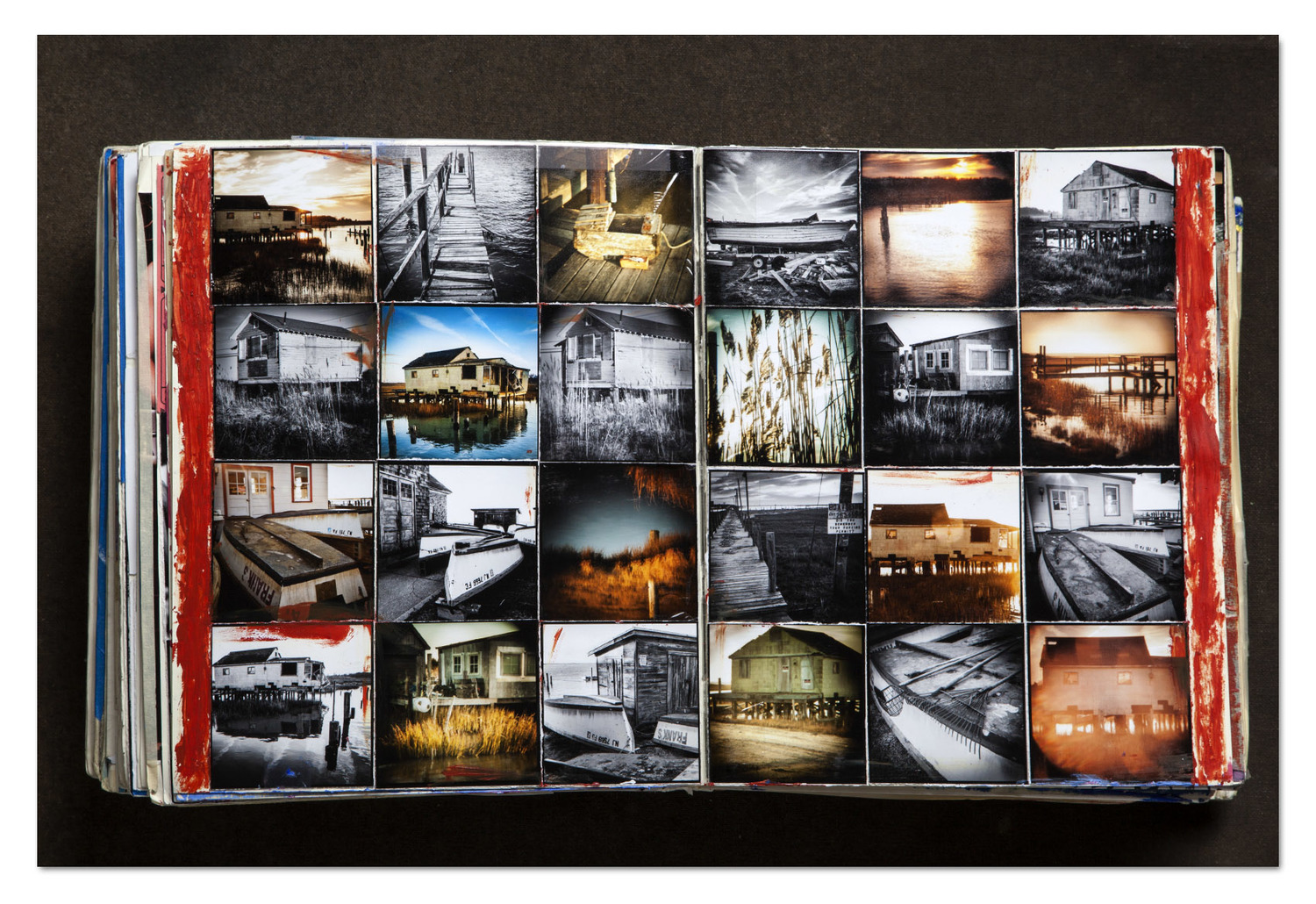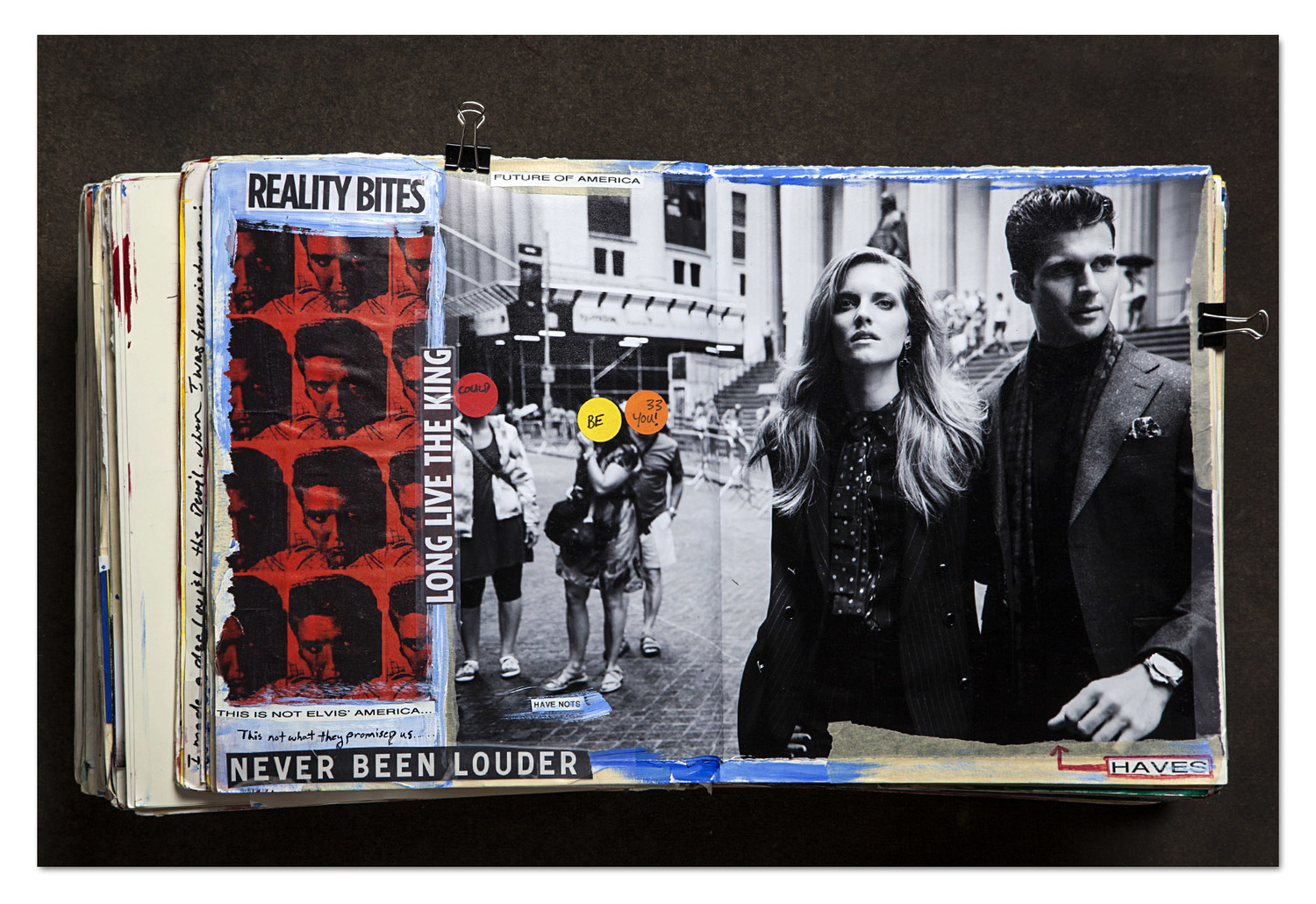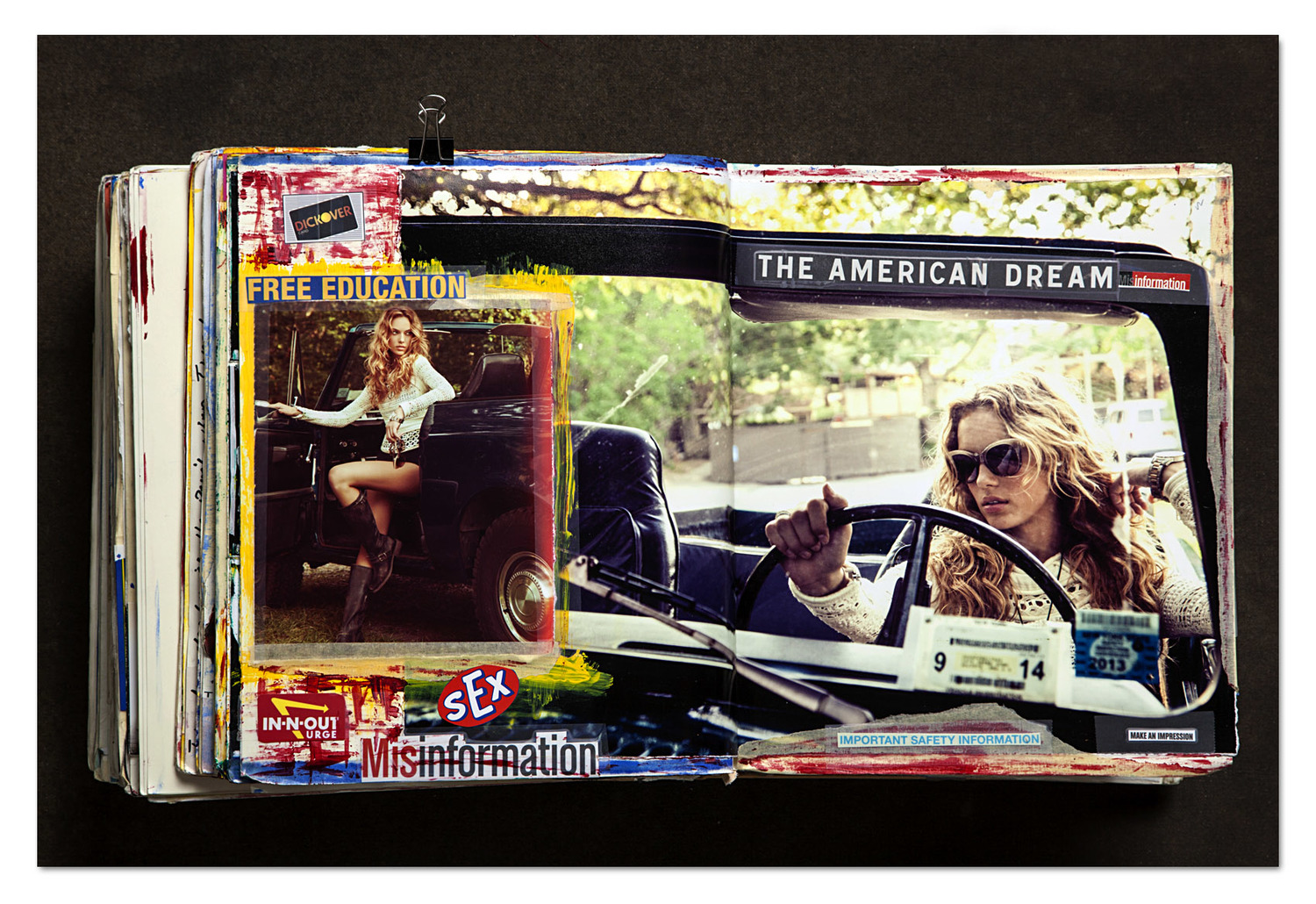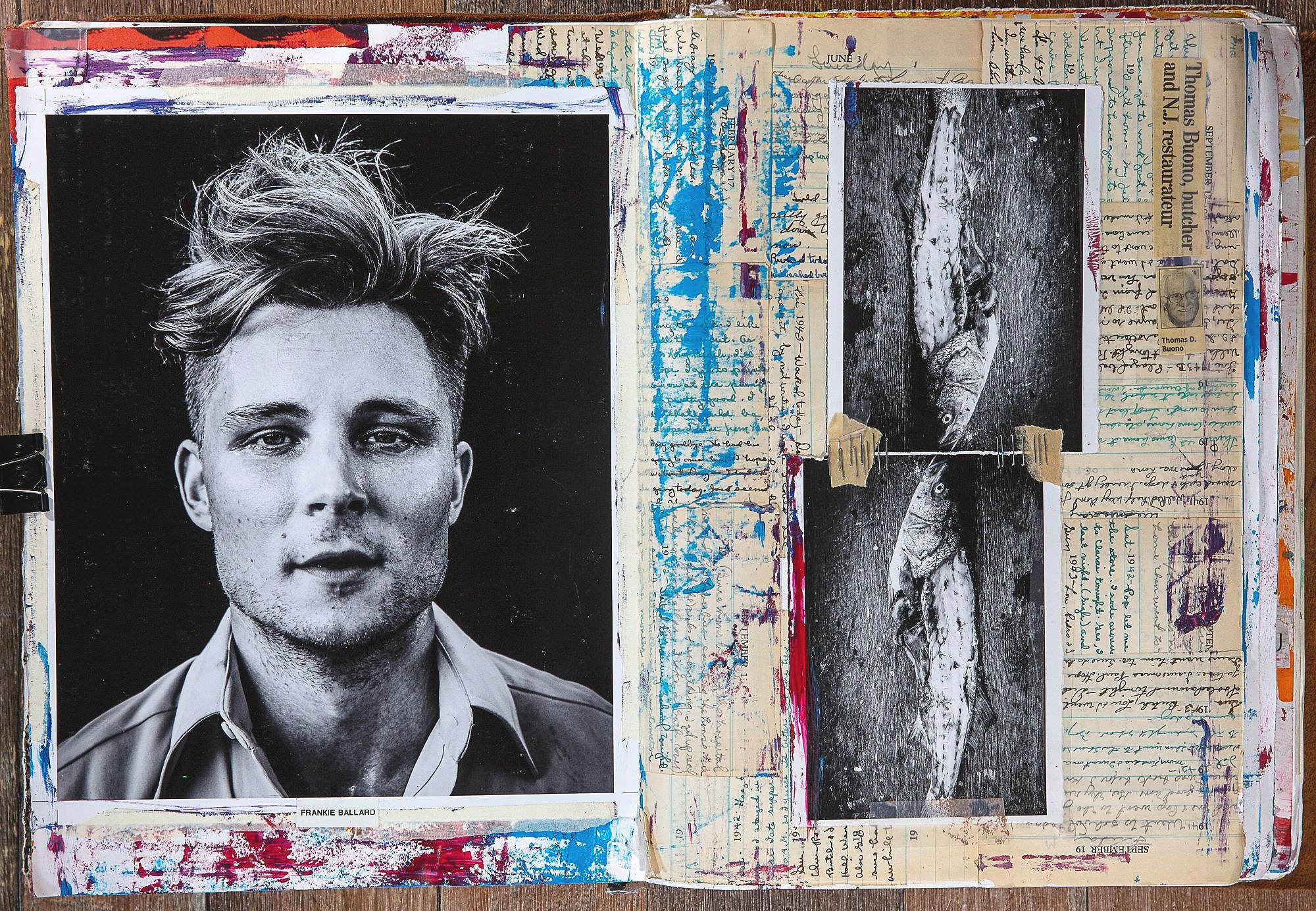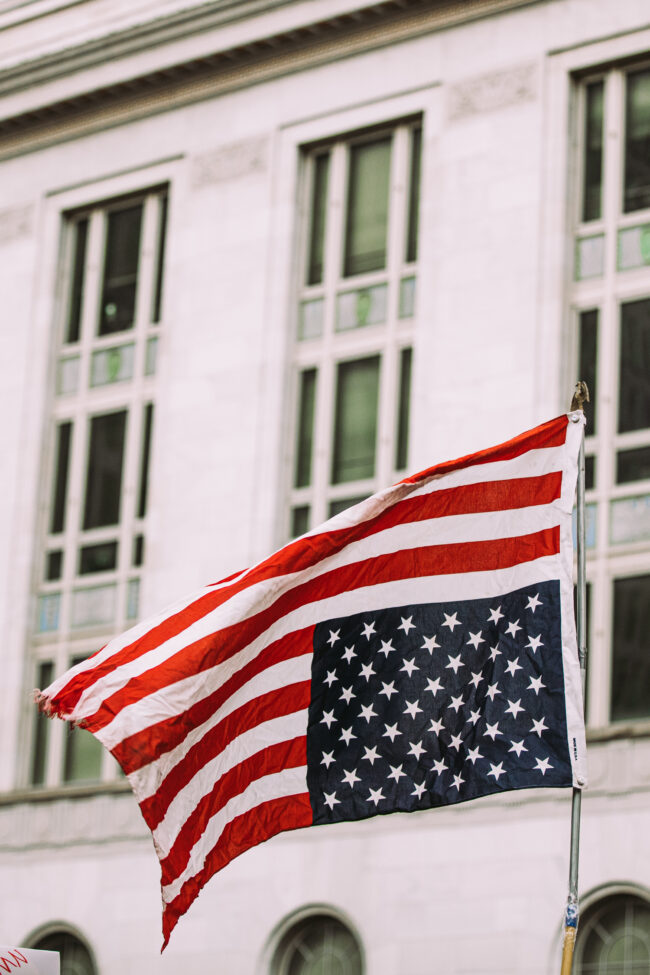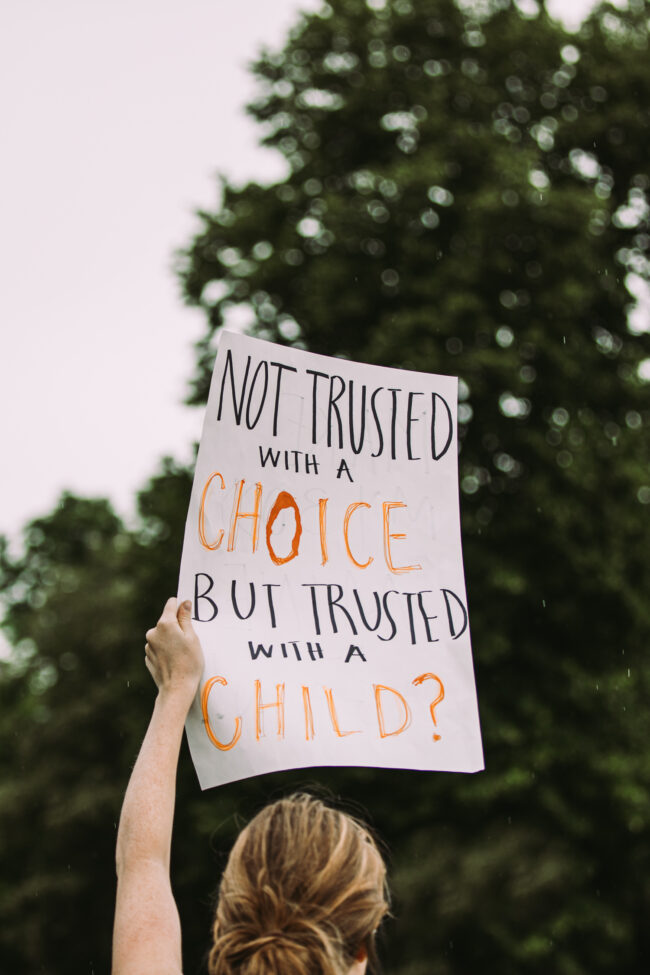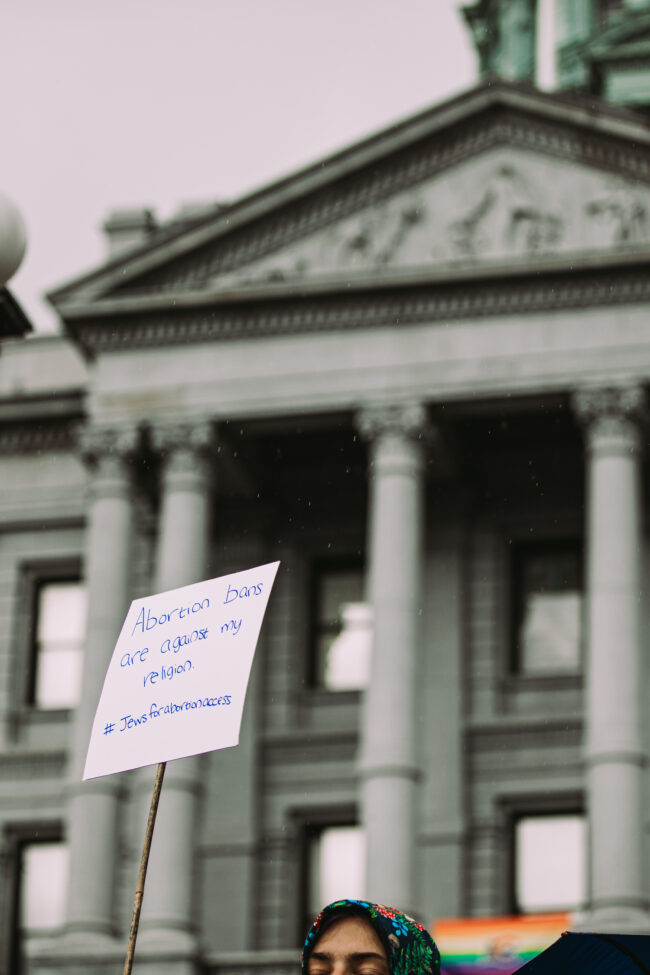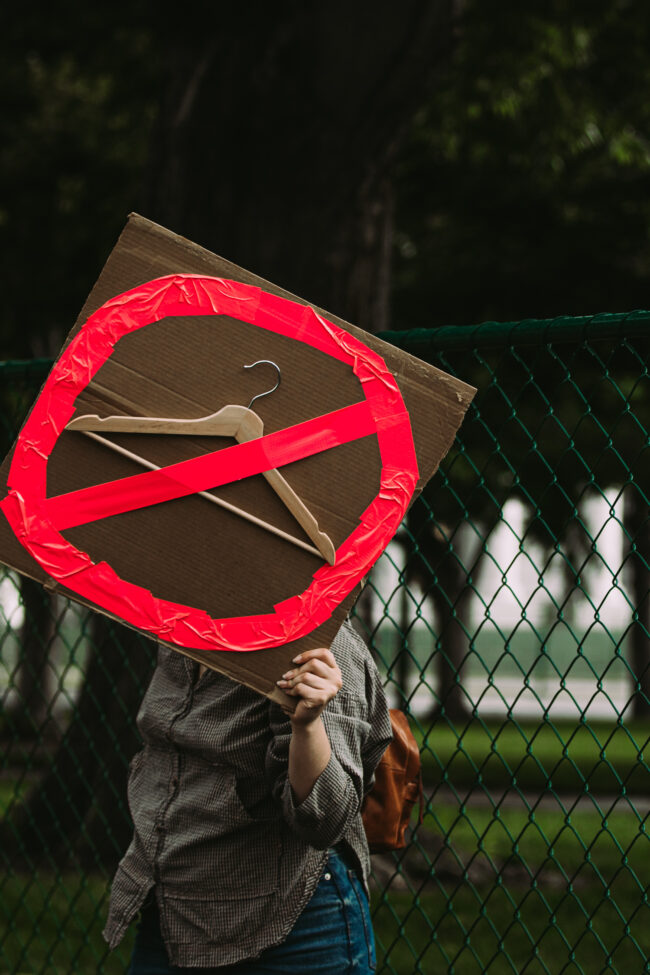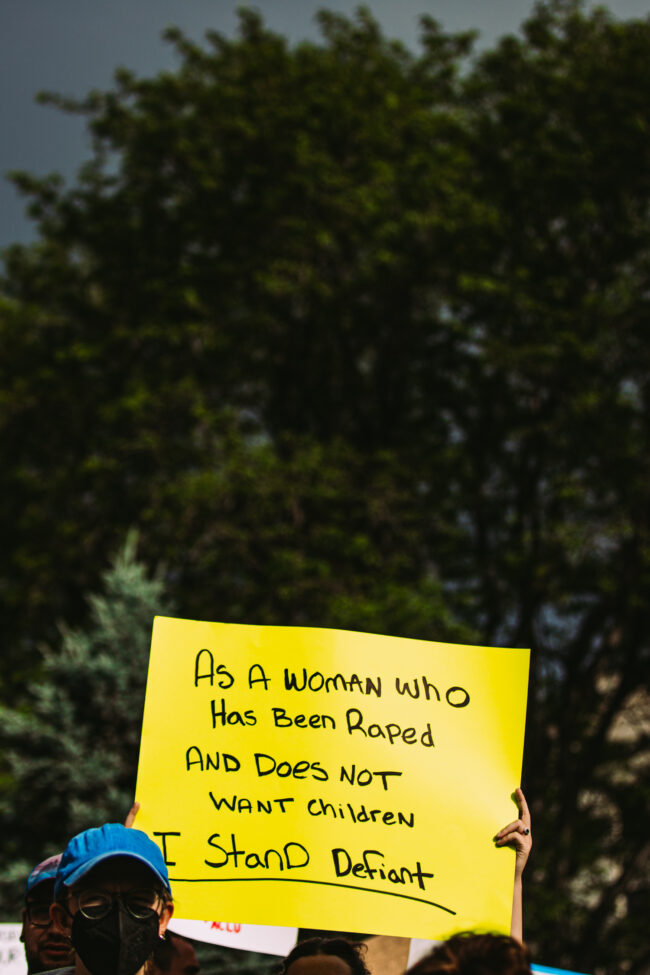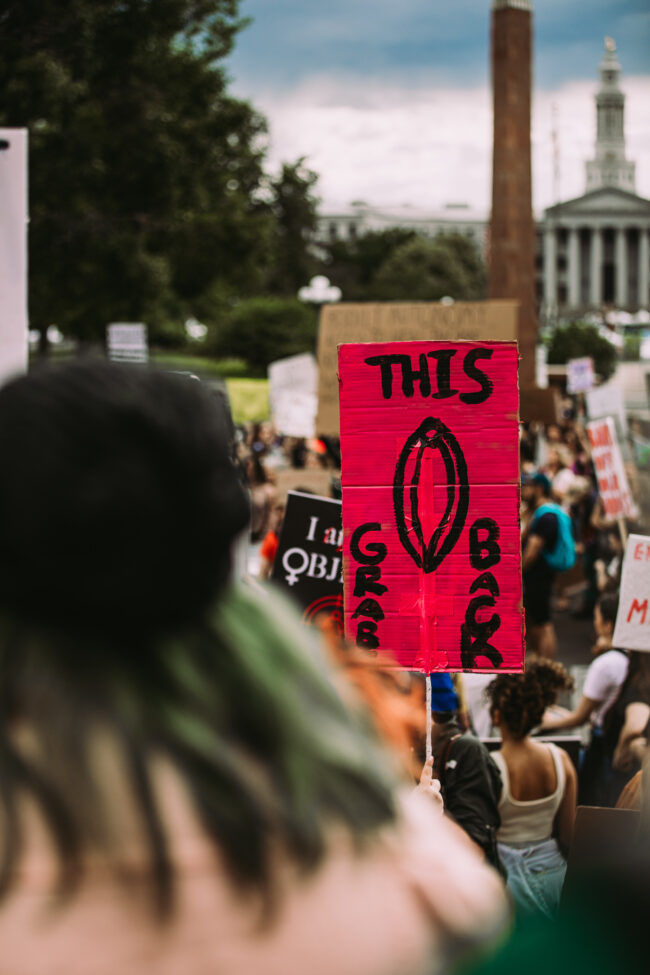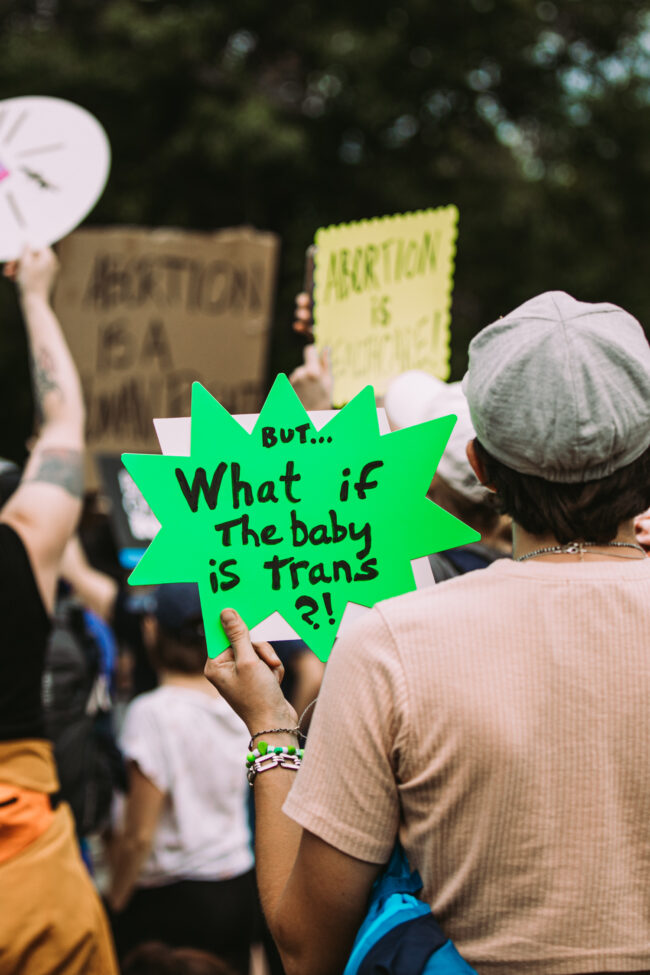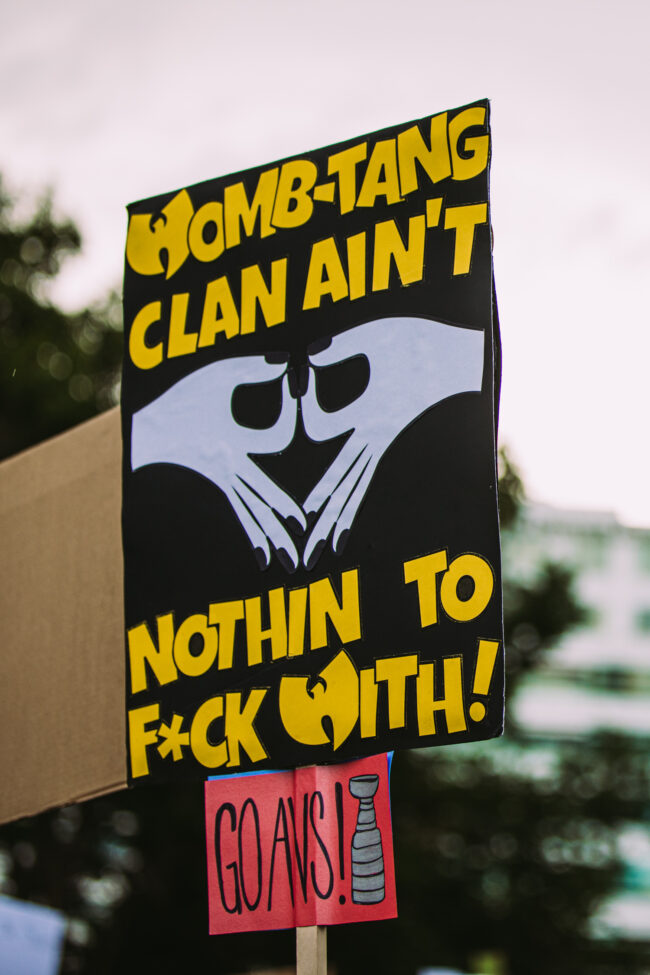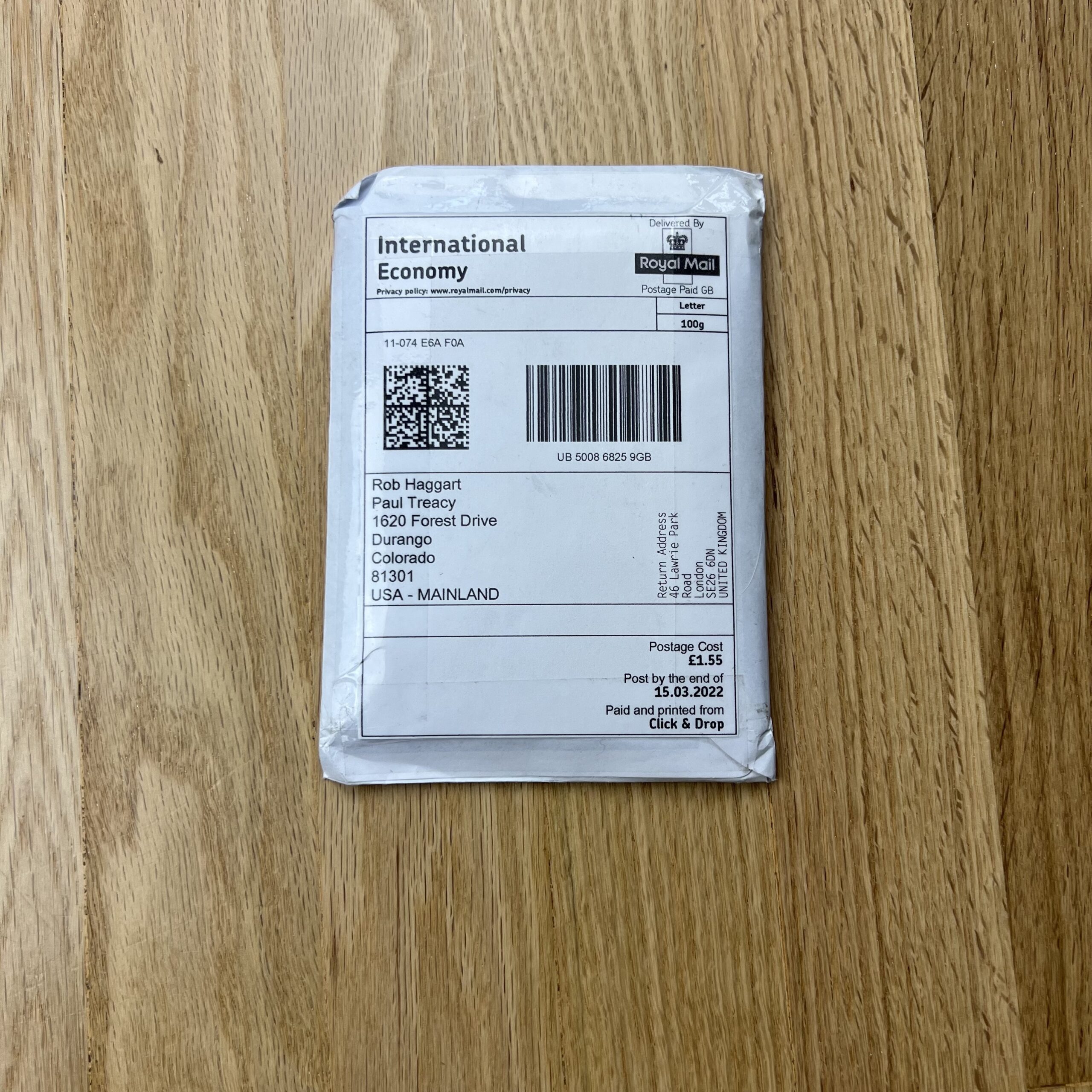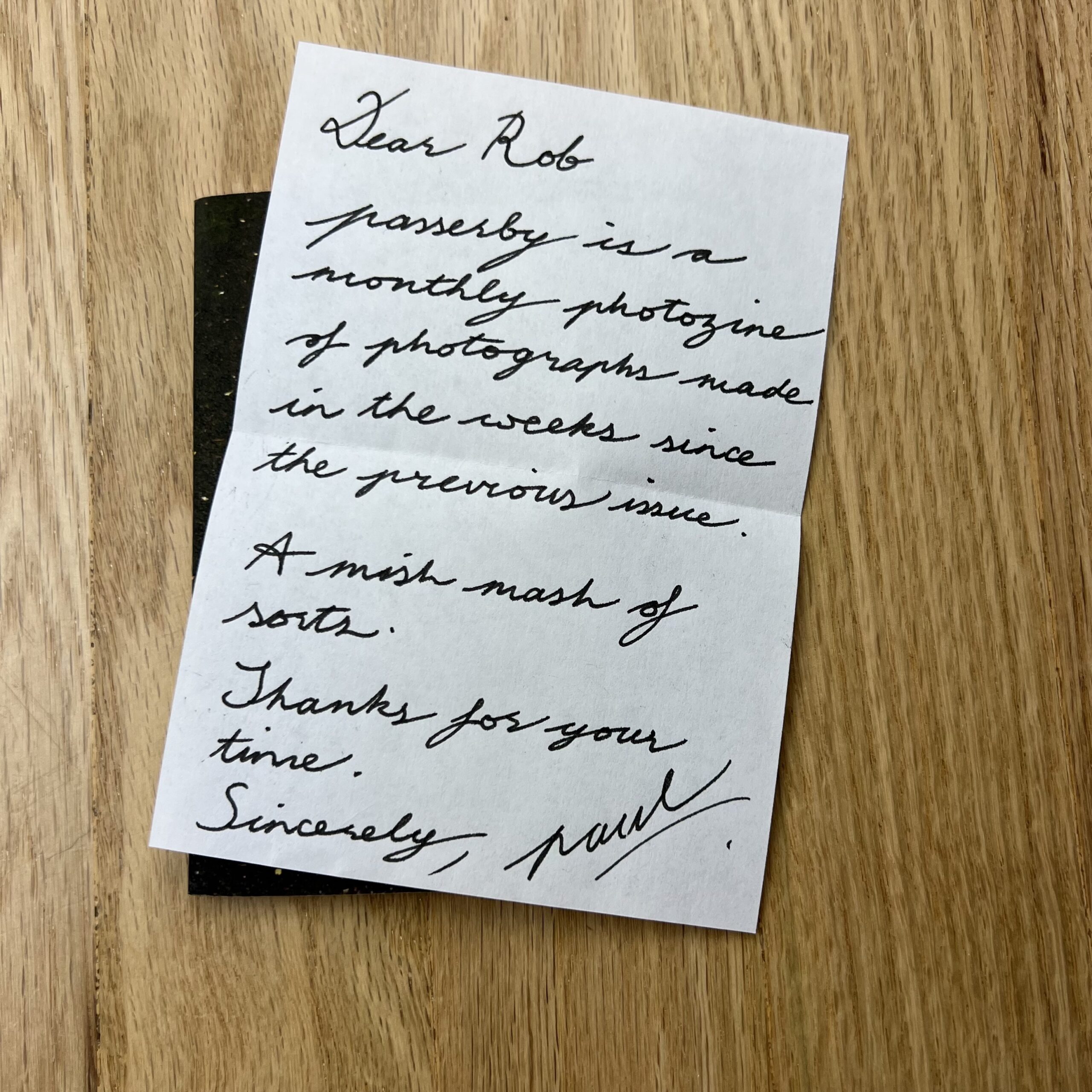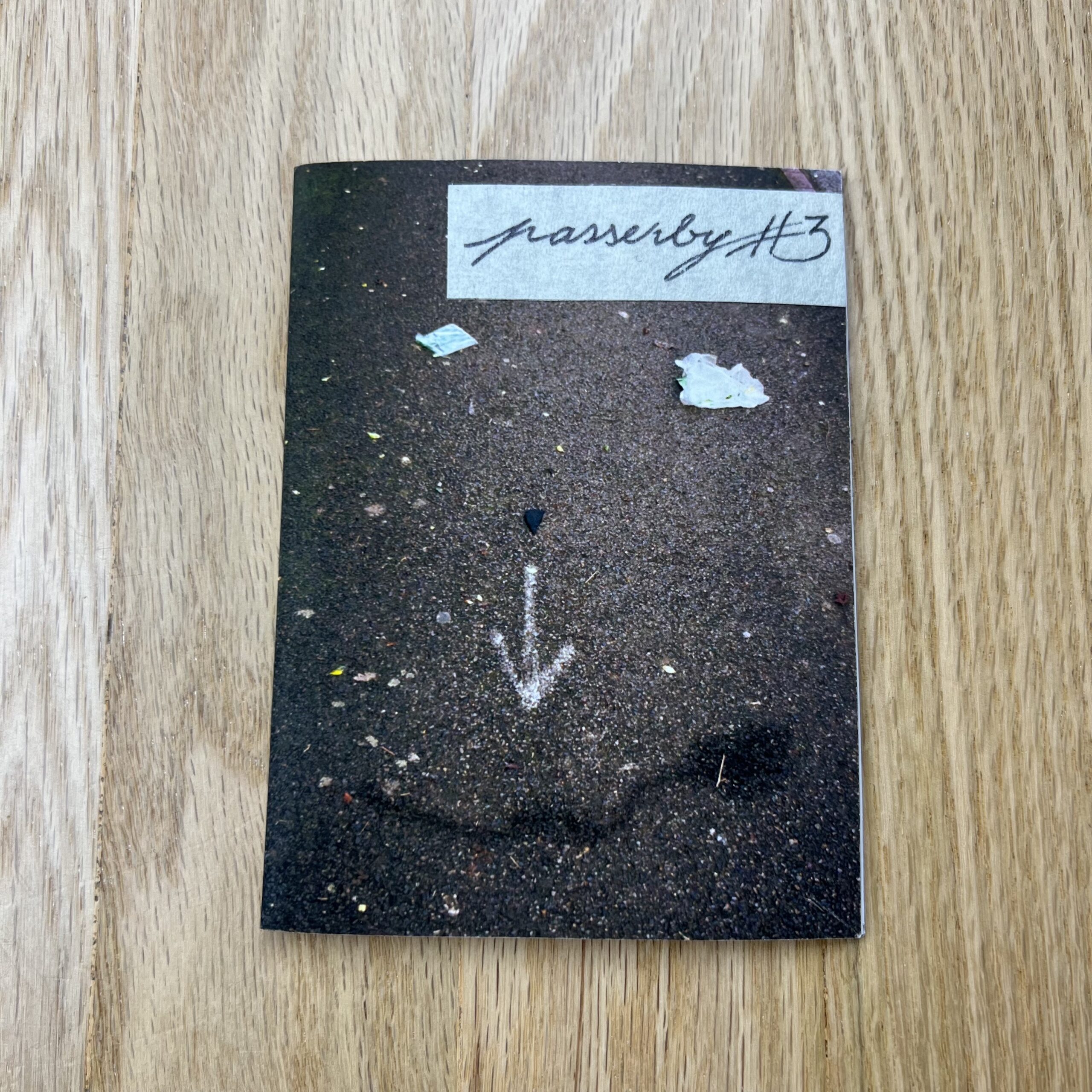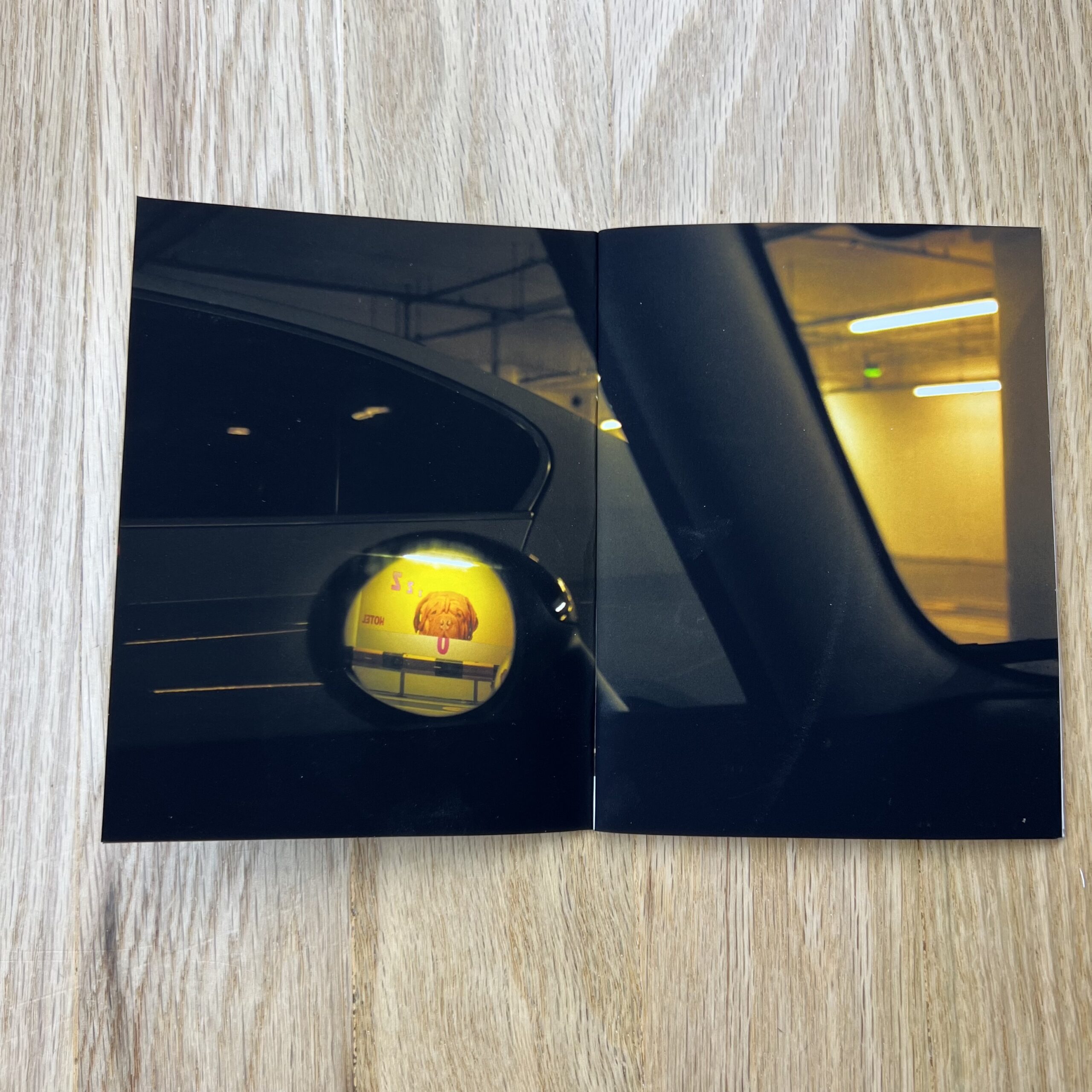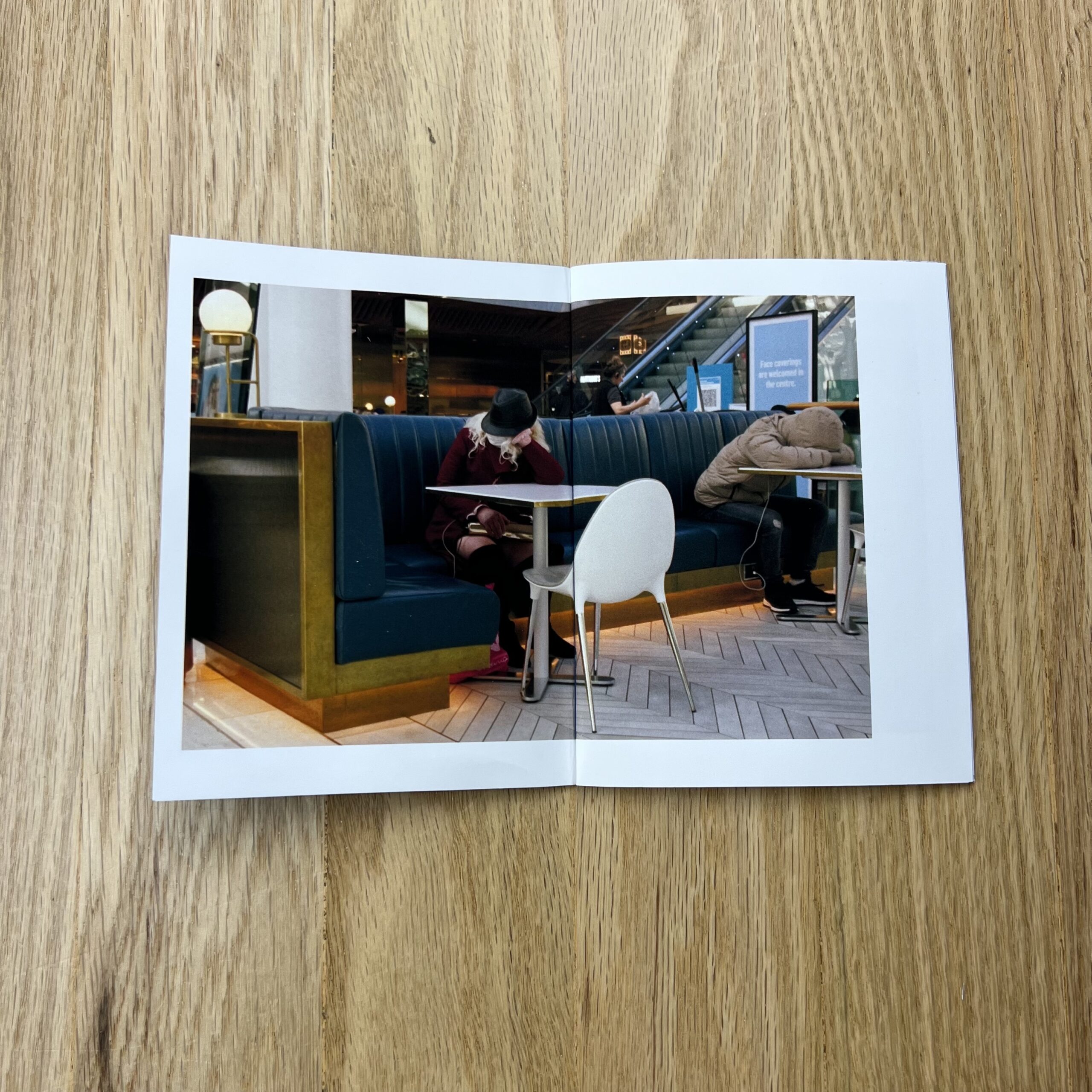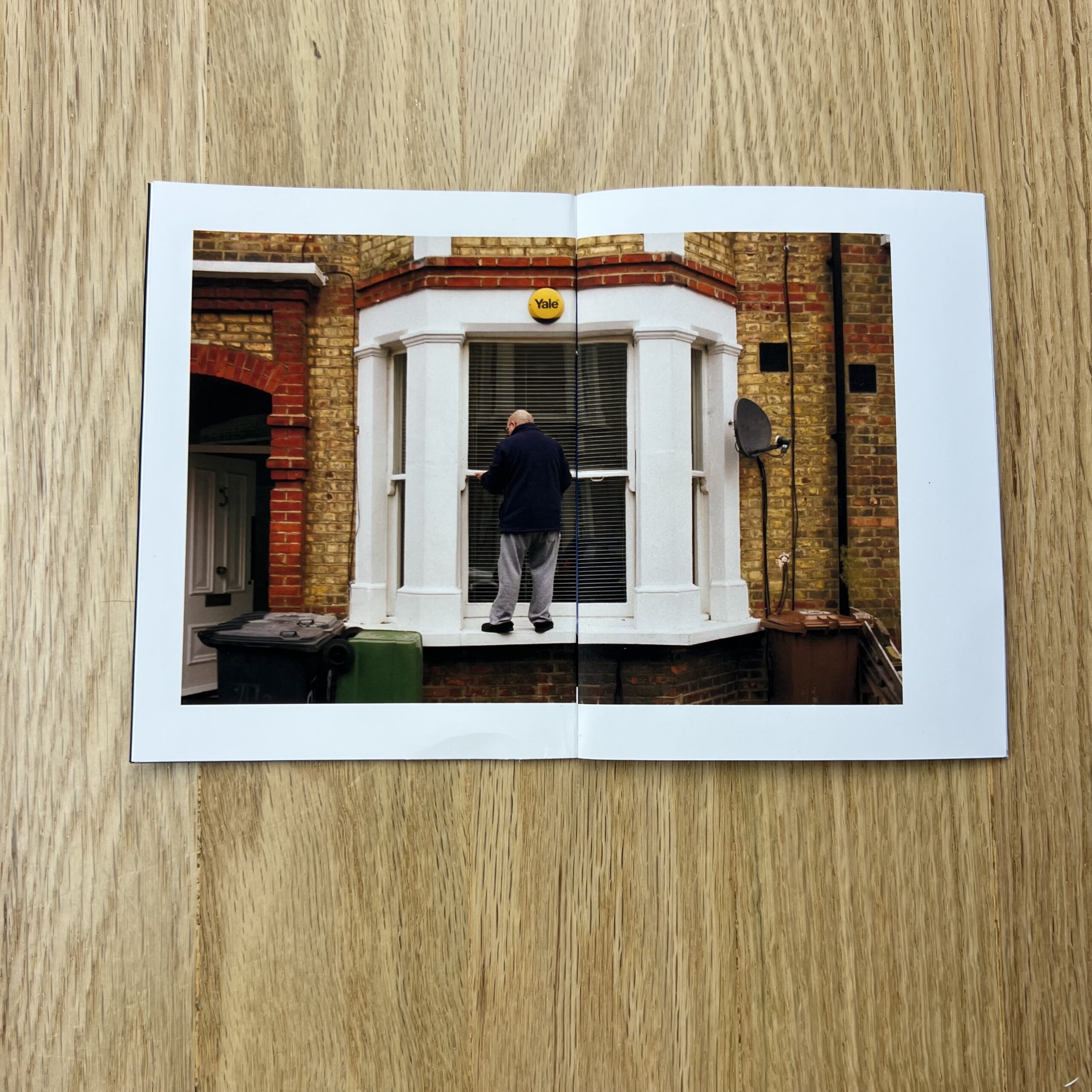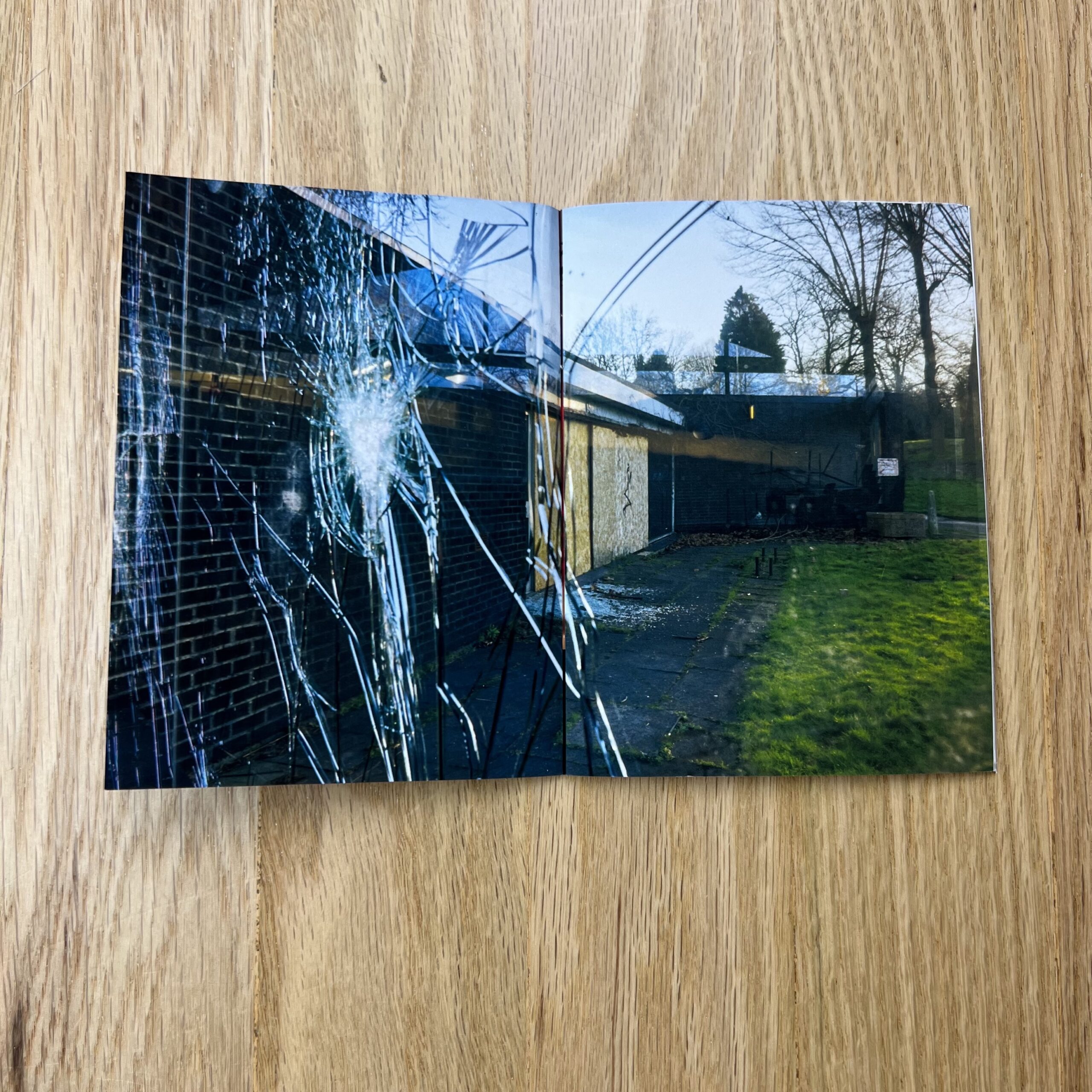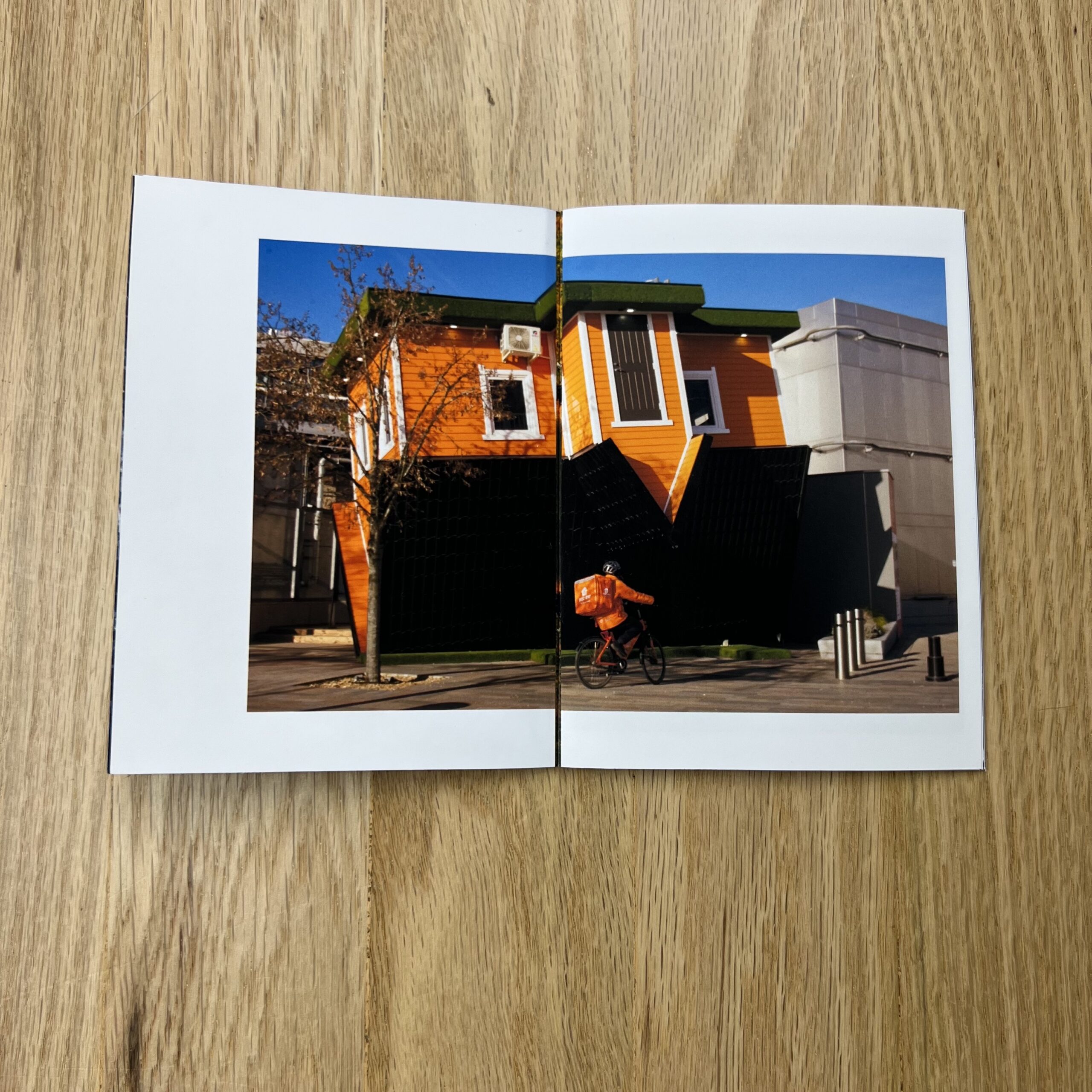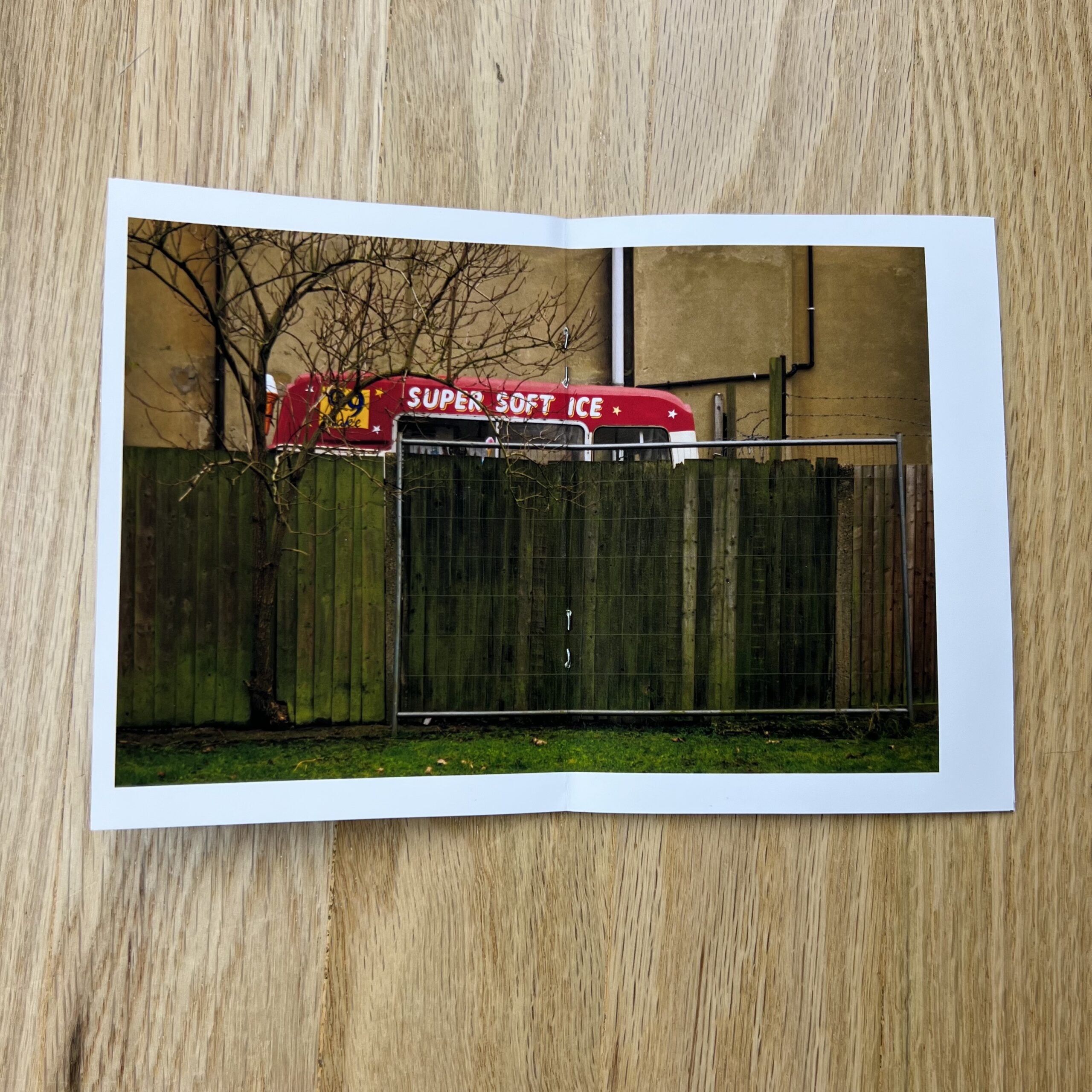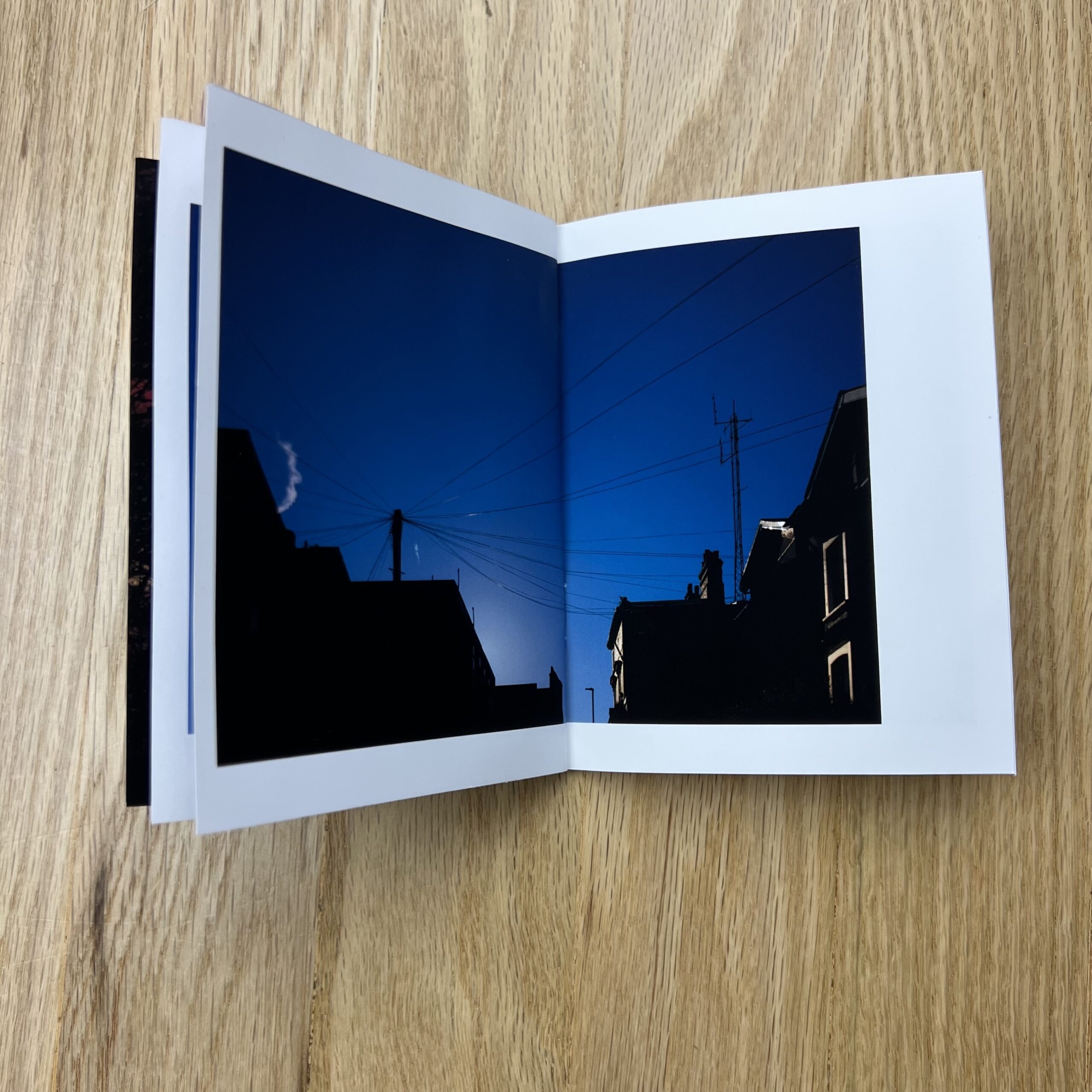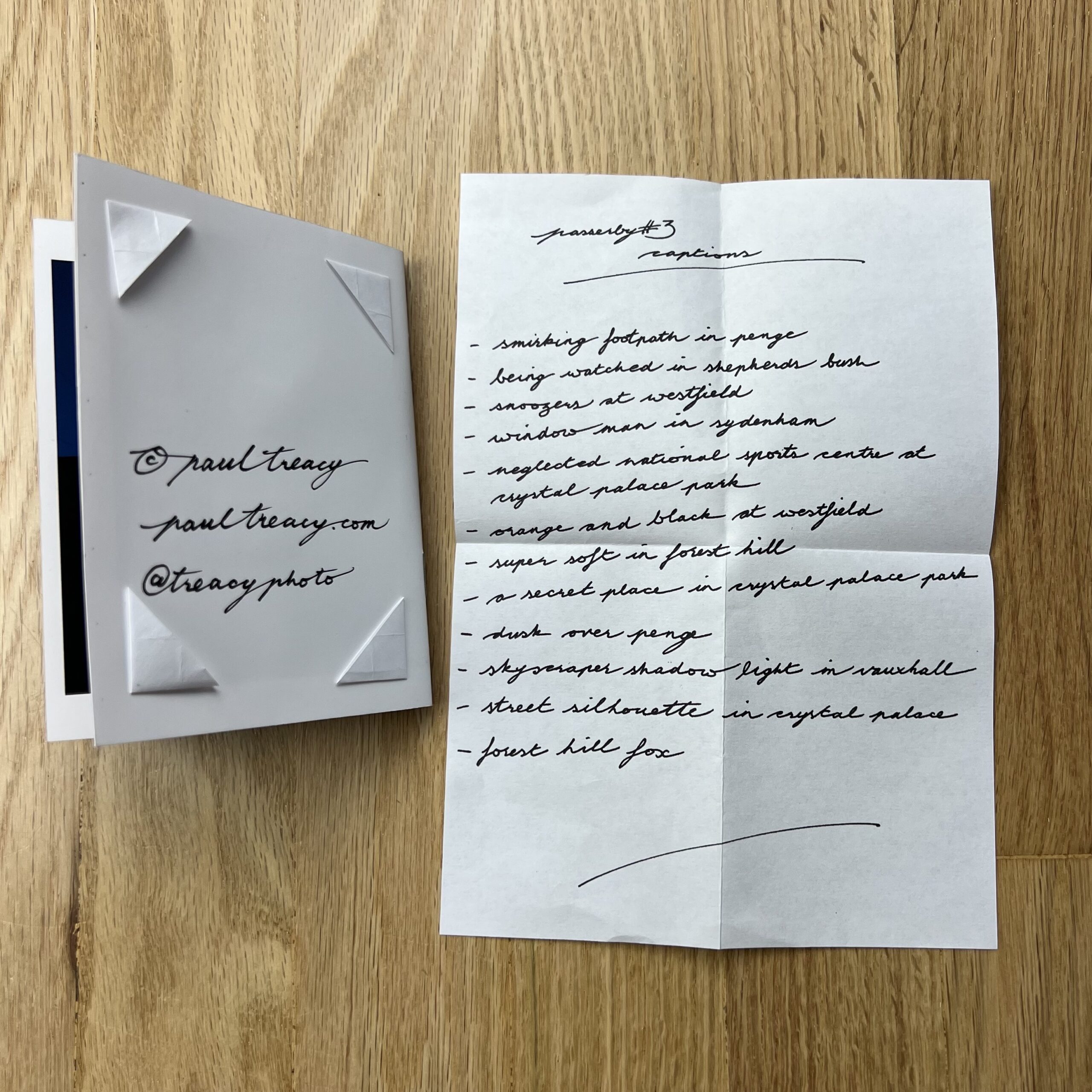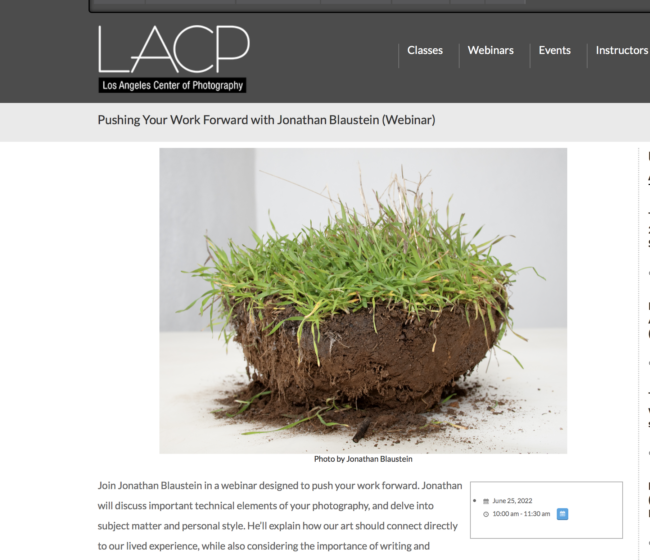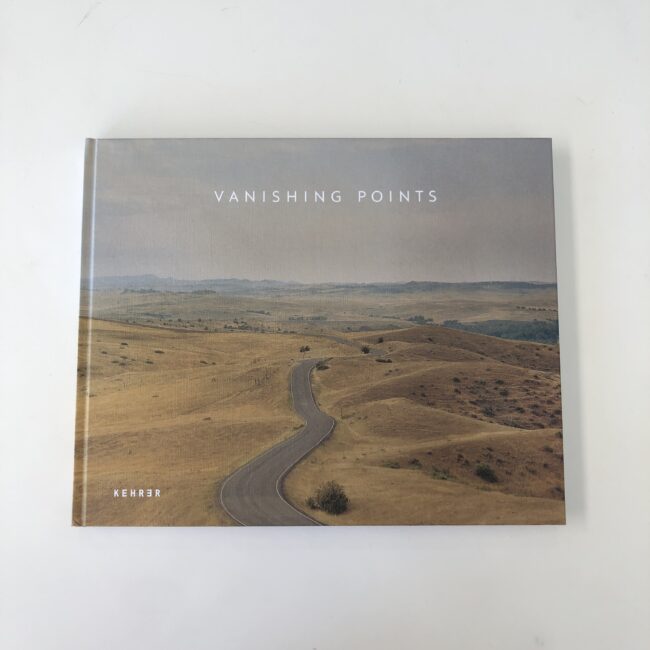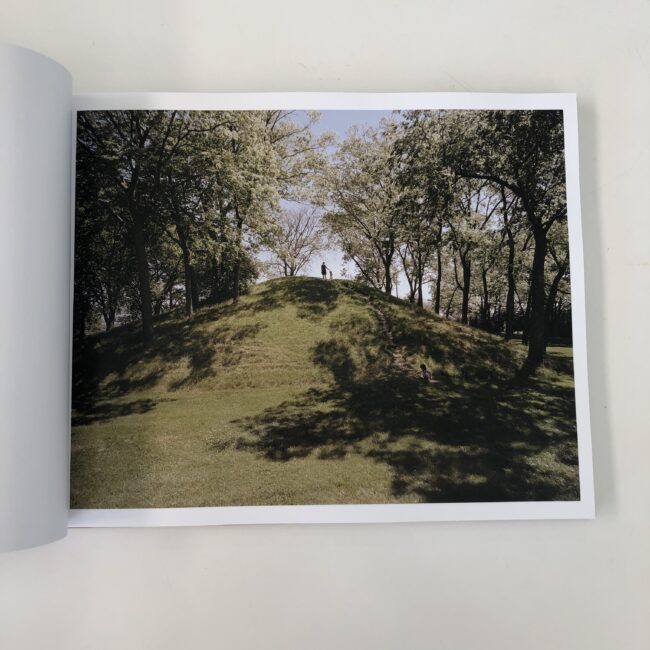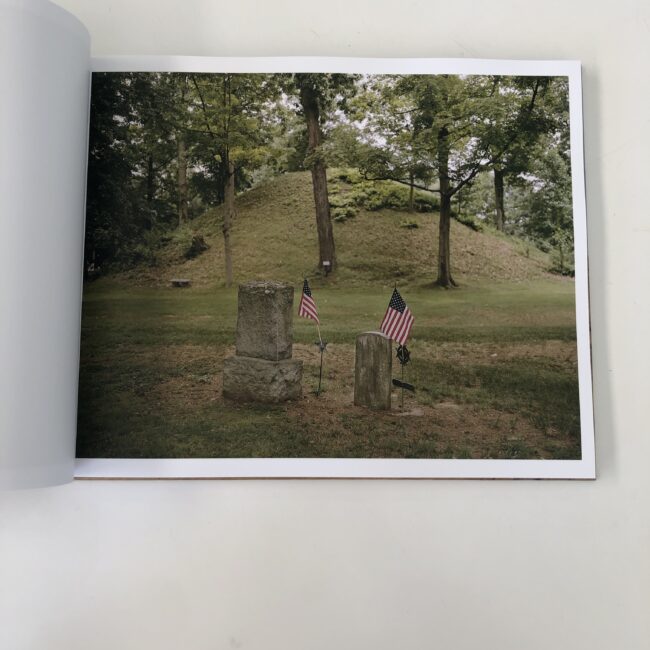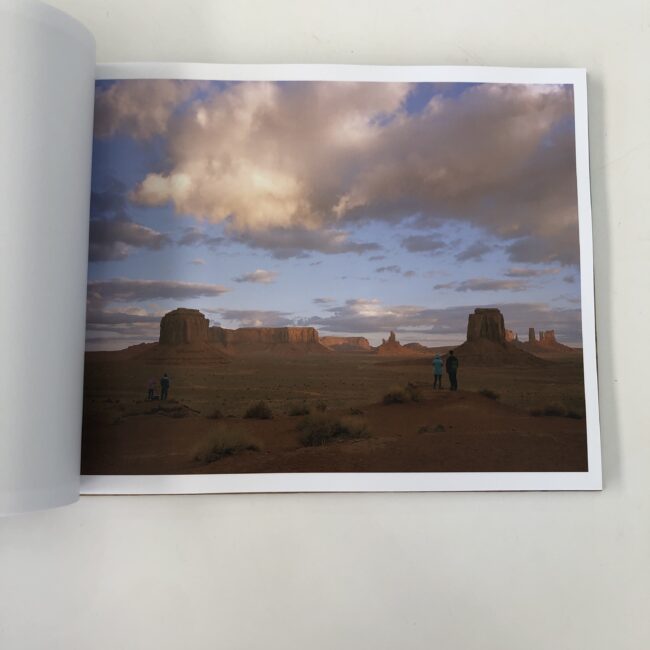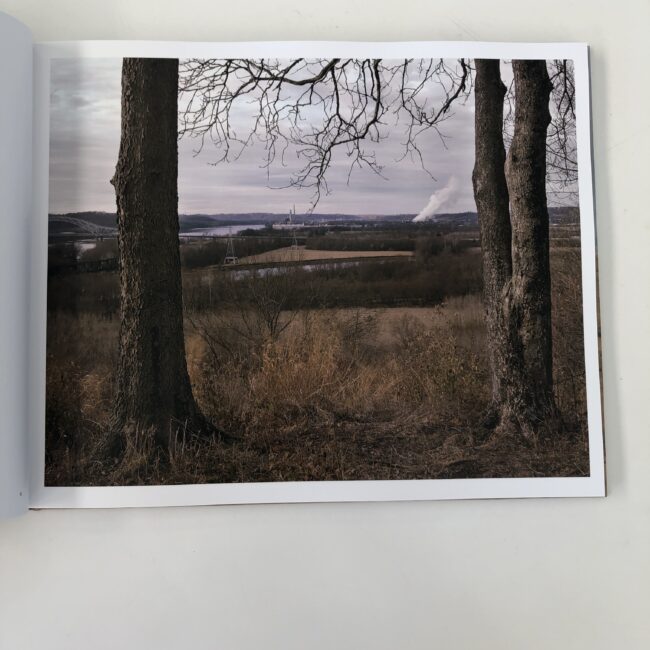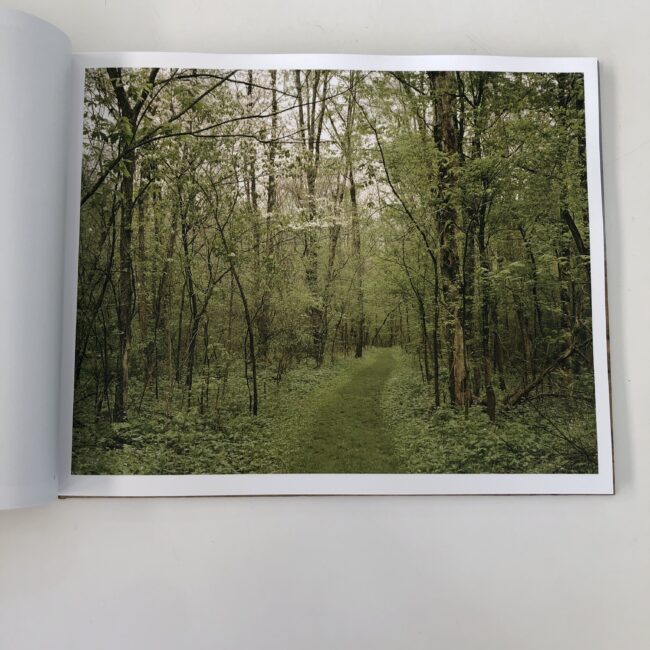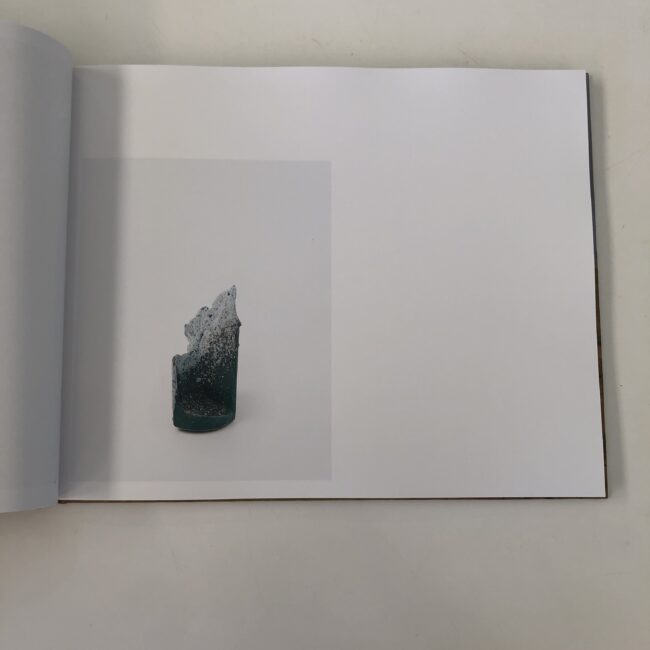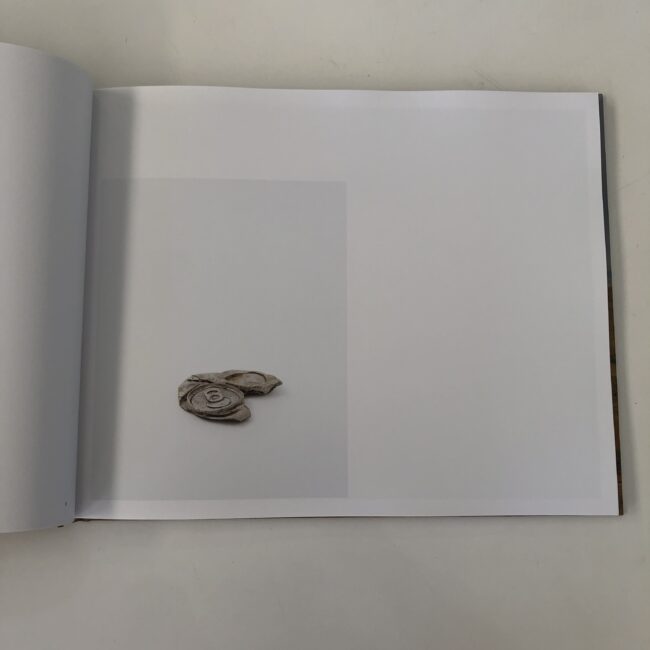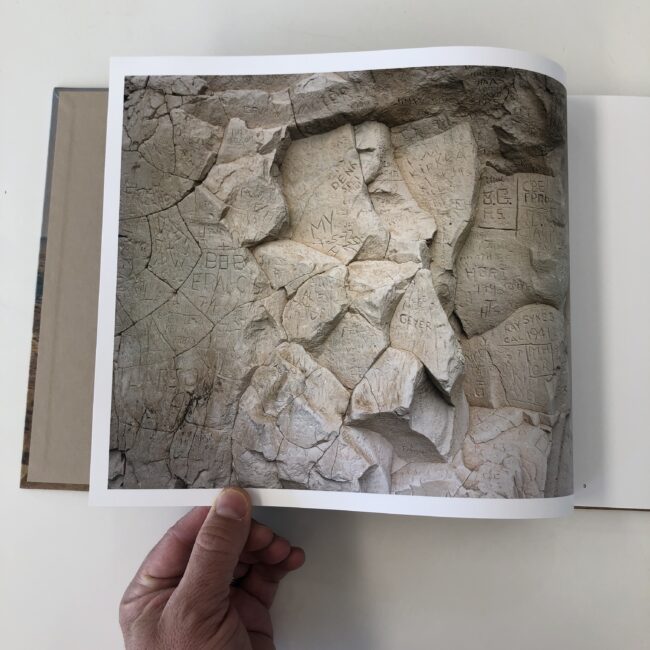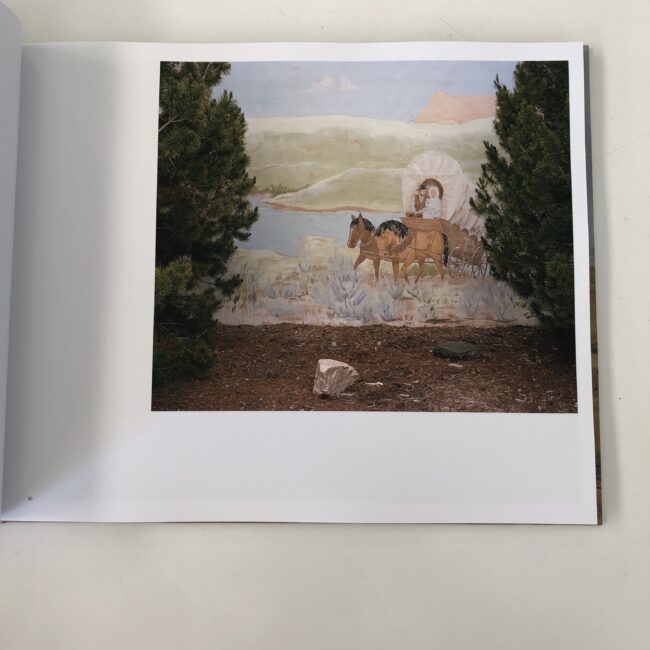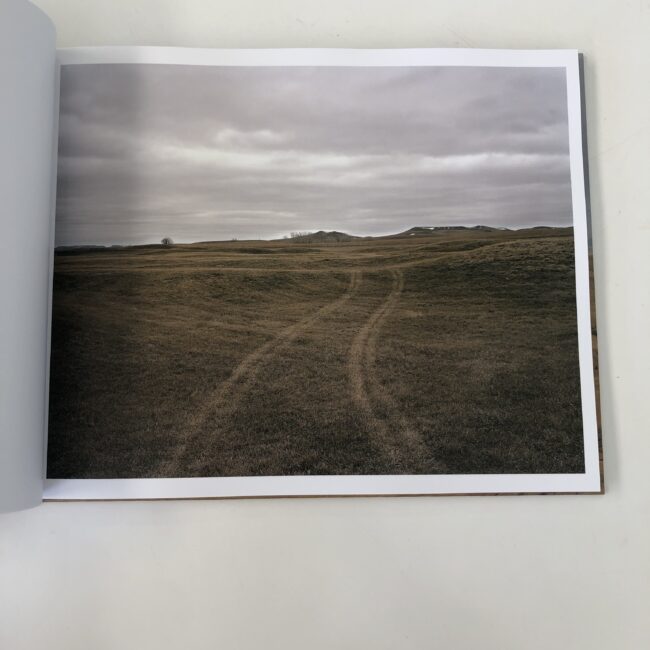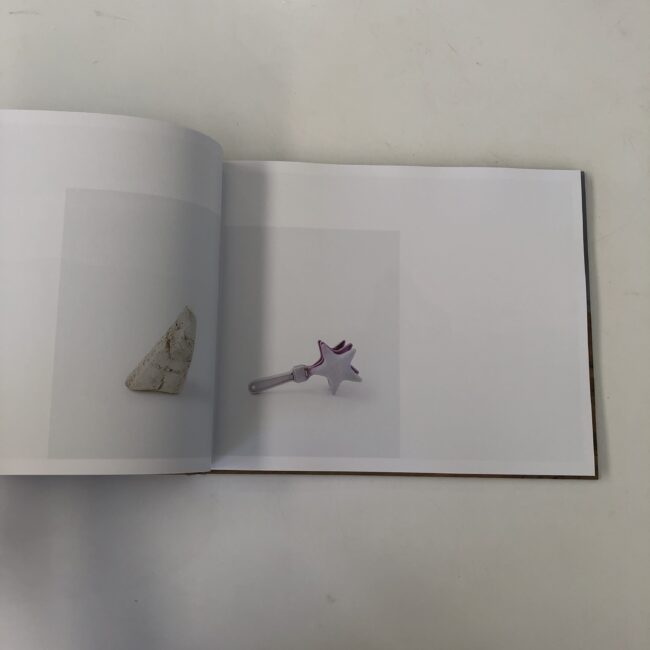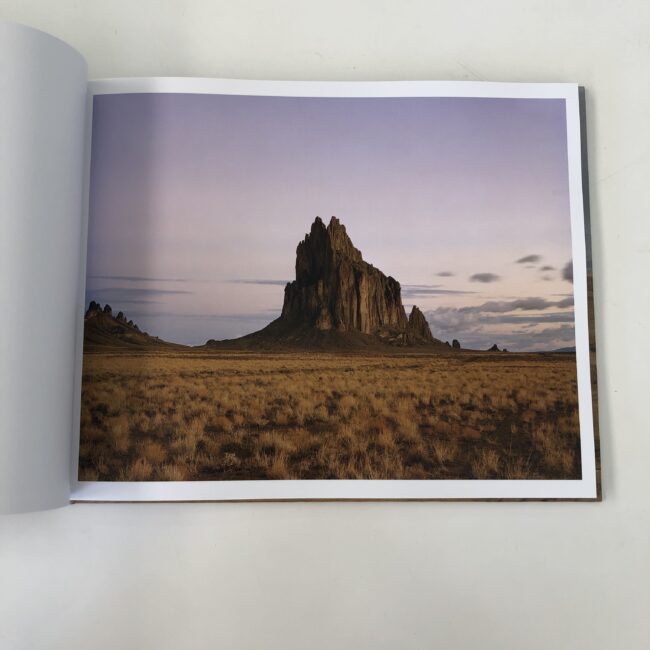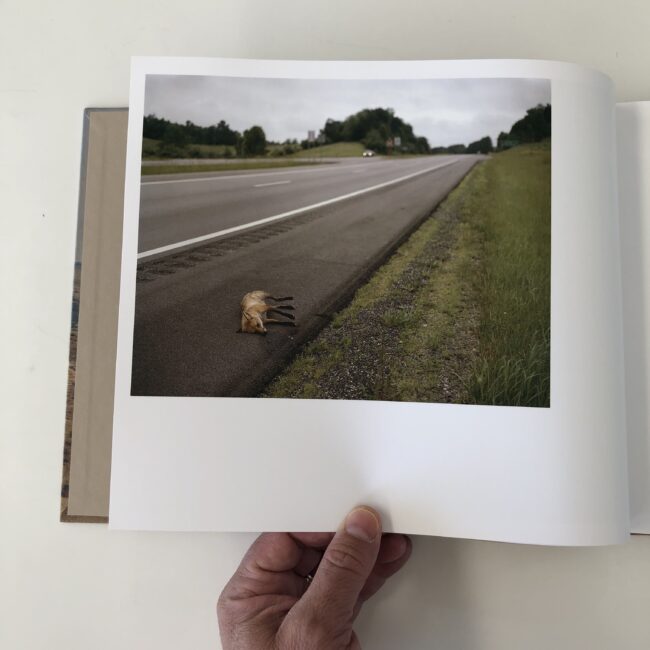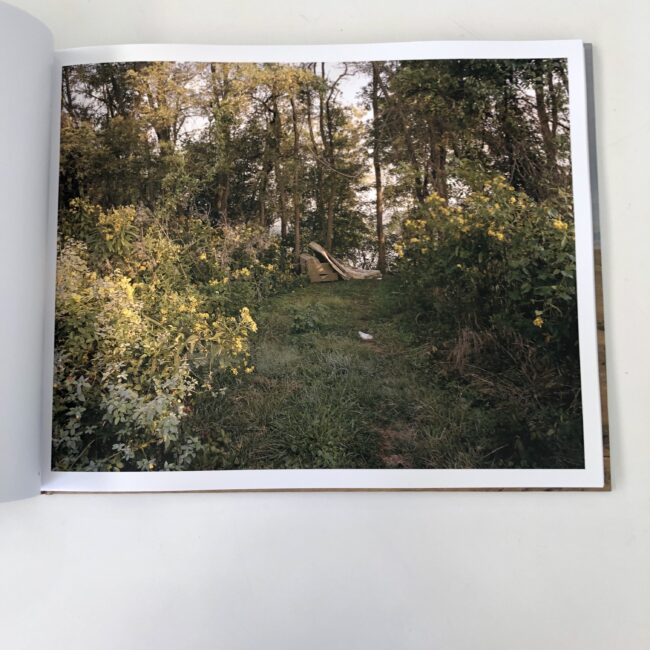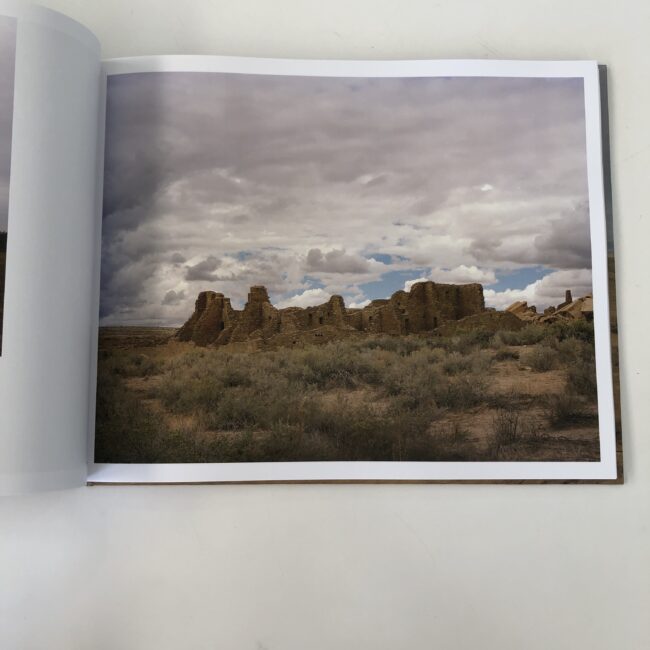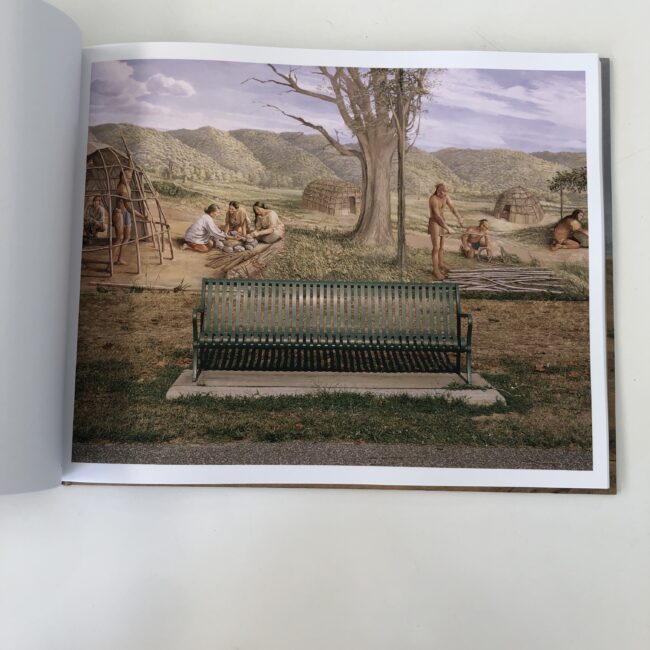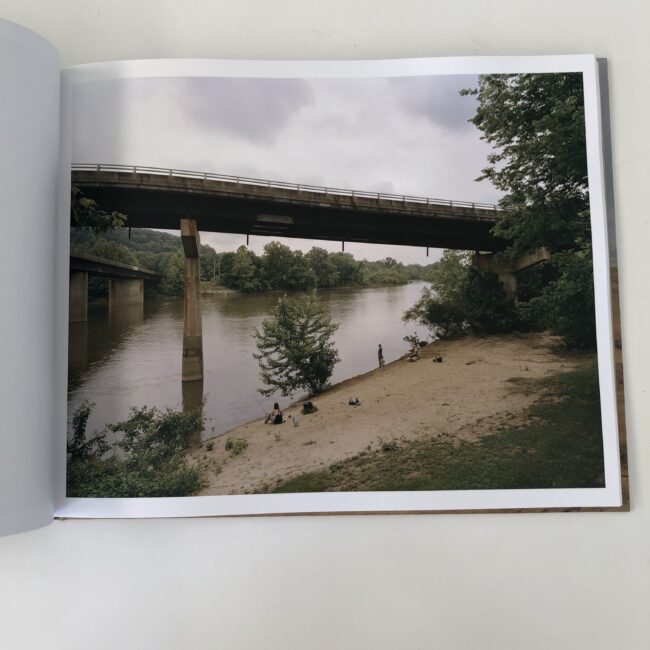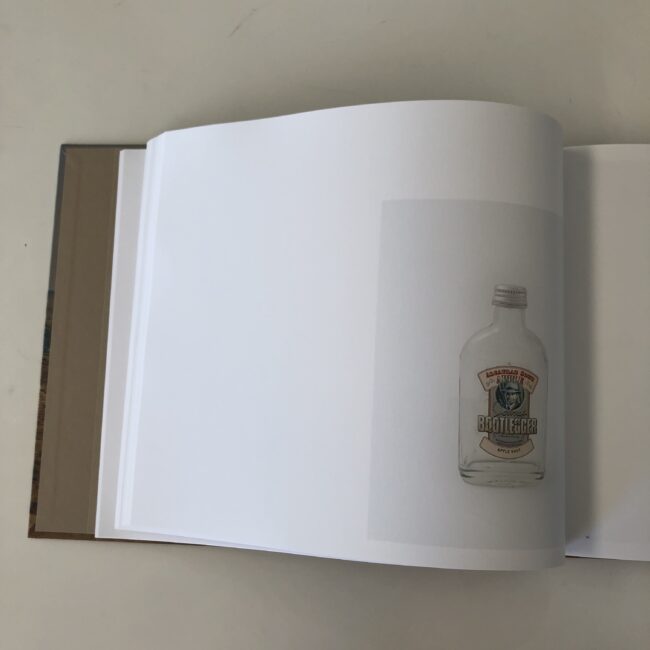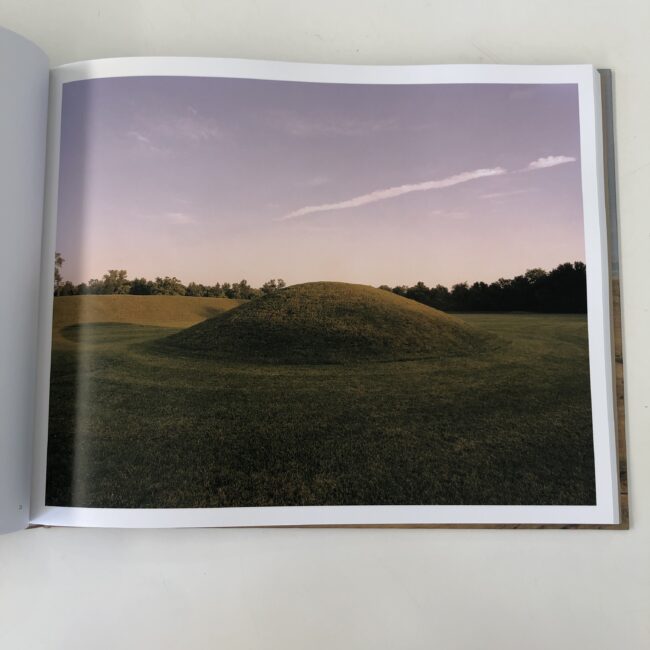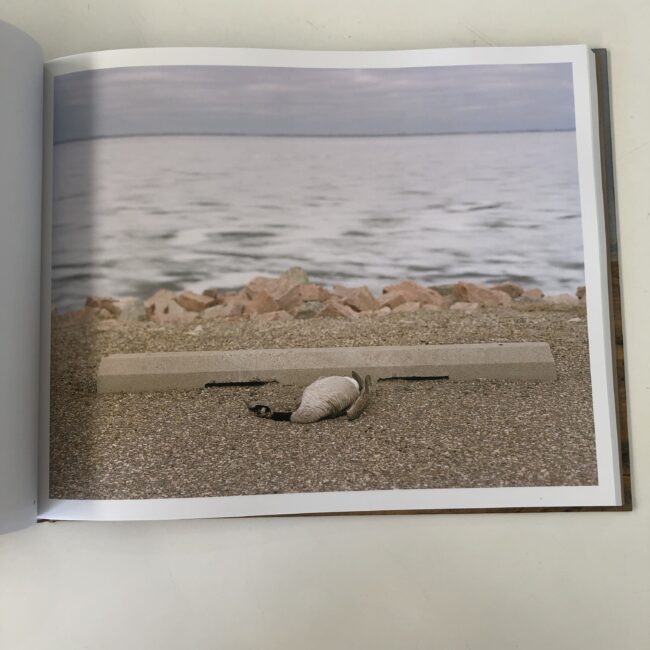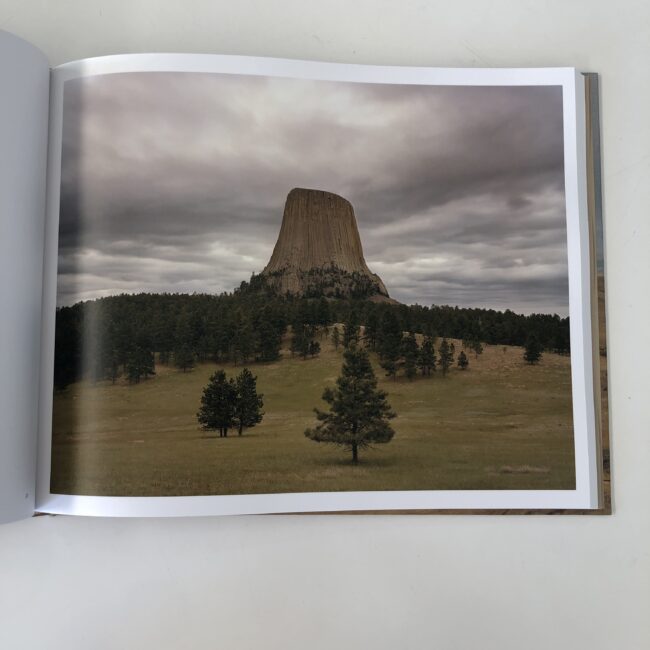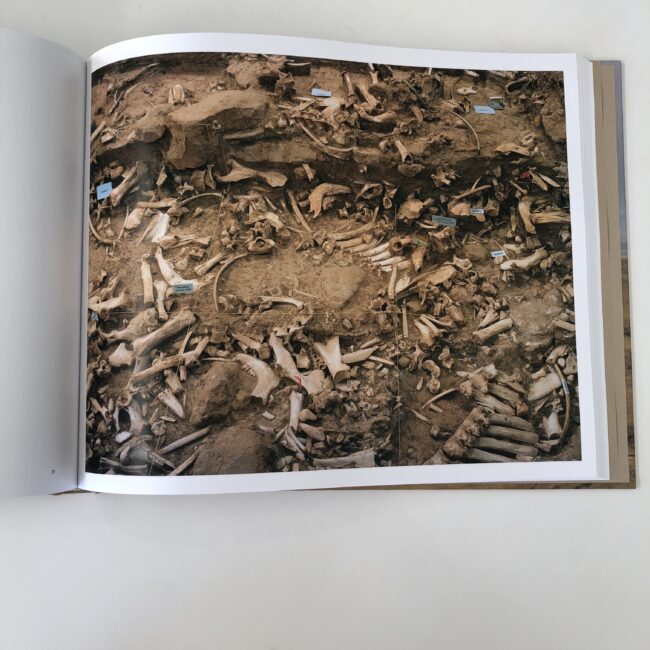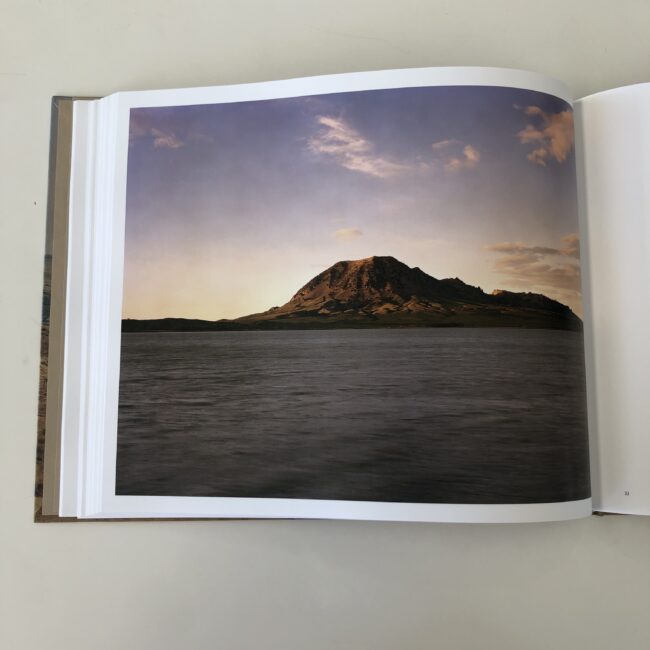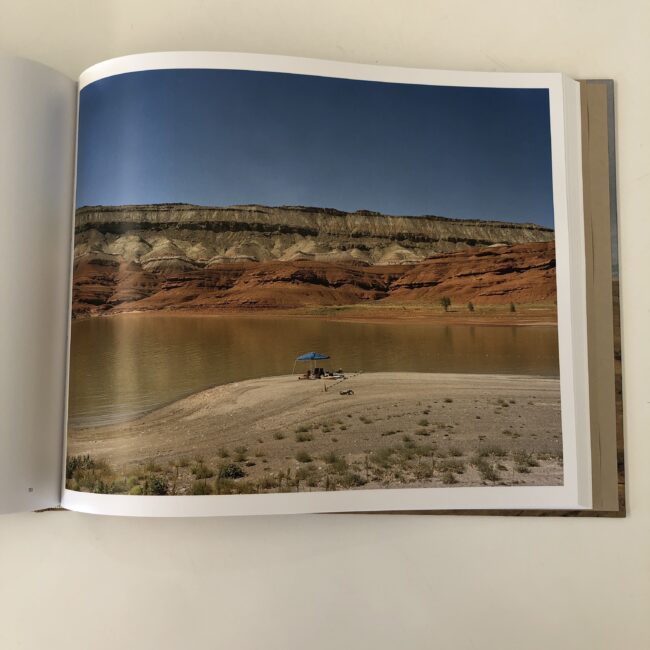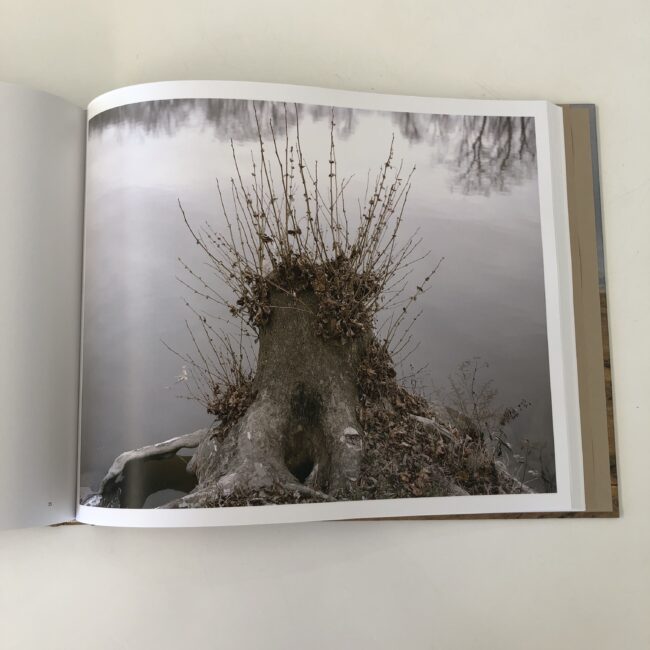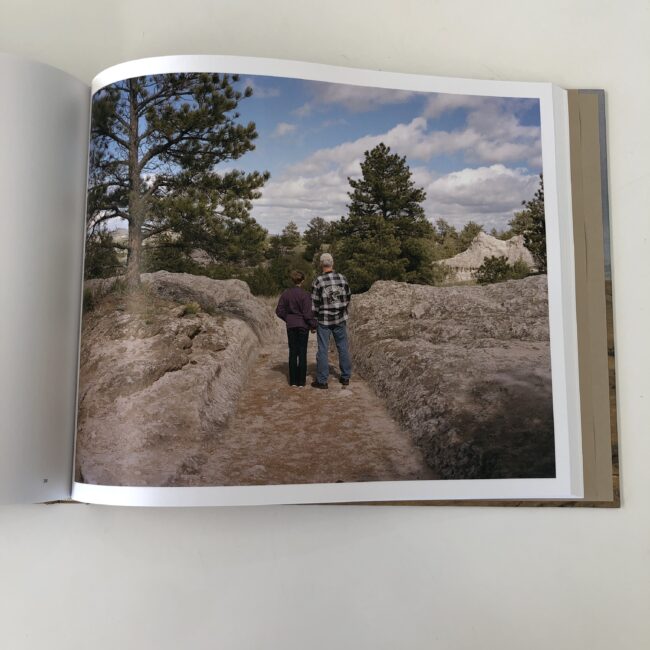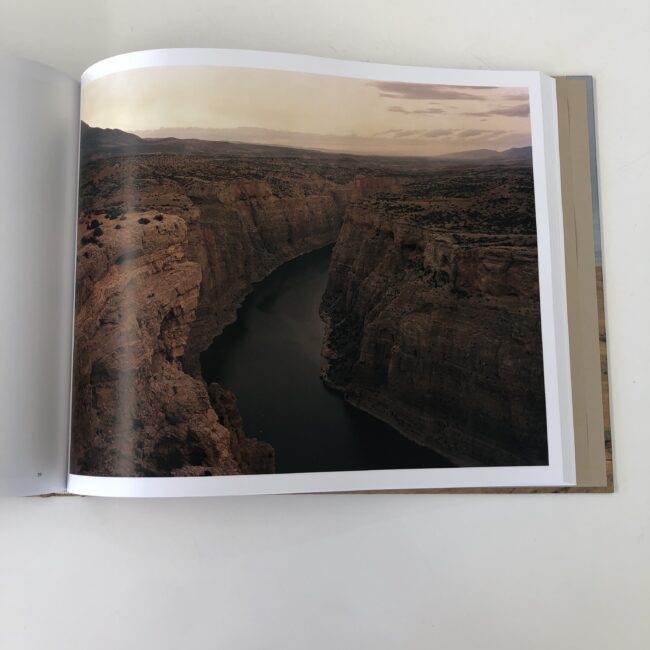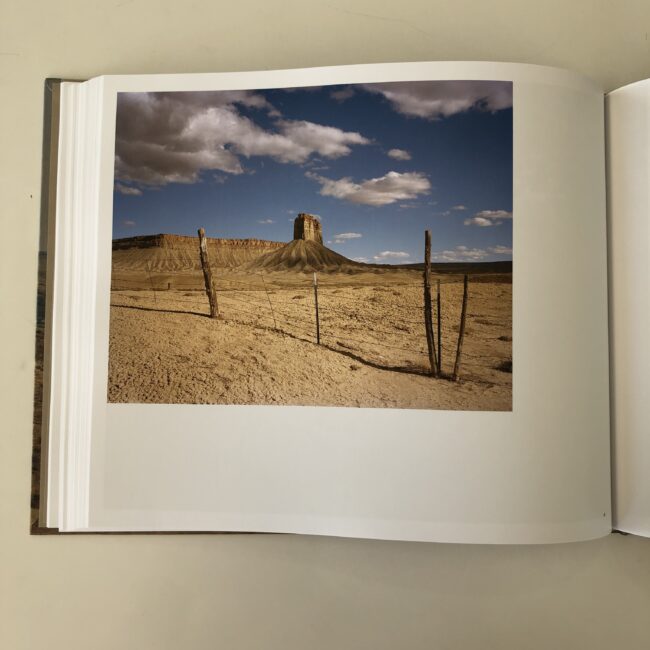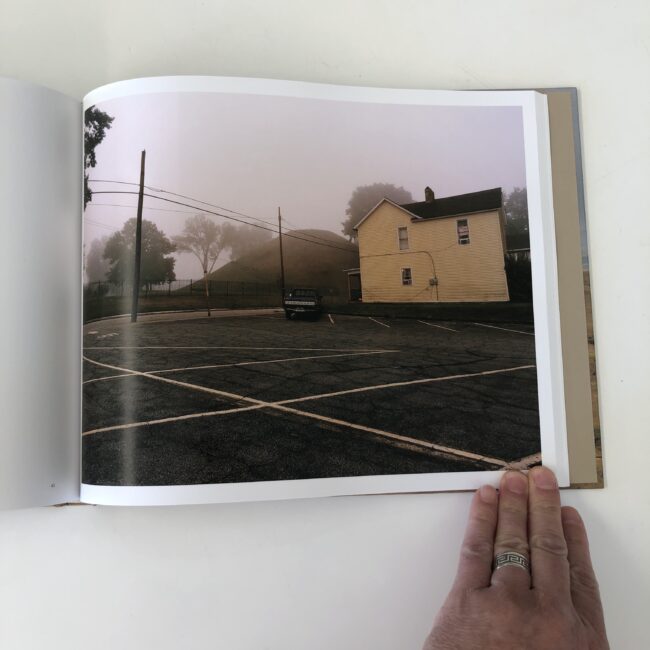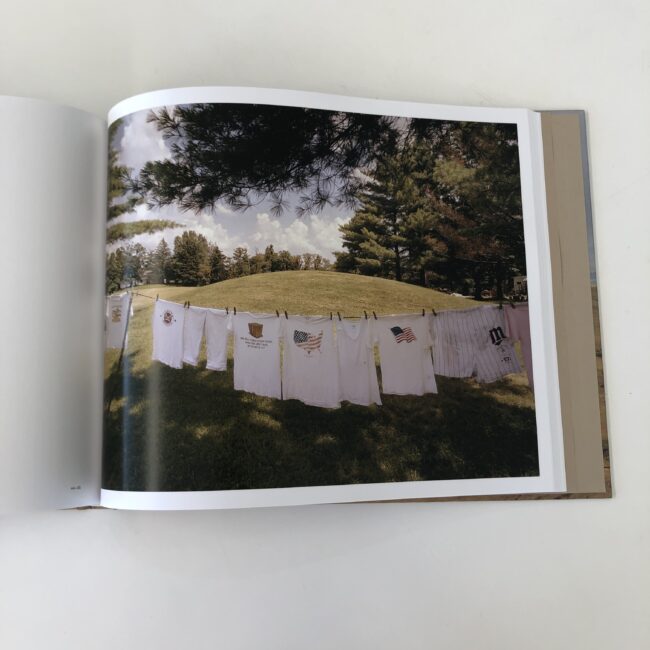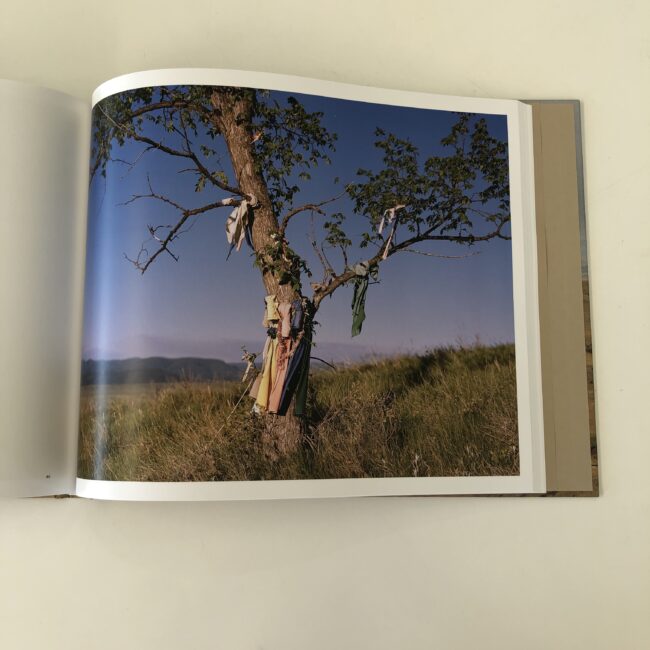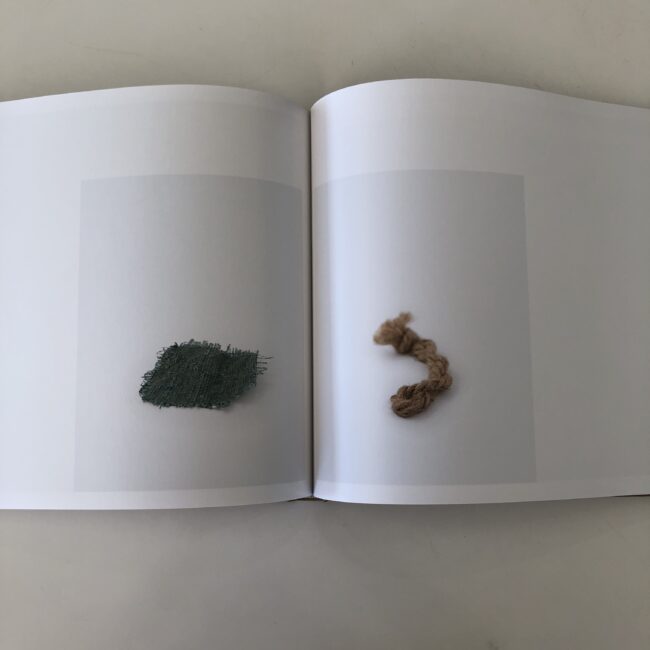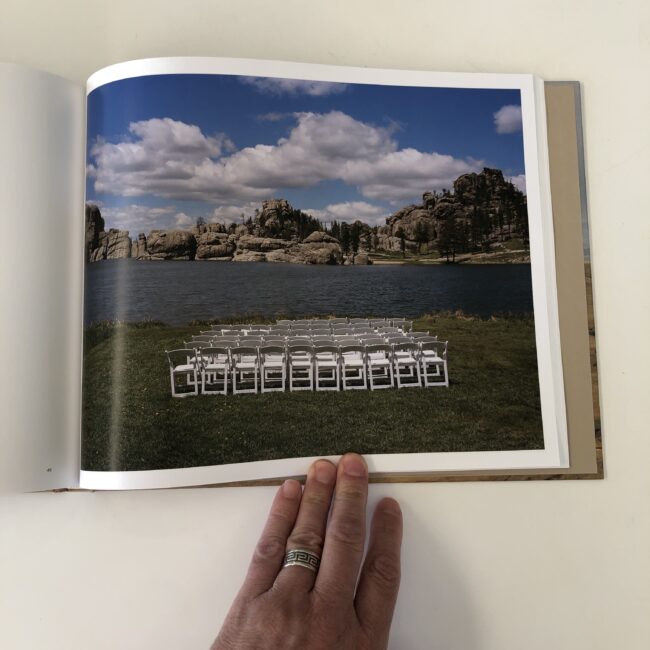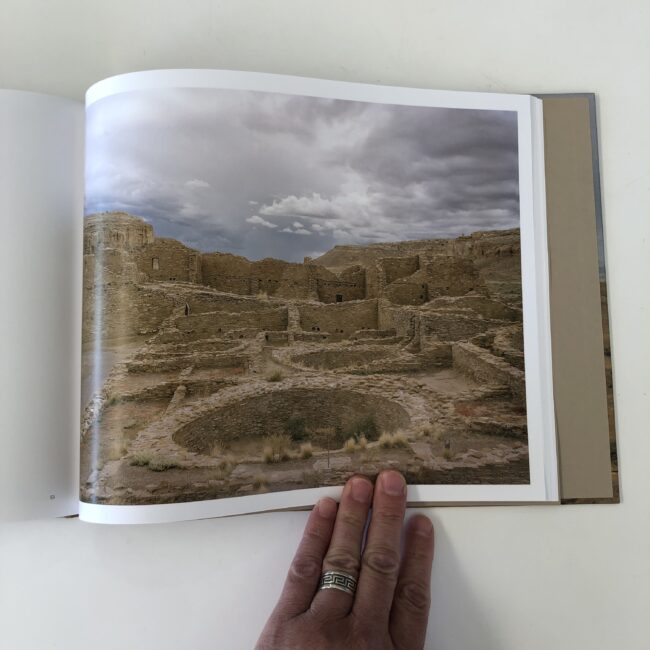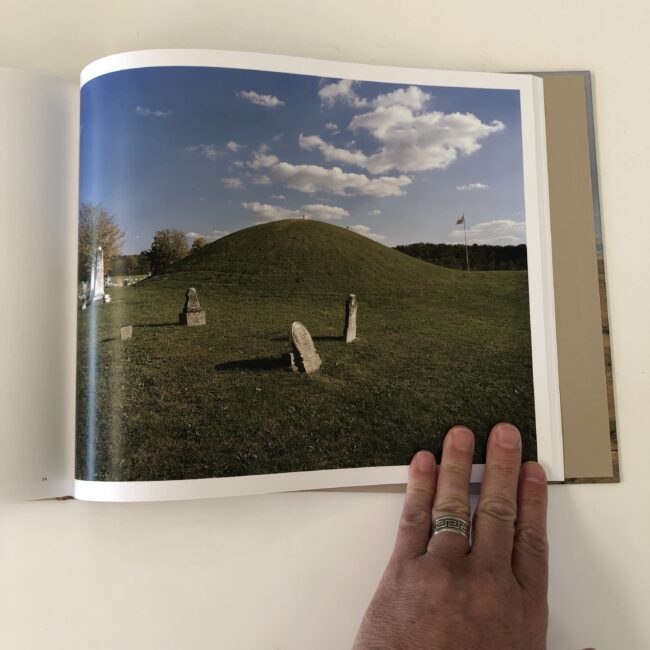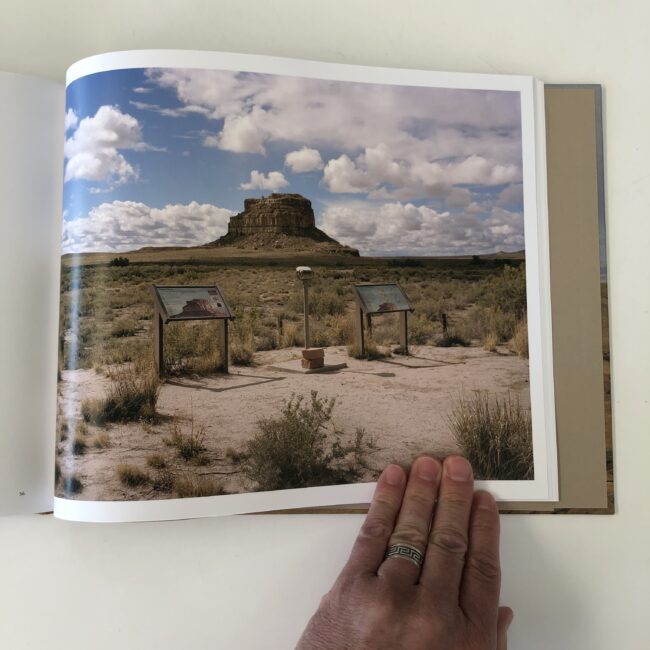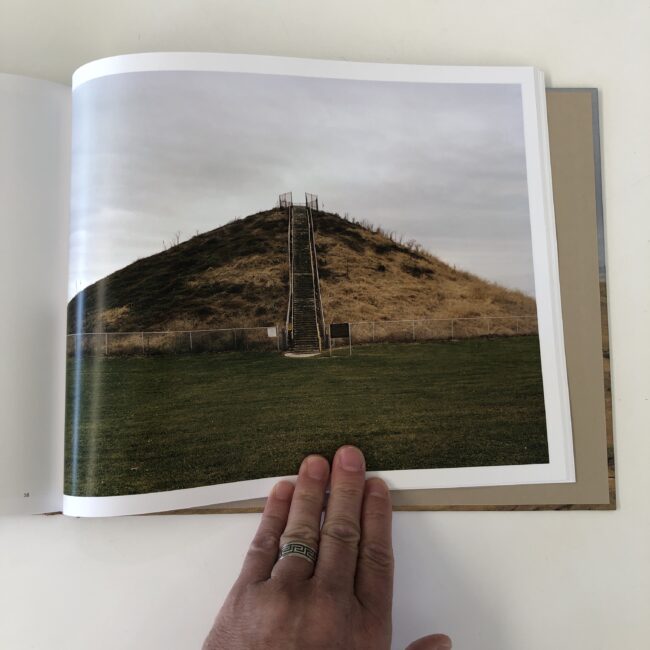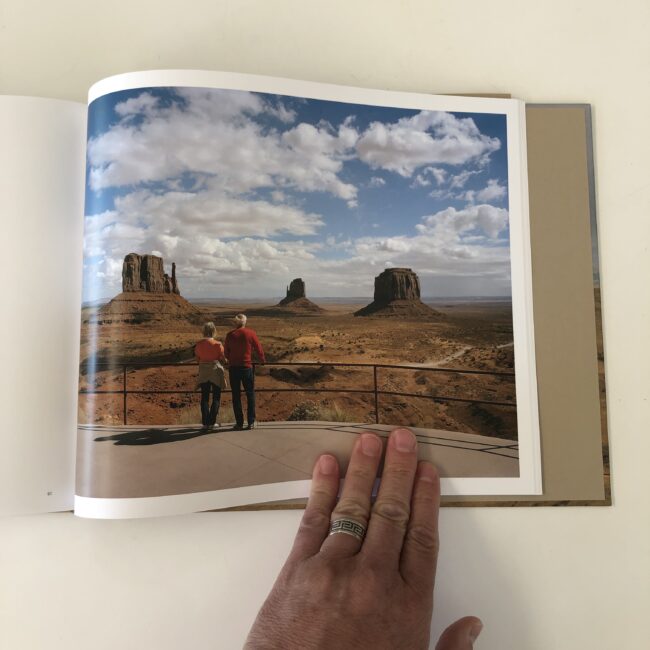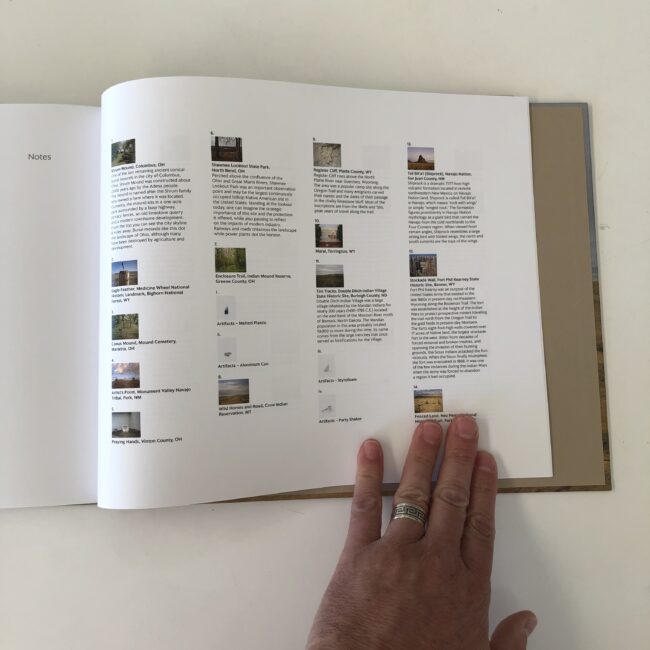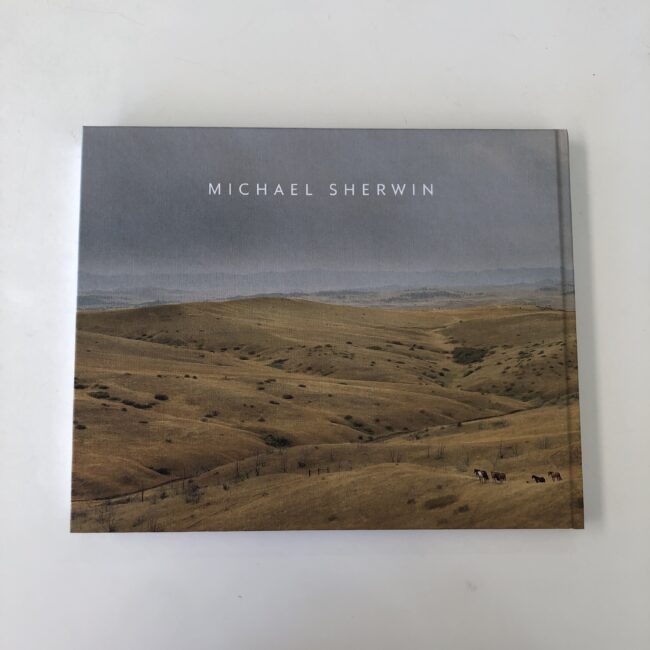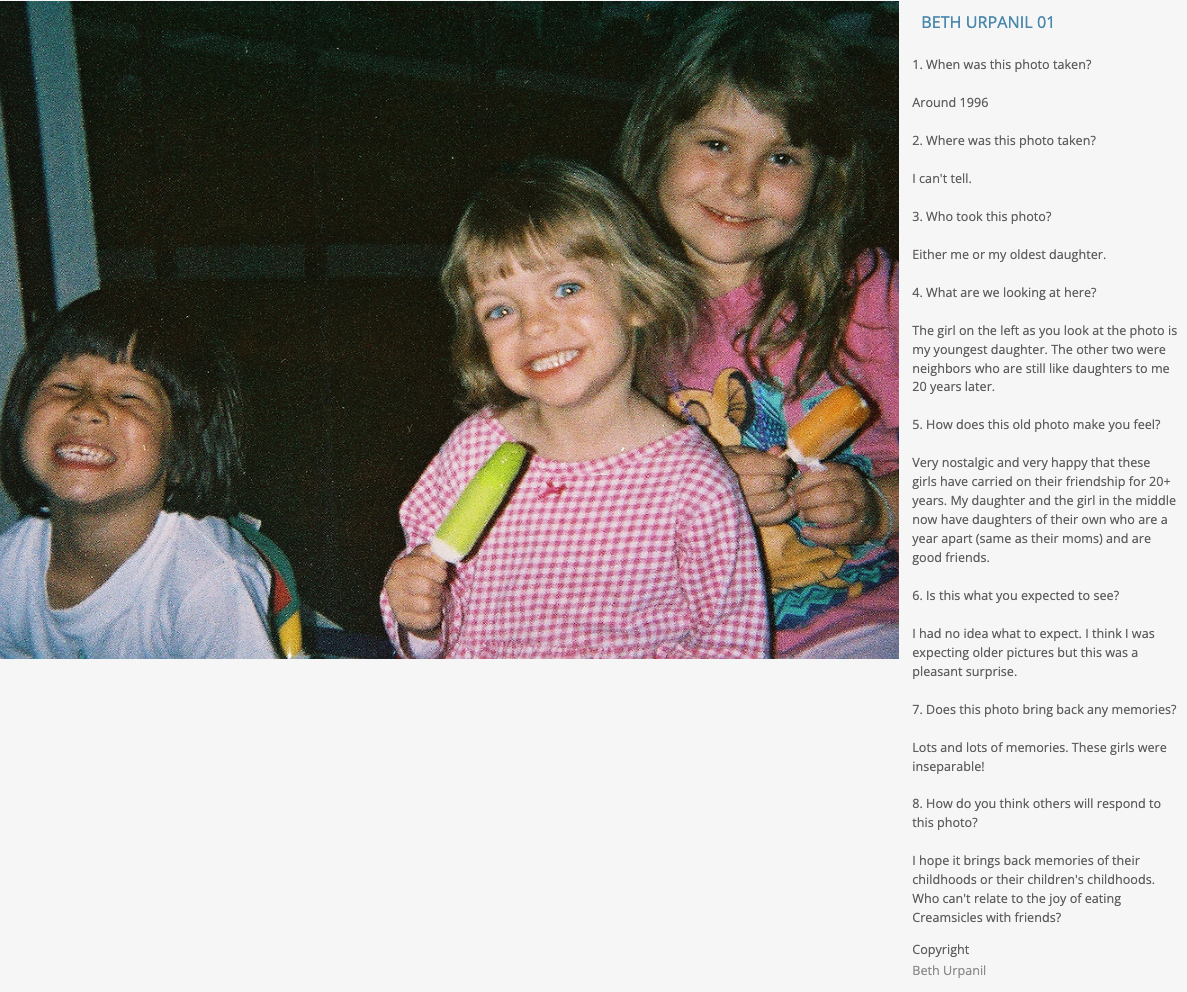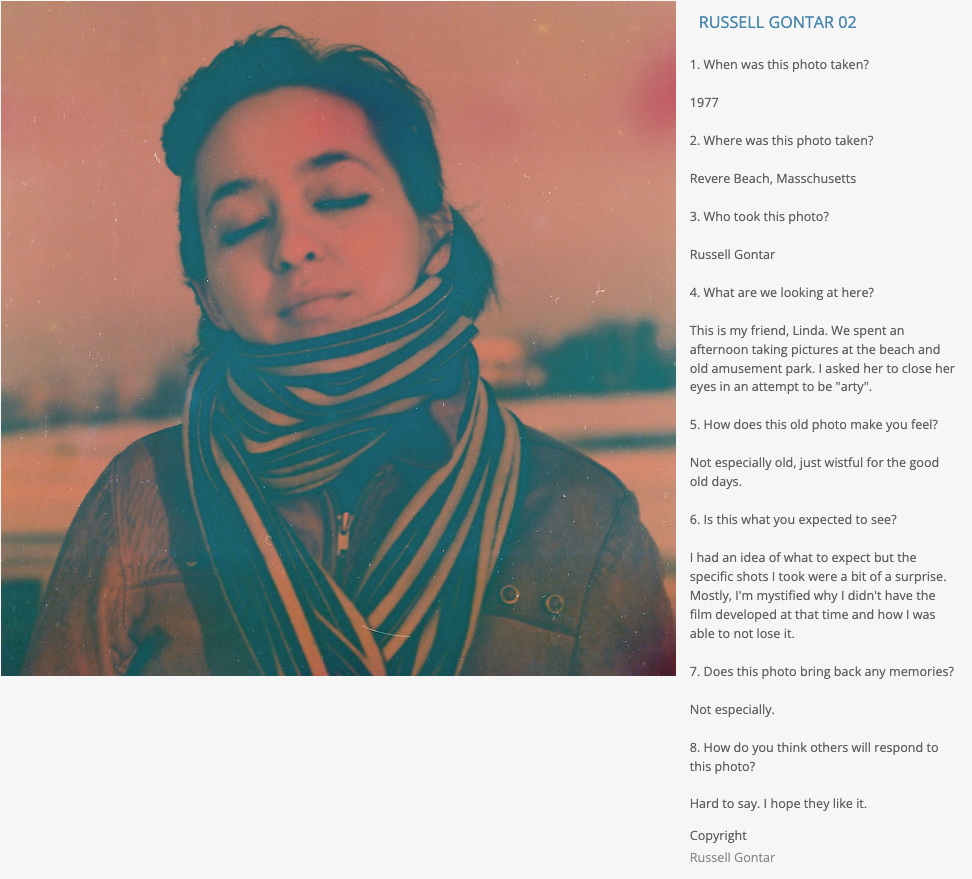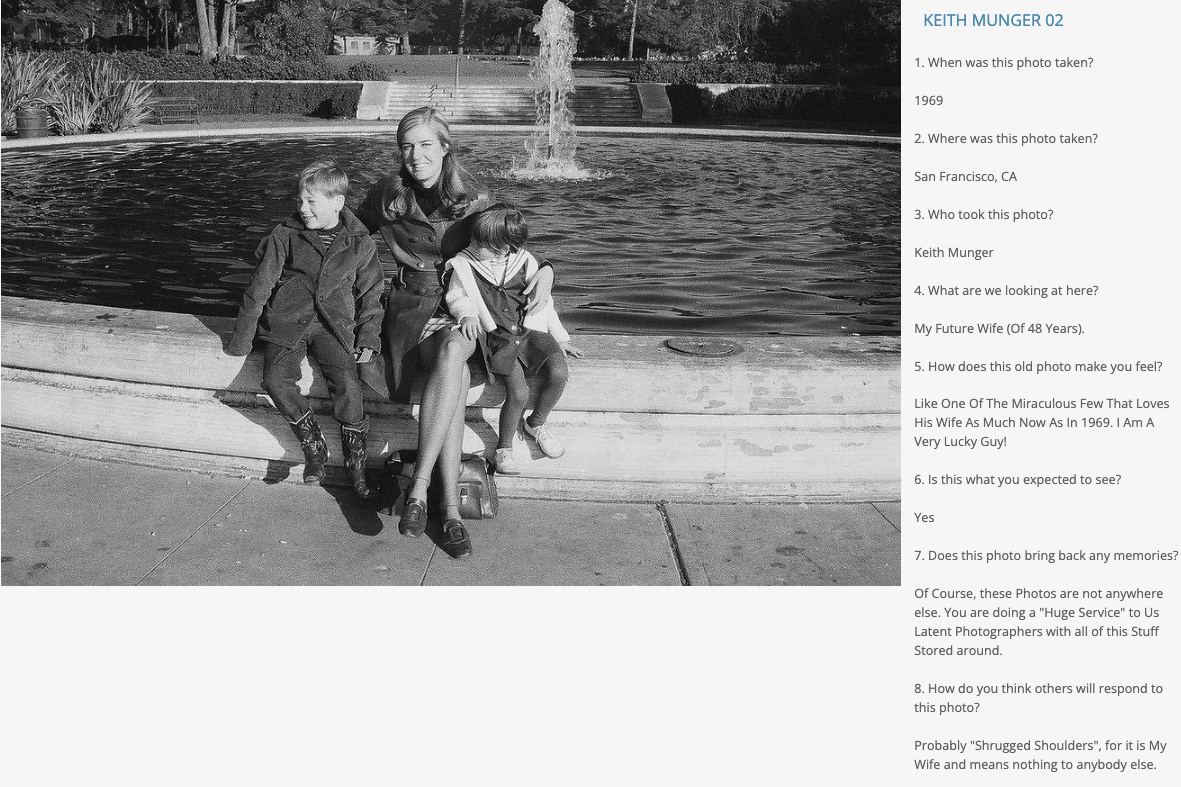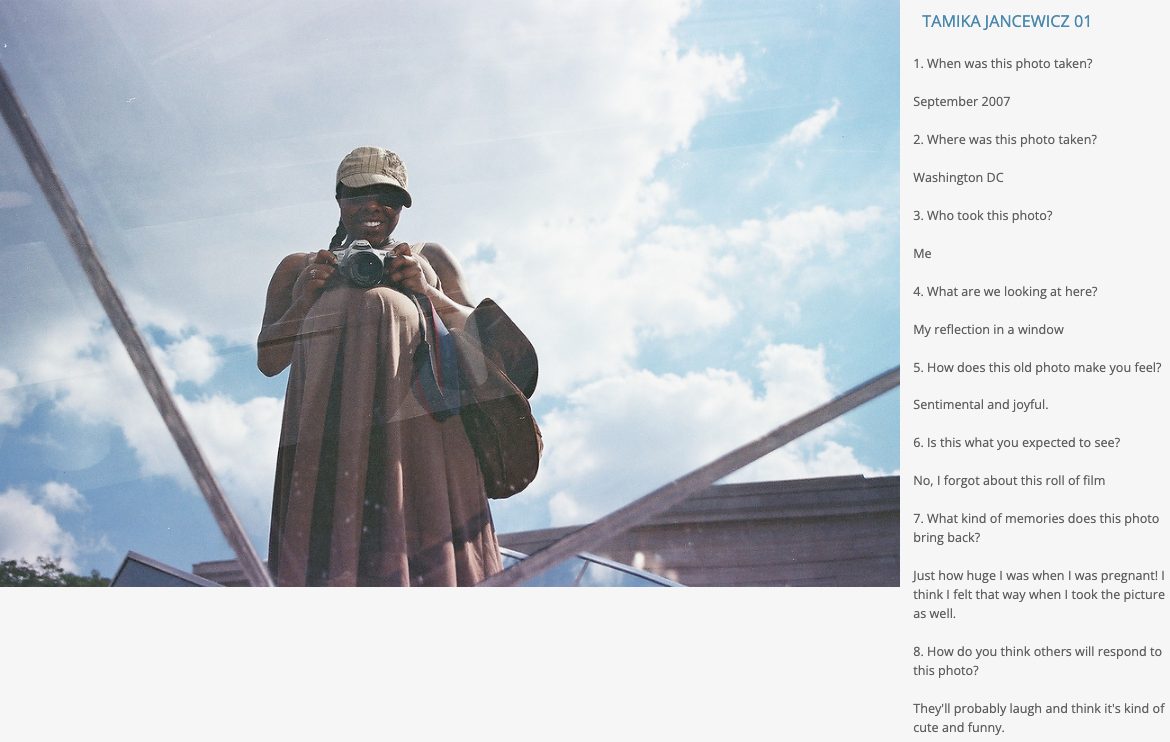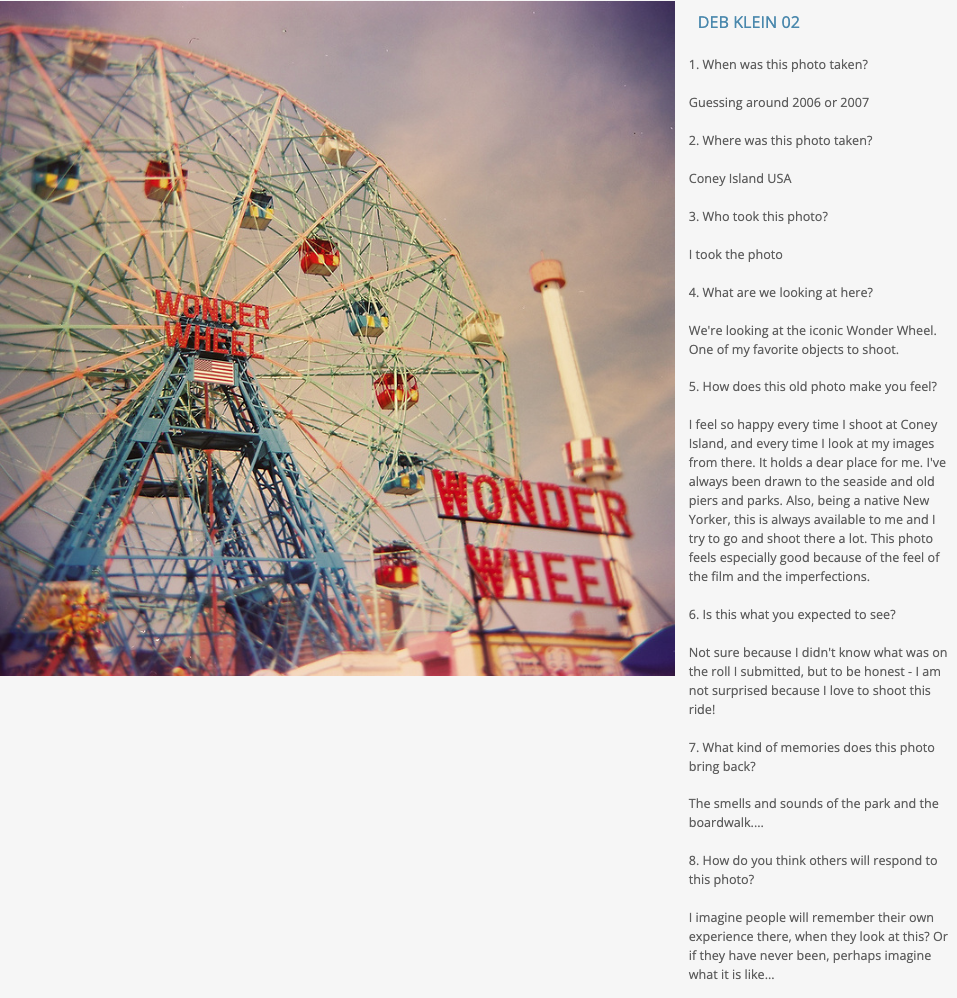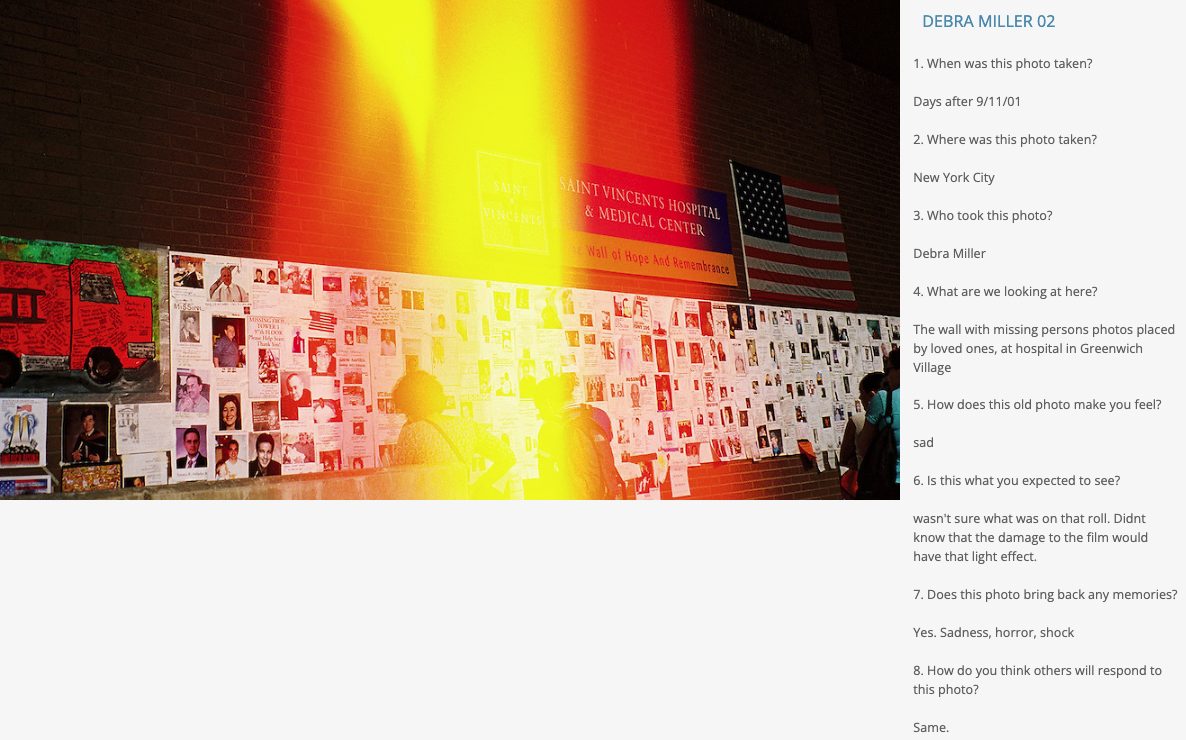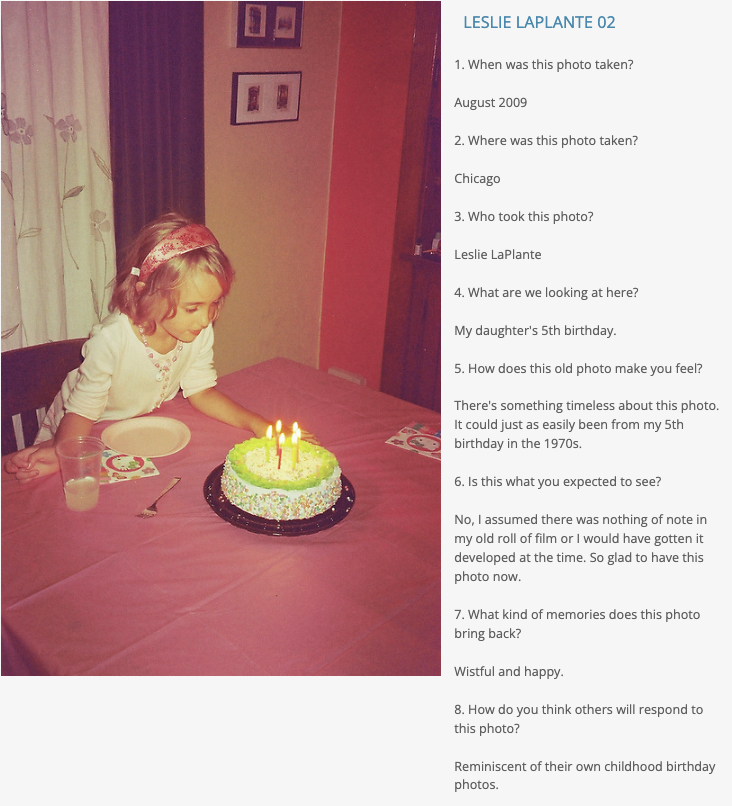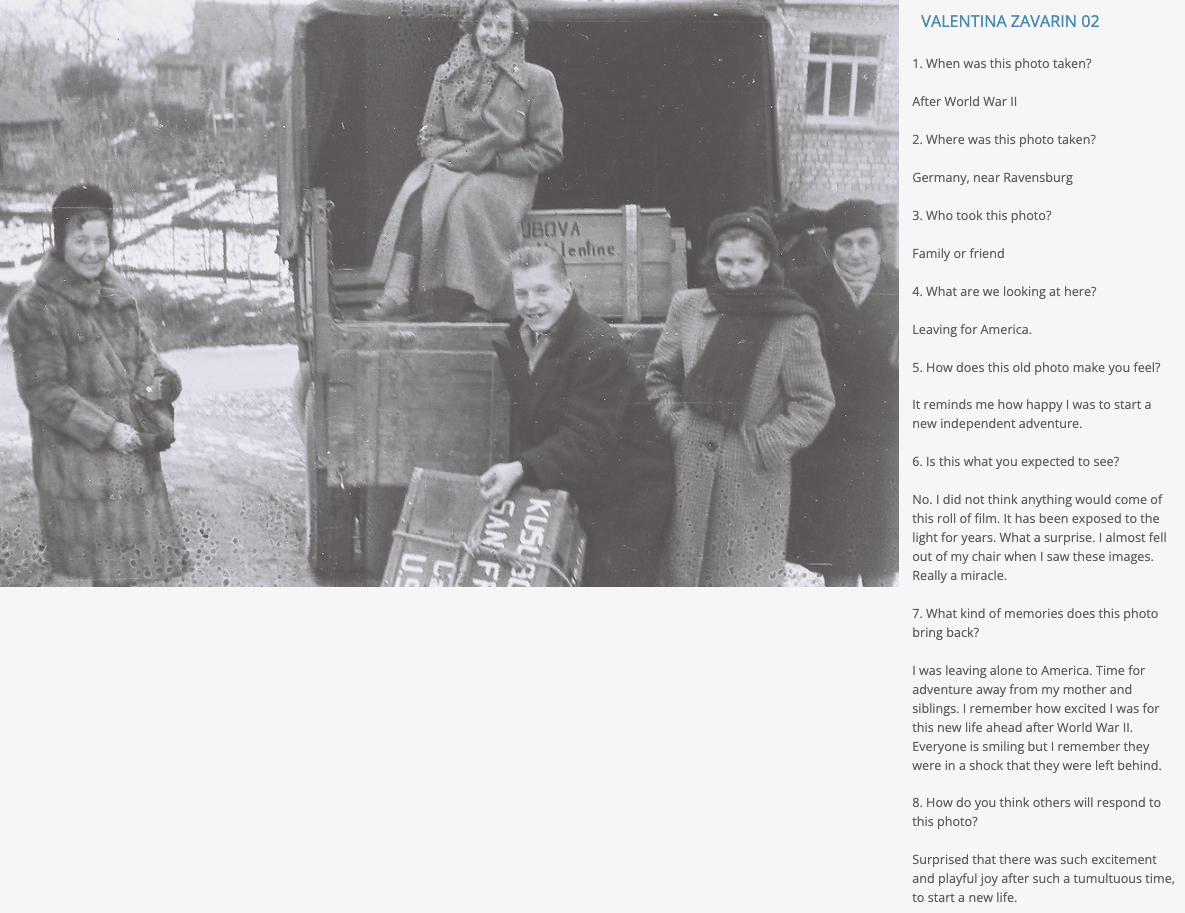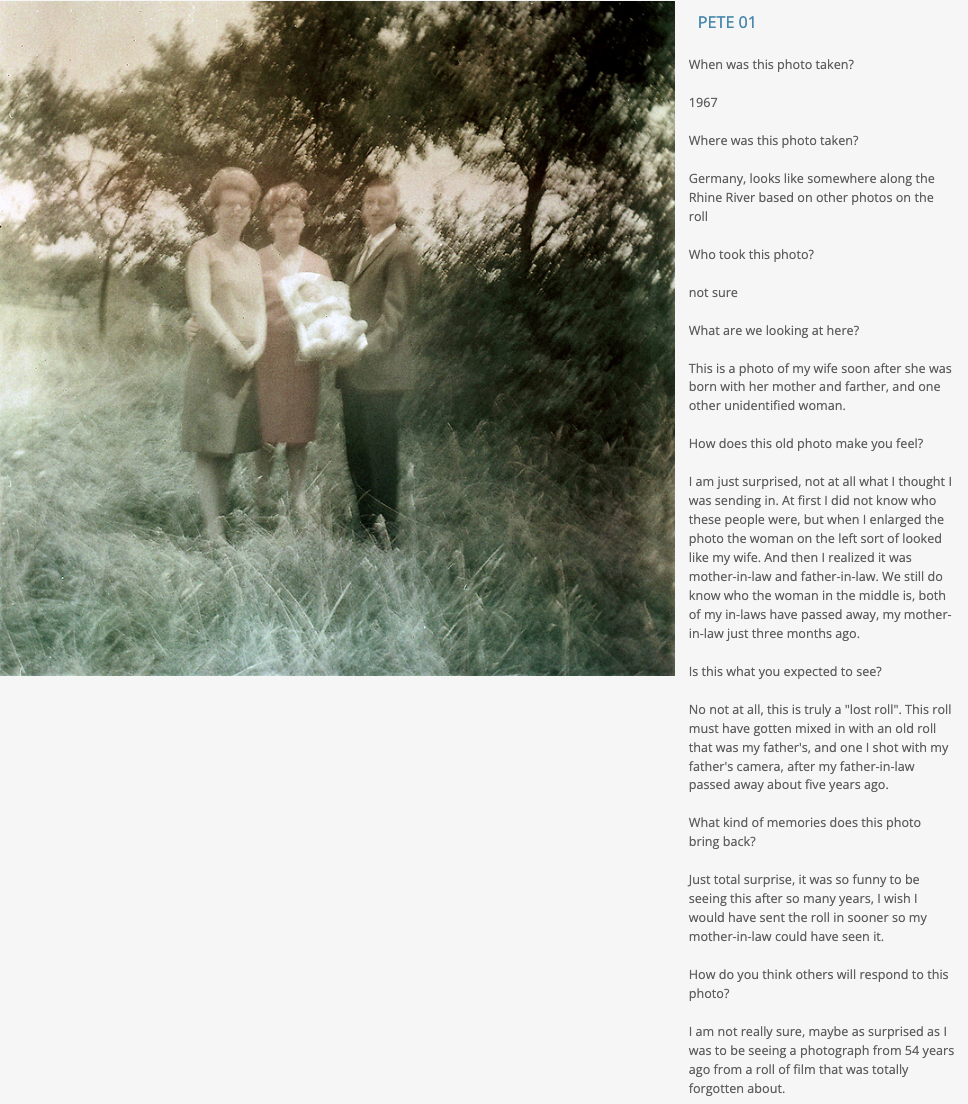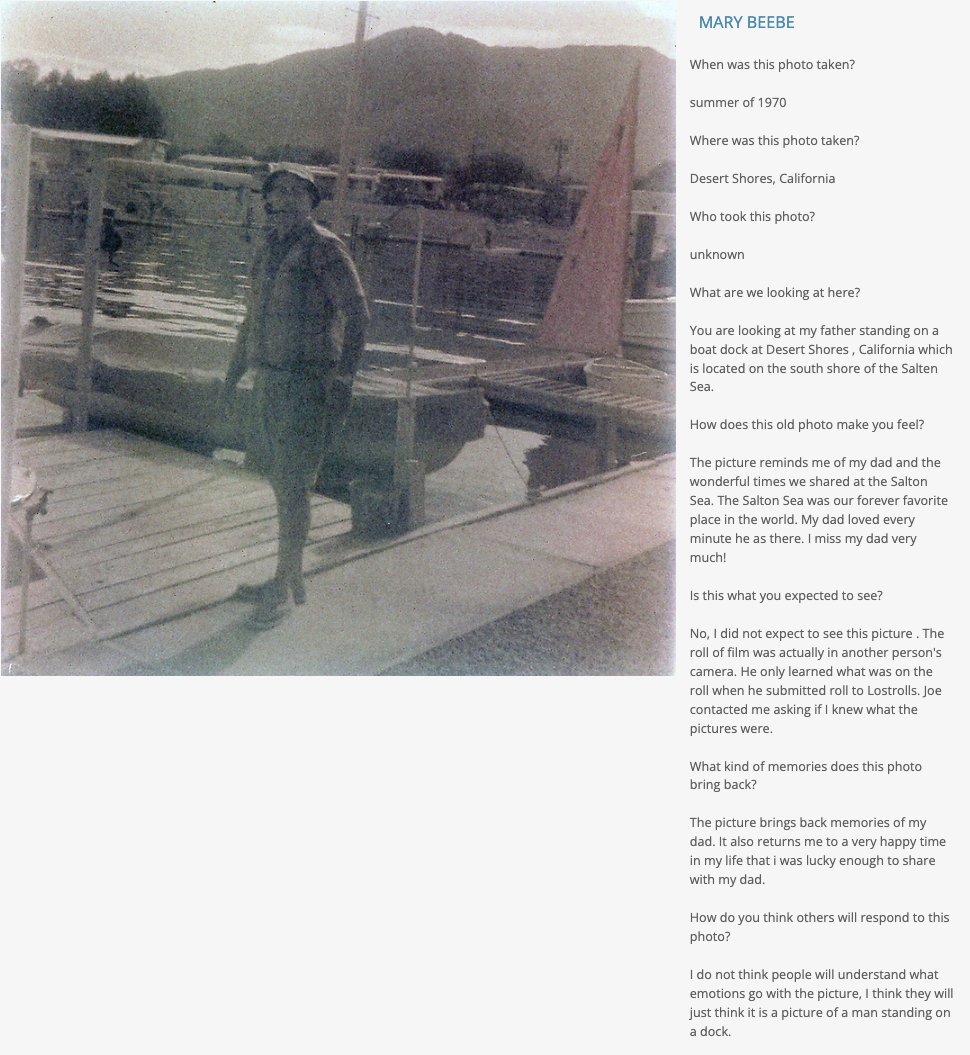I published Jim Ferguson’s work in the column a while back.
(Probably five years ago, if I had to guess.)
I met Jim at the Filter Photo Festival in Chicago, but had already heard of him, as he was buddies with my client Allen.
I always encourage artists to build out their friend and peer network, (especially at festivals,) because no matter how much we cross our fingers and hope the gallerist/curator/publisher/editor across the table will give you your “big break,” as often as not, it’s your friends who hook you up.
(Anyone who’s gone to art school knows this is true, and of course it’s not like I invented the concept.)
Art education is literally built upon the idea that other peoples’ informed opinions help you grow.
Of course, knowing whom to trust is a learning process, and occasionally we all have to tune out the noise and listen to our internal compass.
But 9 times out of 10, if your peer network is telling you the same thing, that means something.
So when Allen said he and Jim did that for each other, and were in critique groups together, I took that as a good sign.
By the time I met Jim, I expected to like his work, and in fact I did.
He showed me a series of urban, abstracted (but not abstract) images he made that reflected his “compromised” vision.
As I recall, Jim had little-to-no depth perception, so his photographs flattened out the picture plane, to the point a viewer could sense how that type of vision might affect a person.
Most of his photos were black and white, and the compositions and tonality were also strong, so it was easy for me to include him in one of my lengthy, rambling articles featuring the best work I saw at Filter that year.
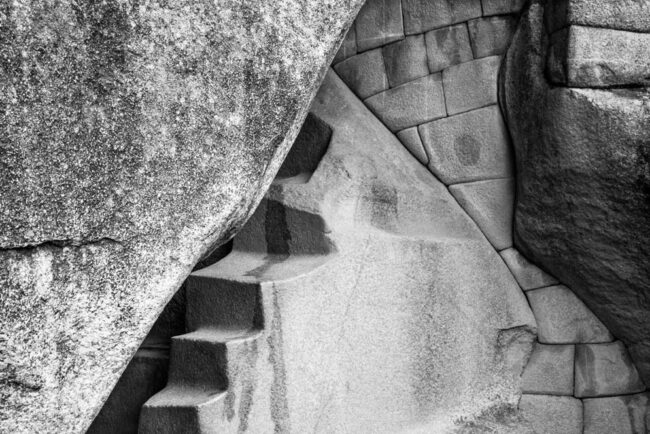
I’m pretty sure I bumped into Jim once or twice again in Chicago, but wouldn’t bet my life on it.
Regardless, I was impressed by the man, and his talent, but I meet more than a hundred photographers each year, (due to my regular travels on the festival circuit,) and that was that.
Not-quite-a-year ago, I noticed a book come in the mail, with Jim’s return address, so I chucked it in the submission pile with the rest of the books, and didn’t give it another thought.
Not long thereafter, (probably a month or two,) Allen reached out to tell me Jim had been diagnosed with an aggressive form of cancer, and was very ill.
The end was imminent, Allen wrote, and then he followed up a day or two later to tell me Jim had passed away.
It caught me off guard, because within a year or so, I’d also learned of the passing of two artists I’d reviewed at festivals: Paula Riff and Nicholas Fedak.
Everyone dies.
I get it.
But I have a near-photographic memory, (for faces as well,) so I remember almost everyone I’ve met in the photo world over the past 13 years.
(Since I attended my first portfolio review in 2009.)
And up until that point, everyone was still around, as far as I knew.
They say things come in threes.
I get it.
This, however, was no fun at all.
And as soon as Allen told me about Jim’s death, I realized eventually, I’d need to open the book package and see what lay inside.
Today is that day.
Two days ago, here in Taos, the season changed.
It went from high summer to late summer, and it happens every freaking year, right around now.
The light shifts, and if you didn’t live here, (and weren’t a photographer,) you might not notice.
But the temperature changes subtly as well, so you need a long-sleeve shirt and sweat-pants in the mornings, and an extra blanket at night.
My daughter actually grabbed a fleece jacket this morning, when she woke up, and I didn’t blame her.
While much of America basks in pure-summer-frivolity, at the end of July here, I start thinking about winter.
It’s strange, I admit, but then again, my next-door-neighbor still has lights on a Christmas tree, inside his insanely-expensive-but-abandoned barn, so things just work differently in New Mexico.
(I’m not in Jersey anymore, that’s for sure.)
Frankly, if Jim hadn’t passed away, I’m not sure I’d be reviewing this book.
It’s a self-published, Blurb-book-type offering, called “Deflated Xmas,” and inside it has the subtitle: Ohhh, the plasticity!
The pictures read like point-and-shoot-pics, (more likely from a cell phone,) and given the rigorous craftsmanship of Jim’s previous work, I was taken aback.
This doesn’t seem like a serious art project, but it is fascinating as a cultural artifact, without question.
(Where I live, houses don’t look like this.)
And no one has inflatable Santas.
Nor reindeers, Olafs, or Abominable Snow Men.
But in Chicago, (or perhaps the Greater MidWest,) they’re obviously popular, because Jim was able to fill a small book with images of sad, wilted, nearly-dead Santas.
What stands for celebration, joy, and seasonal good cheer, when they’re inflated, reads as garbage when they’re crumpled on the brown, dead grass.
(Though more than one image featured a verdant lawn, so I guess Sad Santa sat out there for a while.)
True story: I had an inflatable Elmo balloon in my “Party City is the Devil” exhibition at the Harwood Museum of Art, here in Taos, in 2019.
(It closed one month before Covid was discovered in Wuhan.)
One night, a new janitor walked through my show, decided Elmo must be trash, (despite the accompanying placard, and the fact he was tethered to the wall,) so he cut the ribbon and threw it away.
The museum called me the next day, mortified, and they actually went to Santa Fe to get a replacement.
Deflated Elmo was so pathetic, the janitor could not conceive of him as art, so tossed him in the bin.
And that’s what this book feels like.
It’s a well-observed take on a strange-ass phenomenon, one I definitely have not seen before.
(Which makes it review-worthy.)
I don’t know the circumstances under which this book was made, and I can’t ask Jim Ferguson.
I feel like he’d be psyched to have it reviewed, and perhaps he used this little side-project as a distraction, while his body betrayed him.
I guess we’ll never know.
But this summer has felt like an inflection point, where big changes are afoot, even beyond the calendar ticking from high to late summer.
And no one really knows what’s up ahead, do they?
See you next week, and I hope you’re enjoying some relaxation, or vacation, should you have the chance to take it down a notch.
To purchase “Deflated Xmas,” click here
If you’d like to submit a book for potential review, please email me at jonathanblaustein@gmail.com. We are particularly interested in books by artists of color, and female photographers, so we may maintain a balanced program. And please be advised, we currently have a significant backlog of books for review.

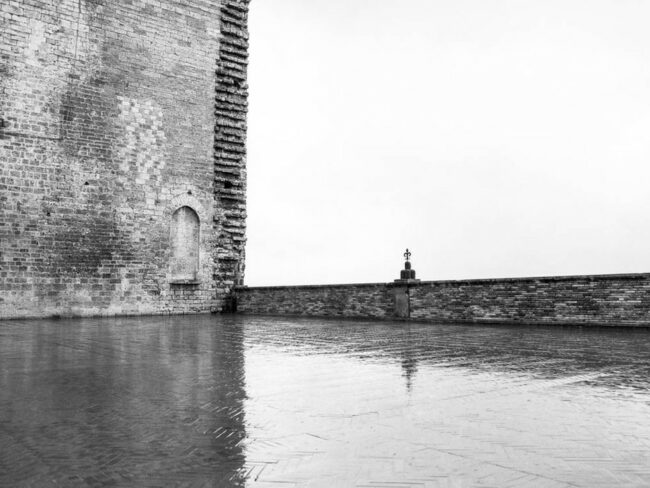
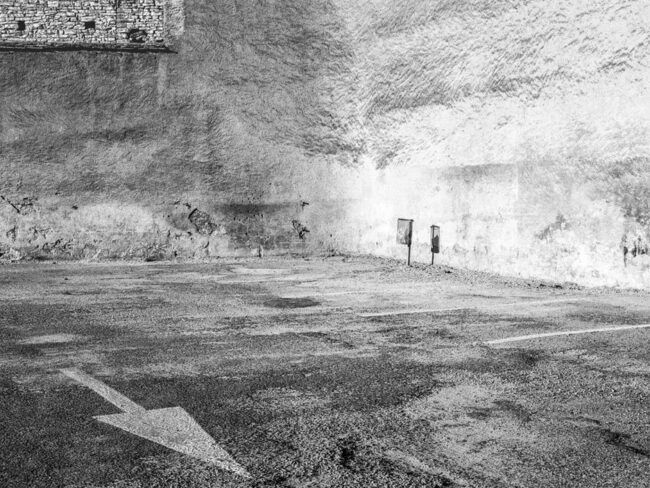
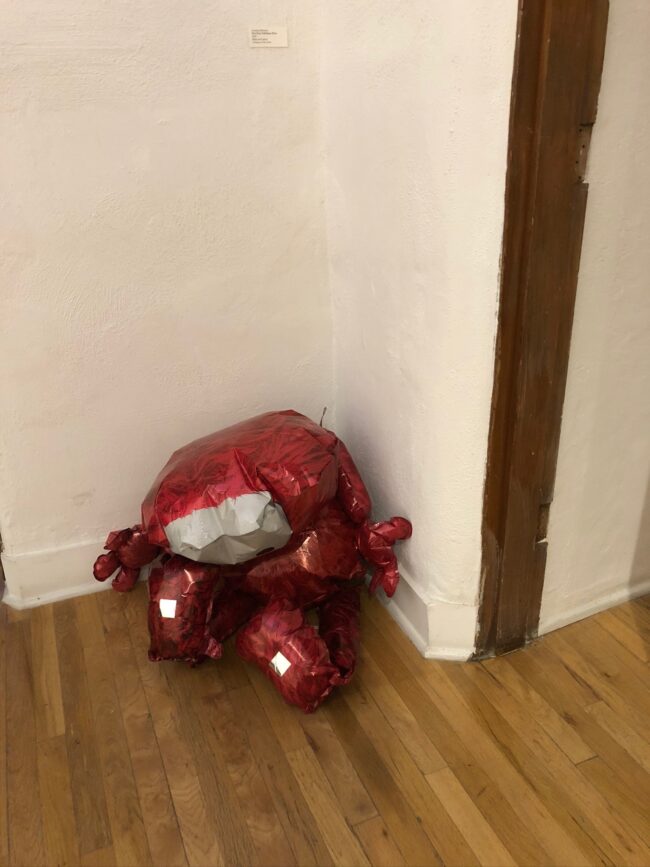
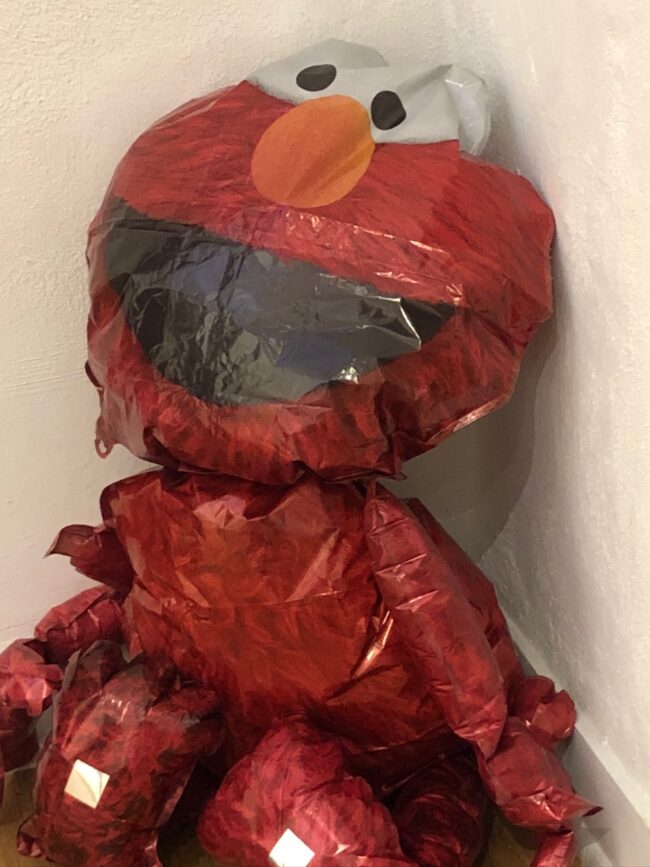
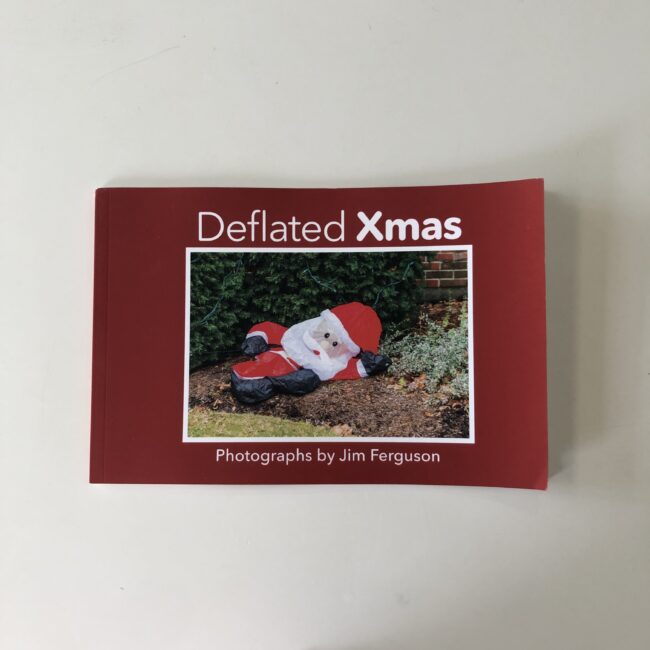
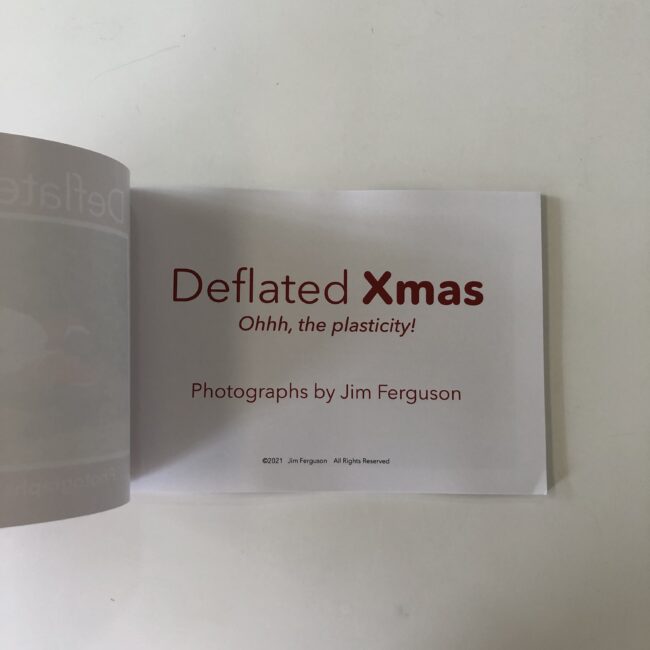
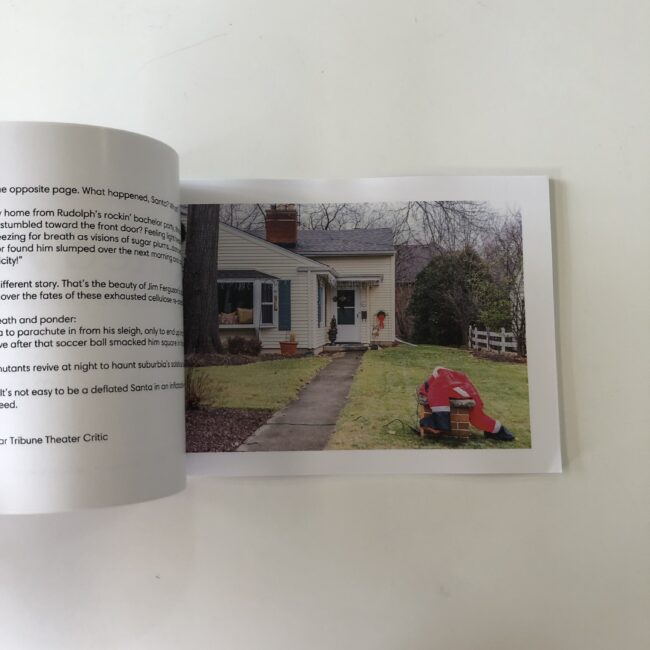
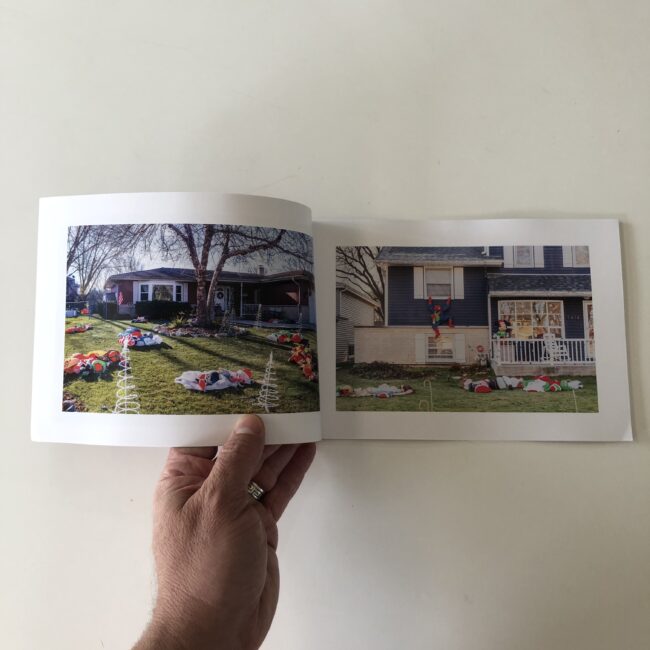
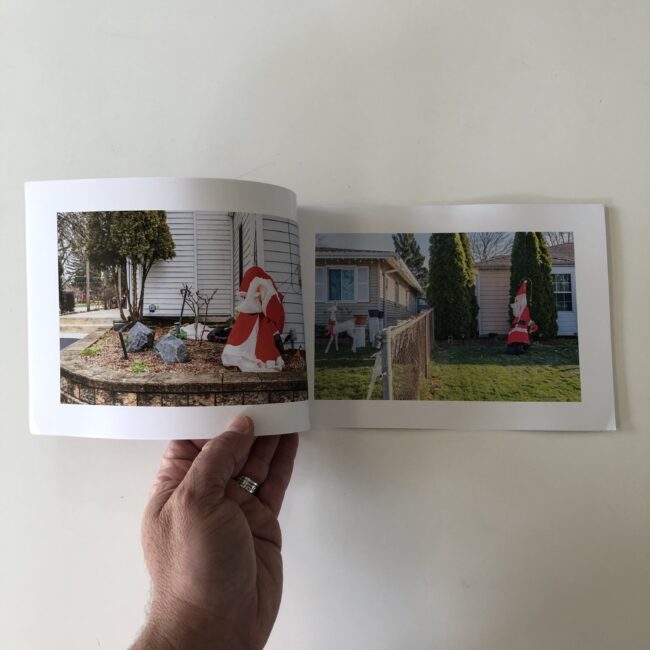
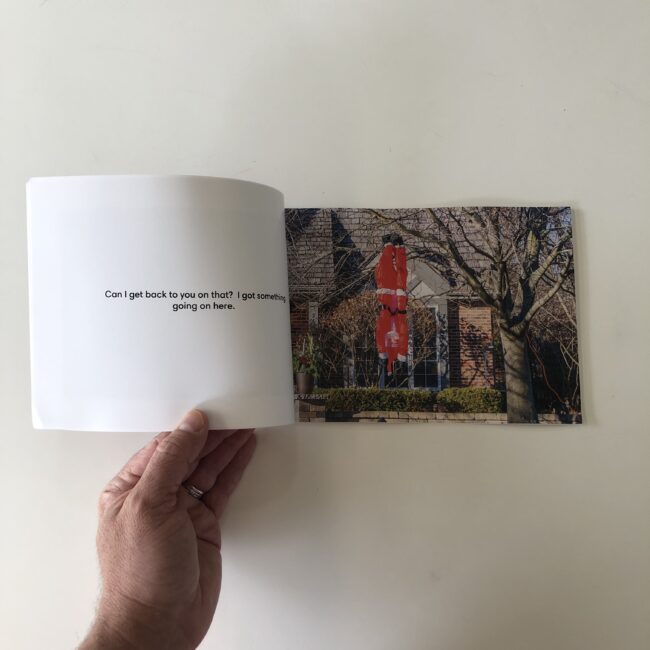
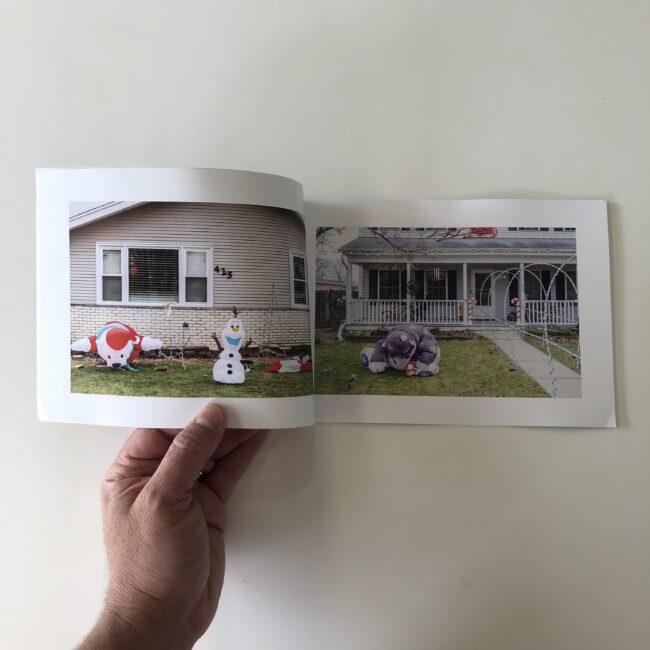
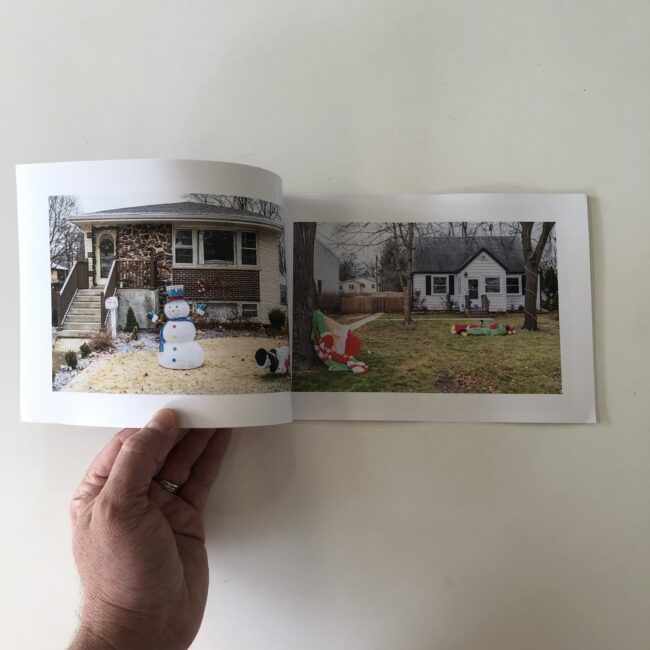
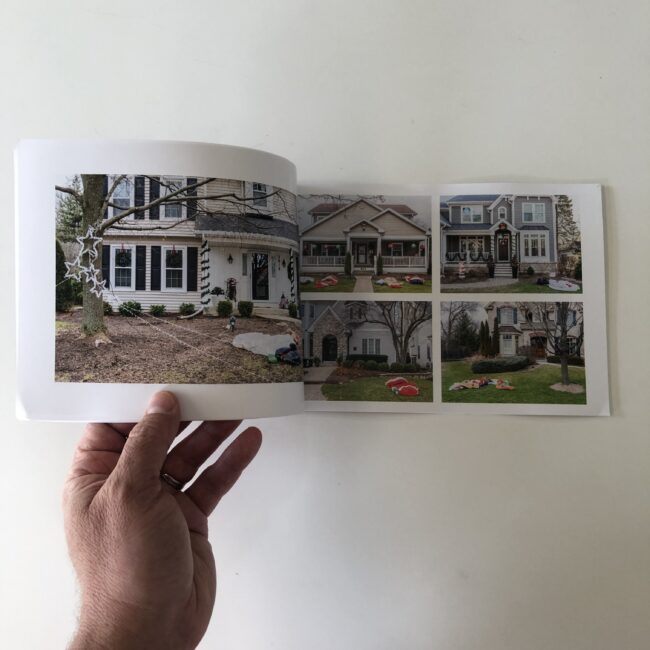
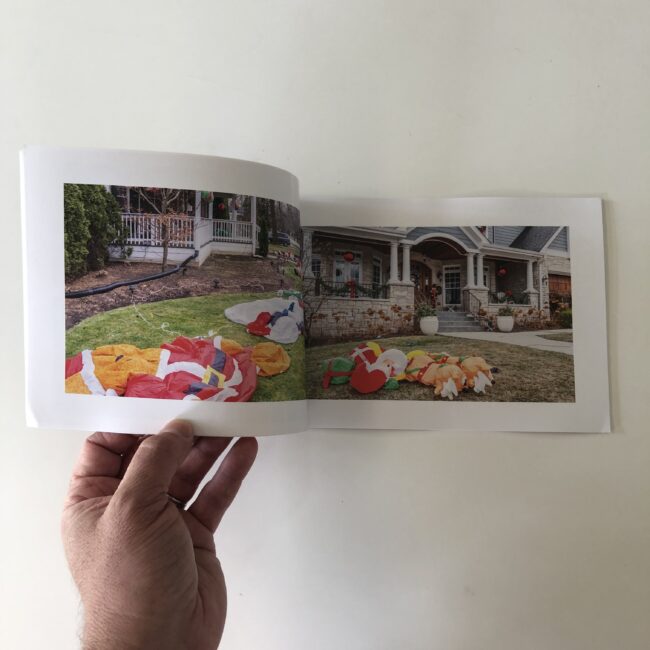
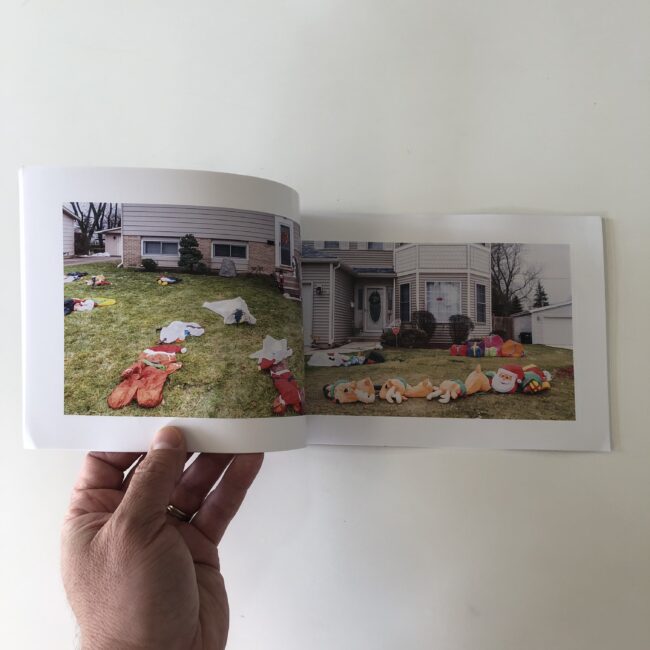
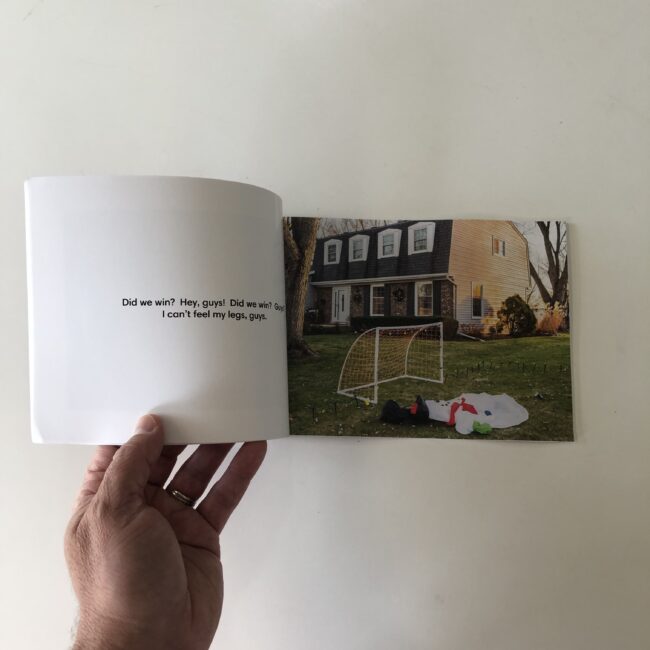
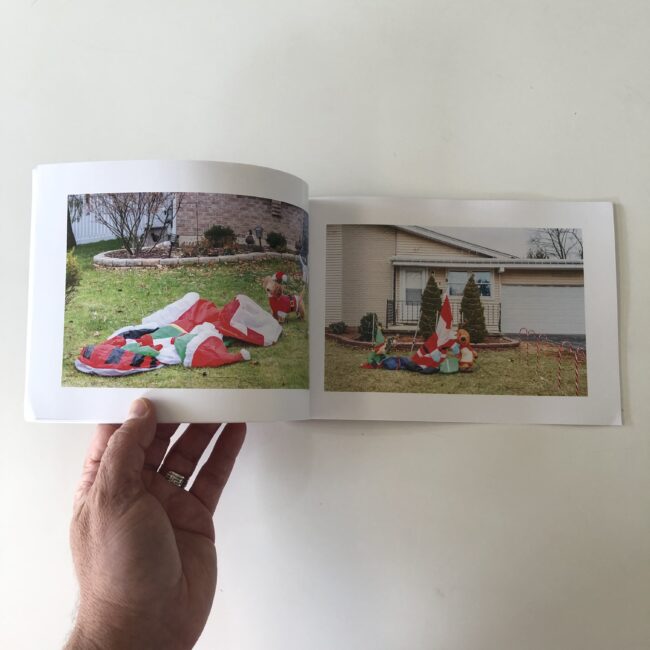
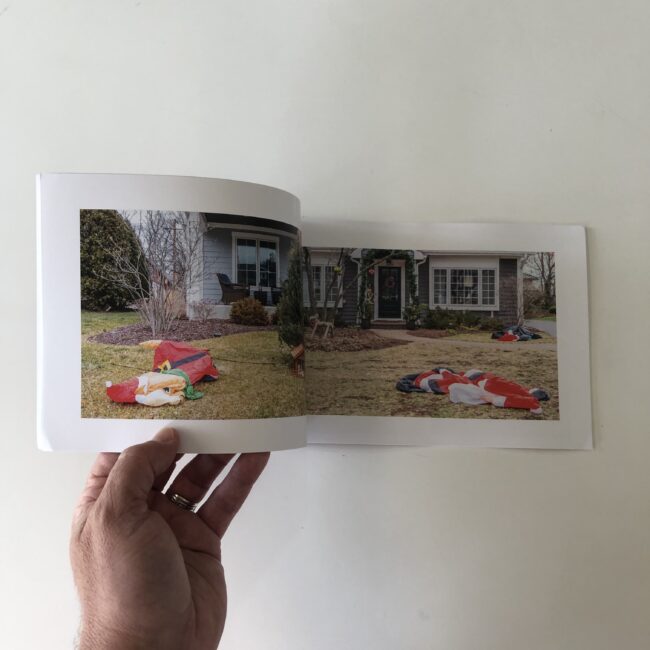
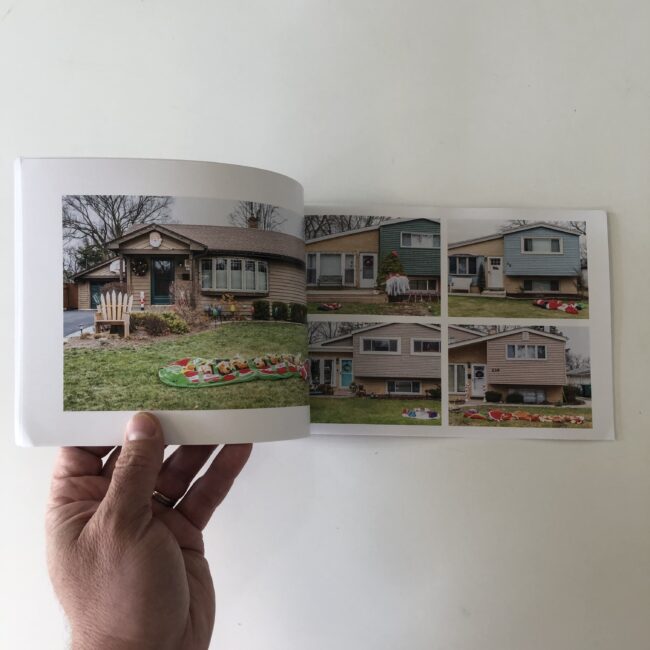
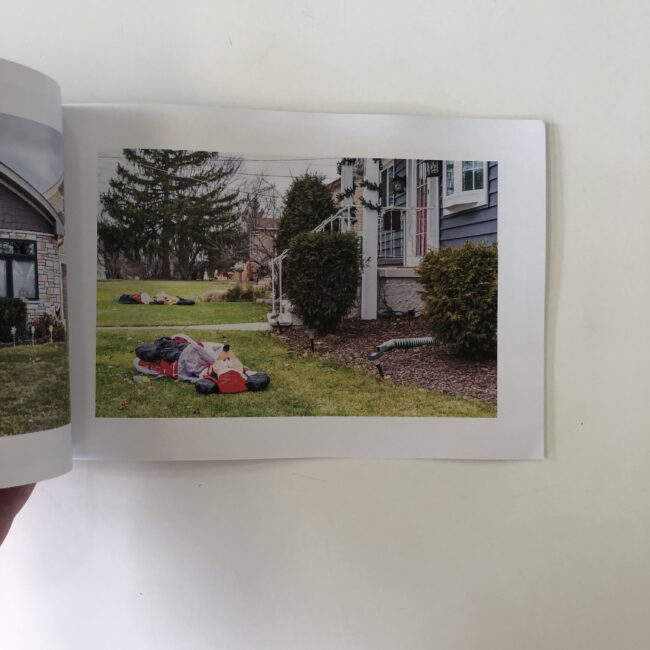
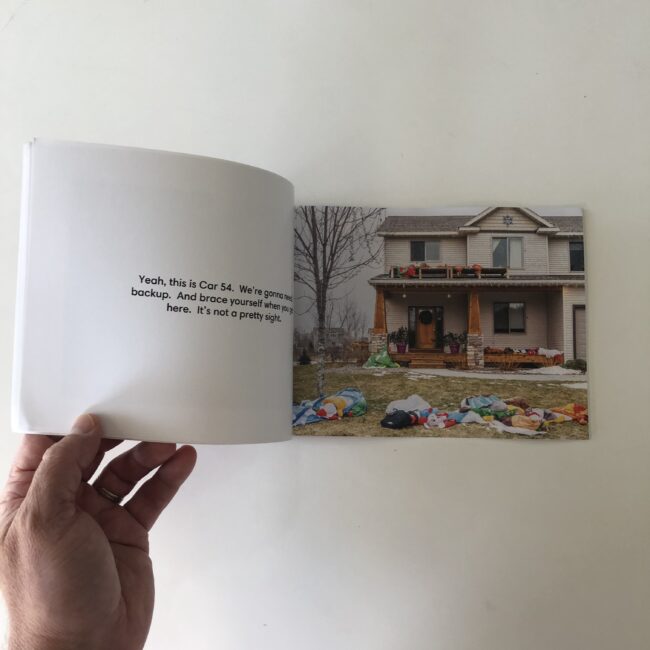
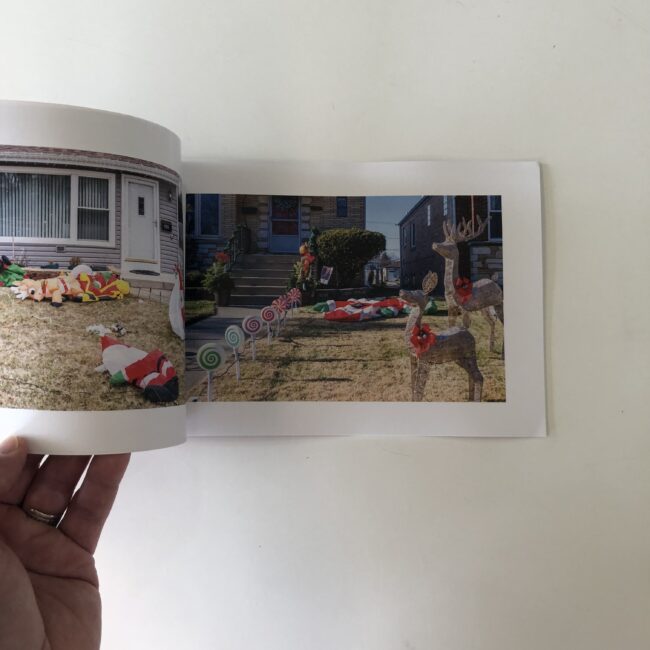
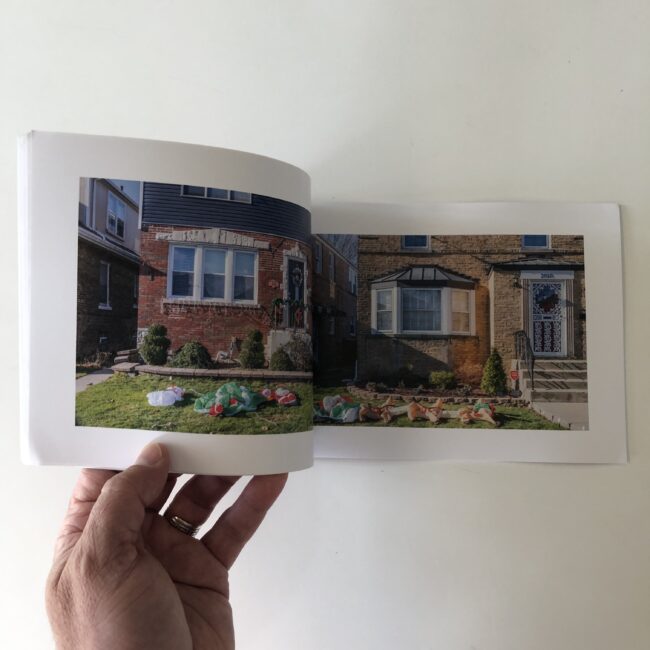
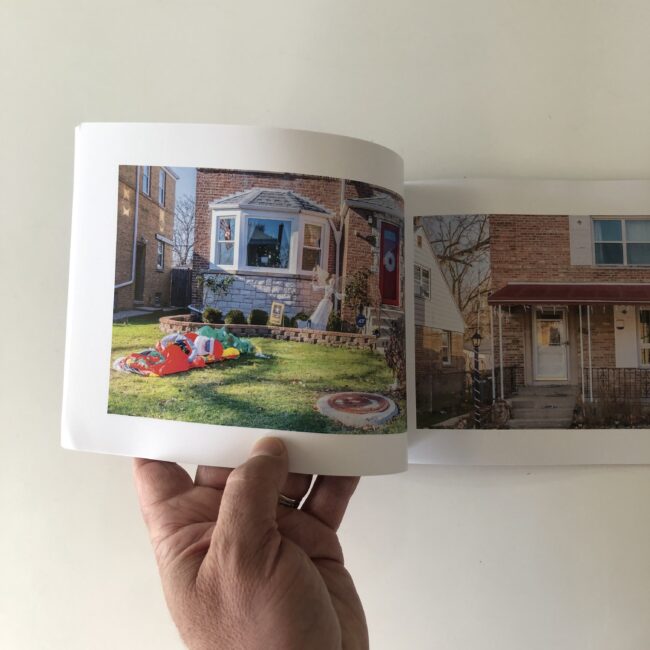
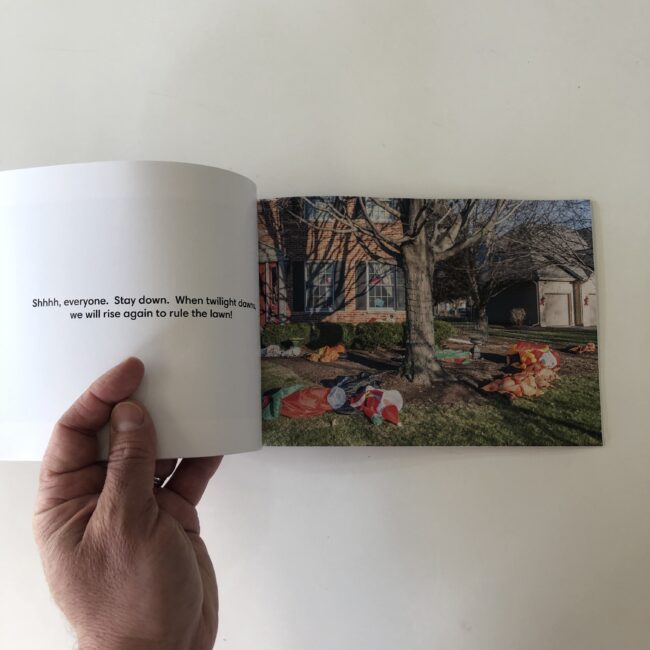
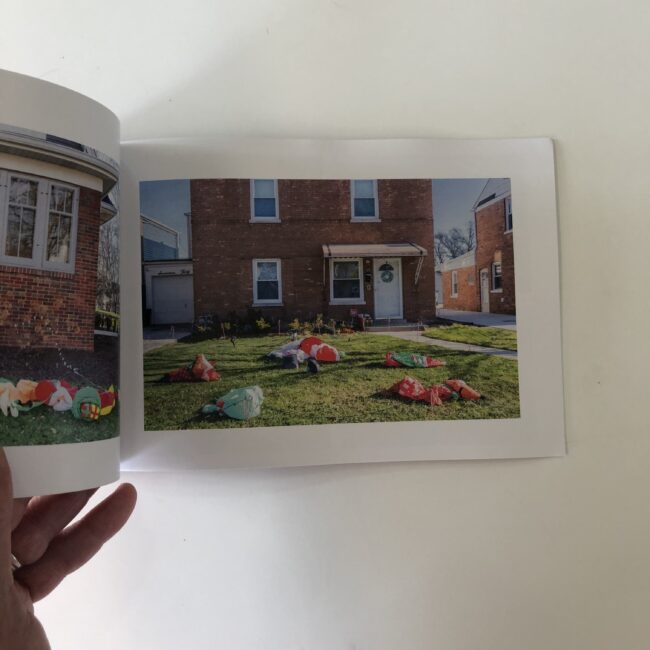
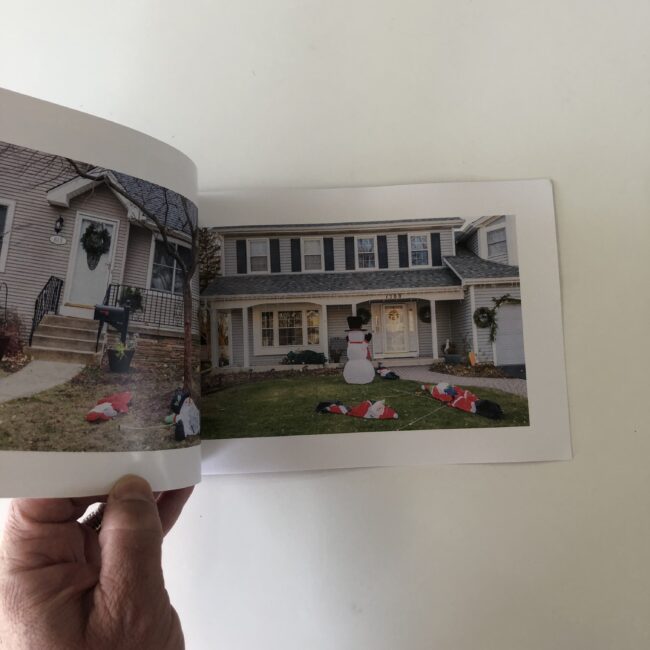
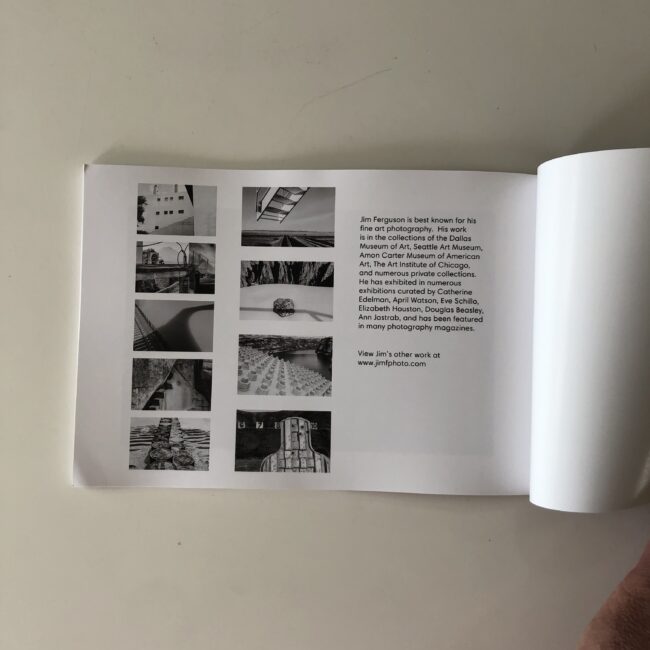
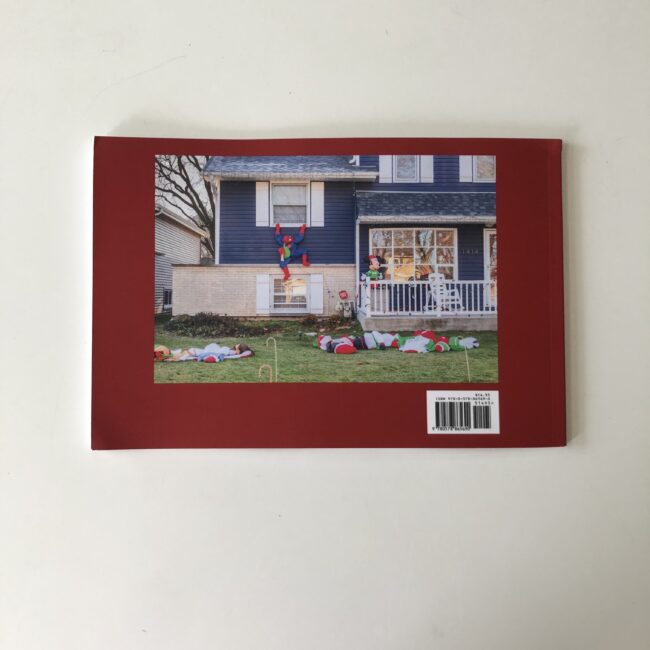
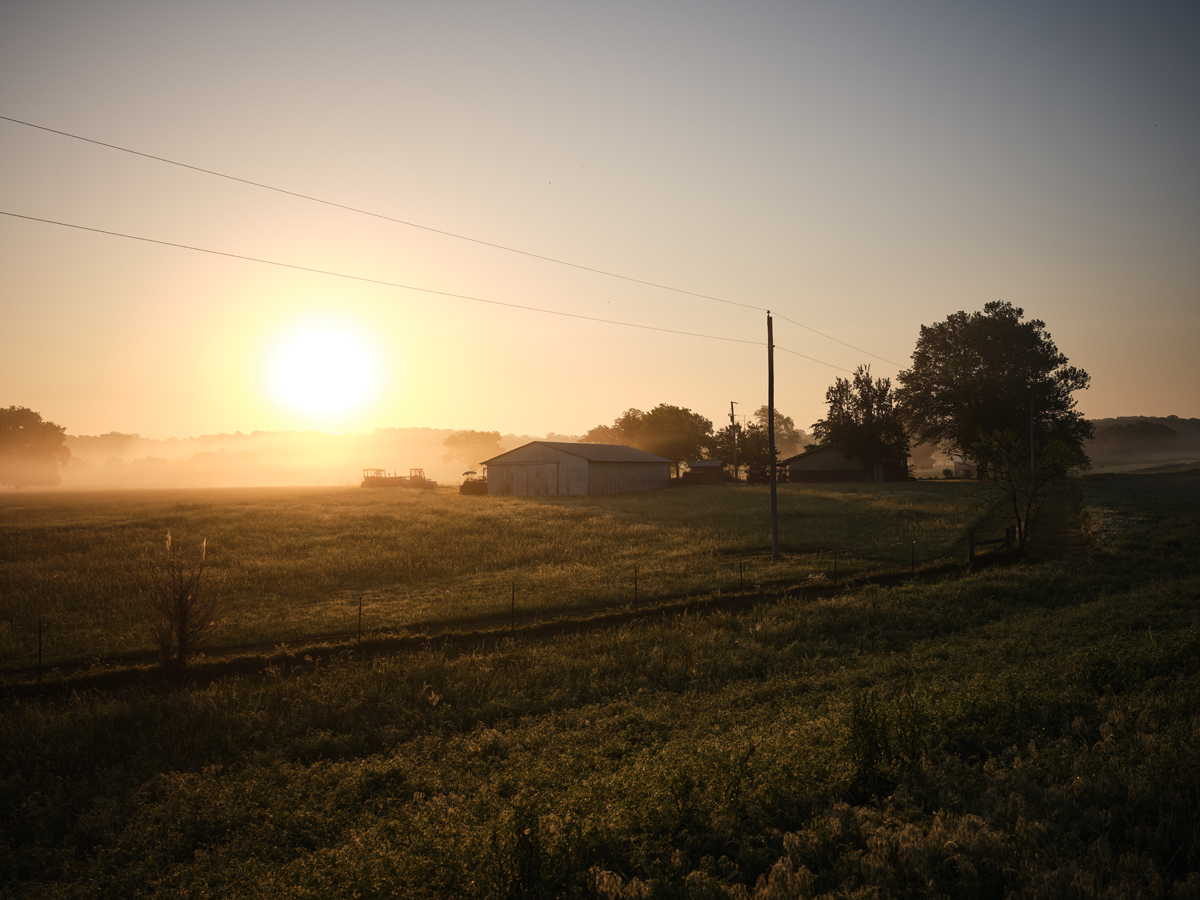
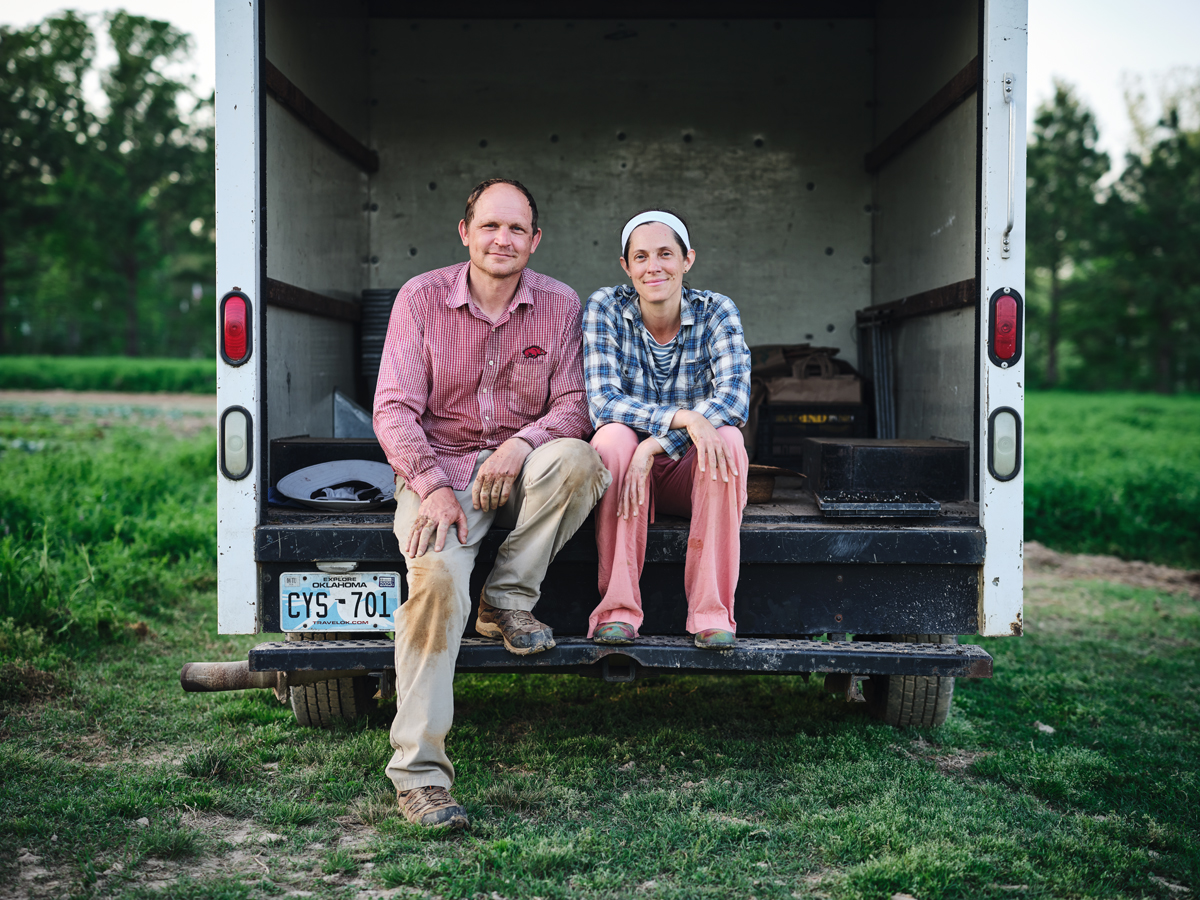
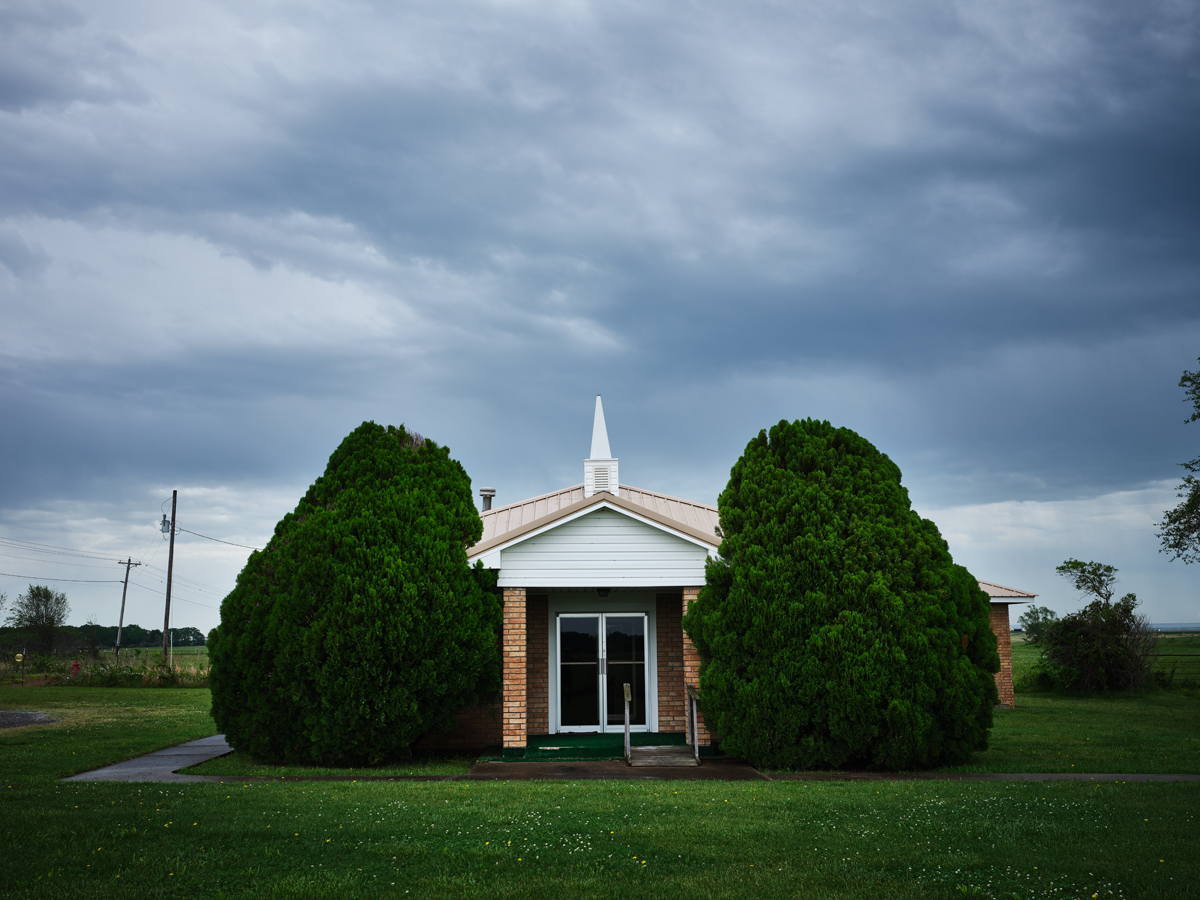
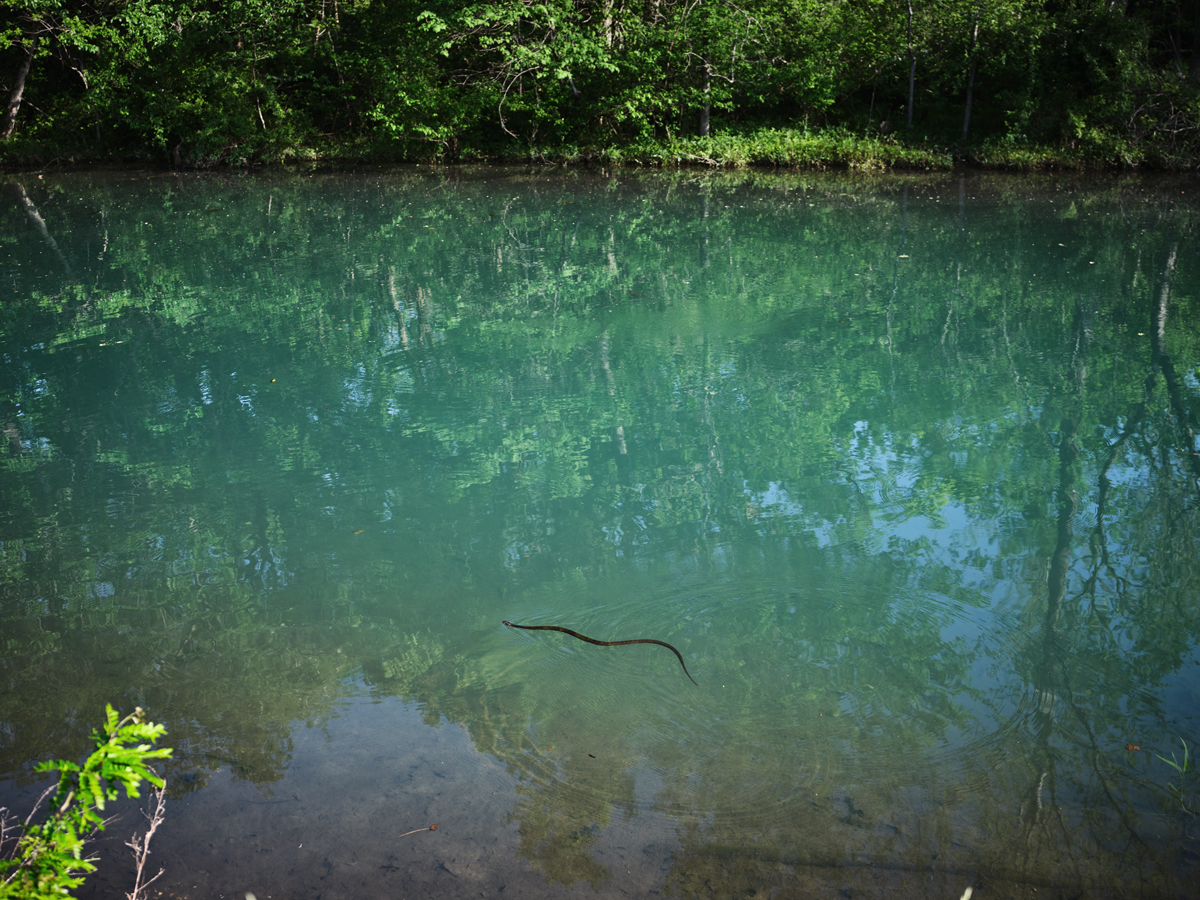
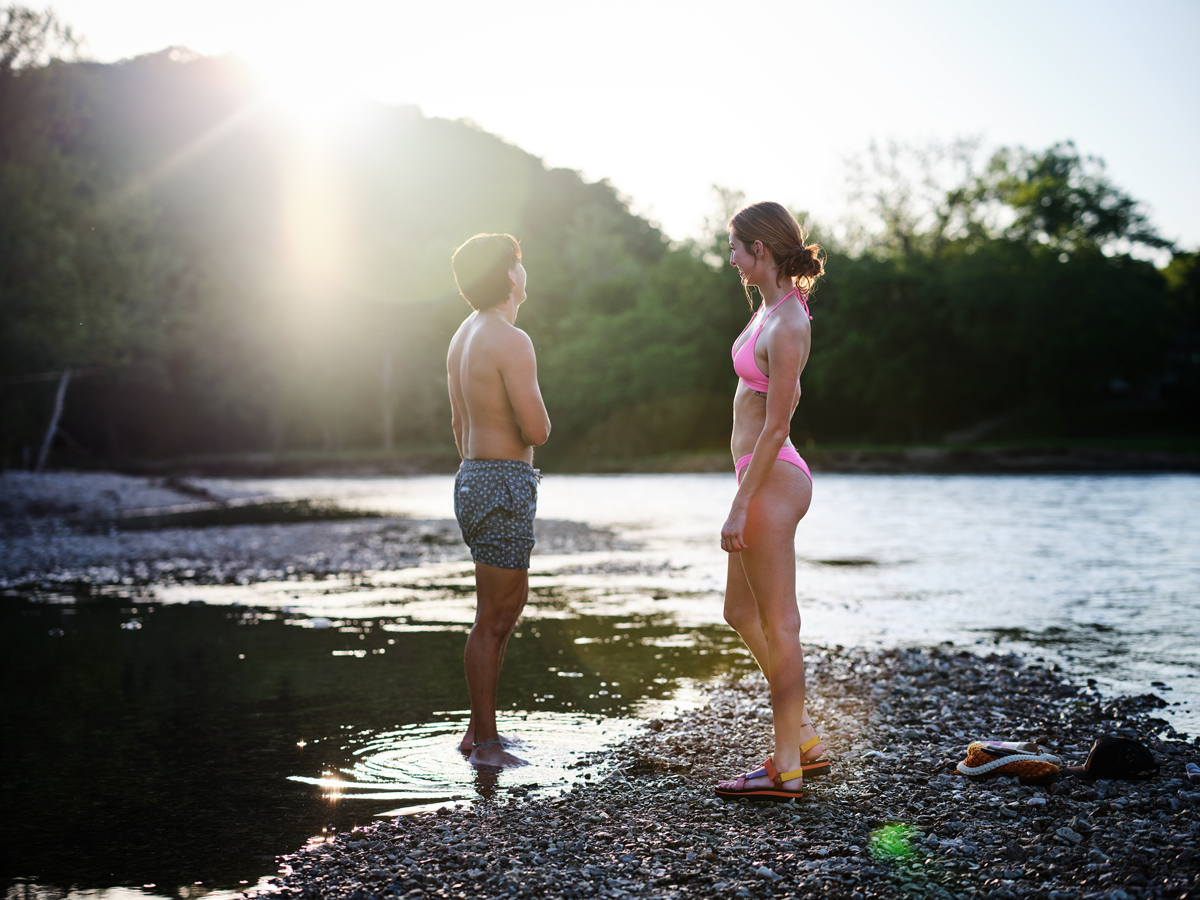
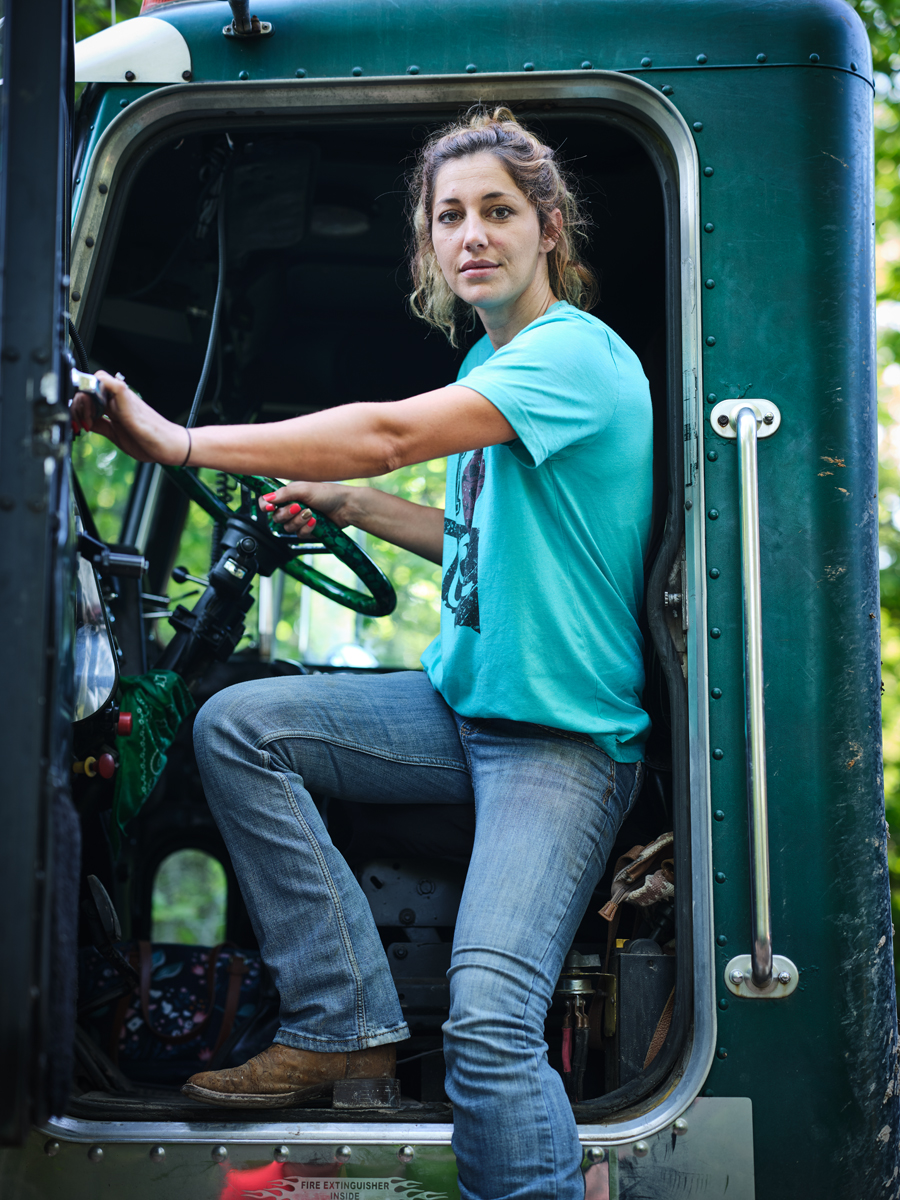
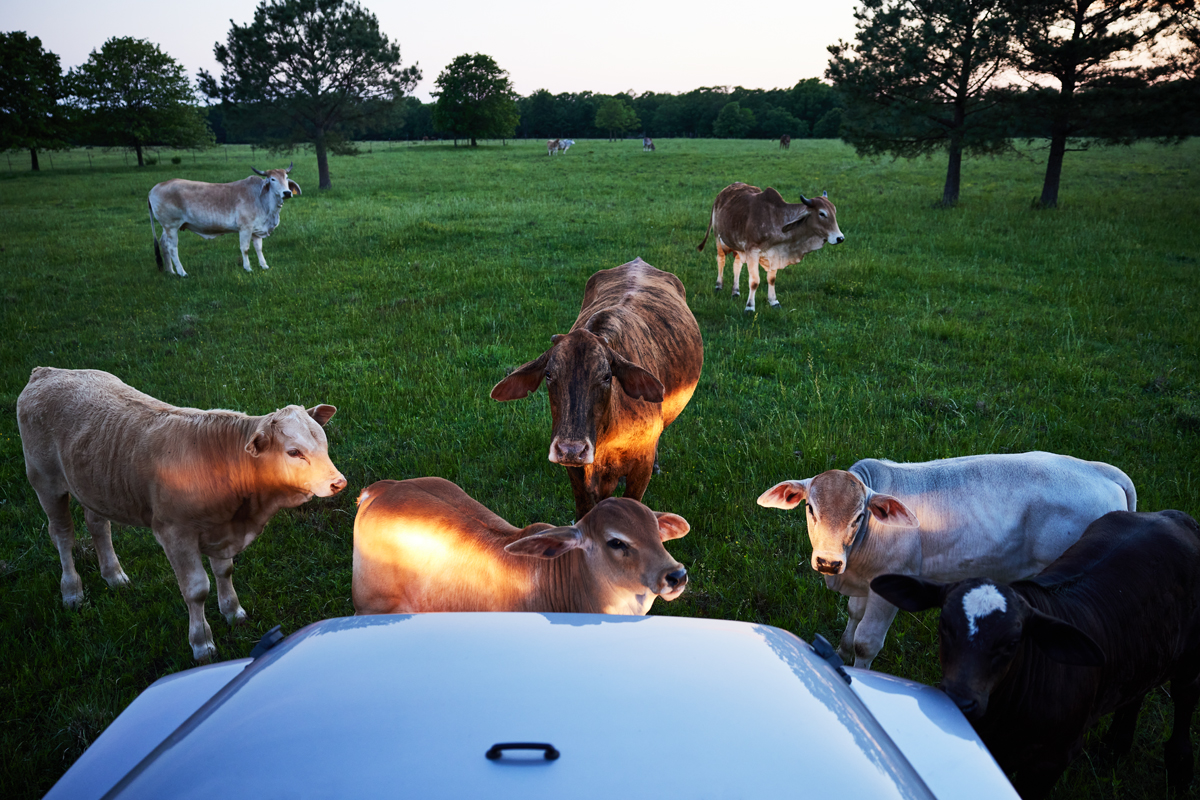
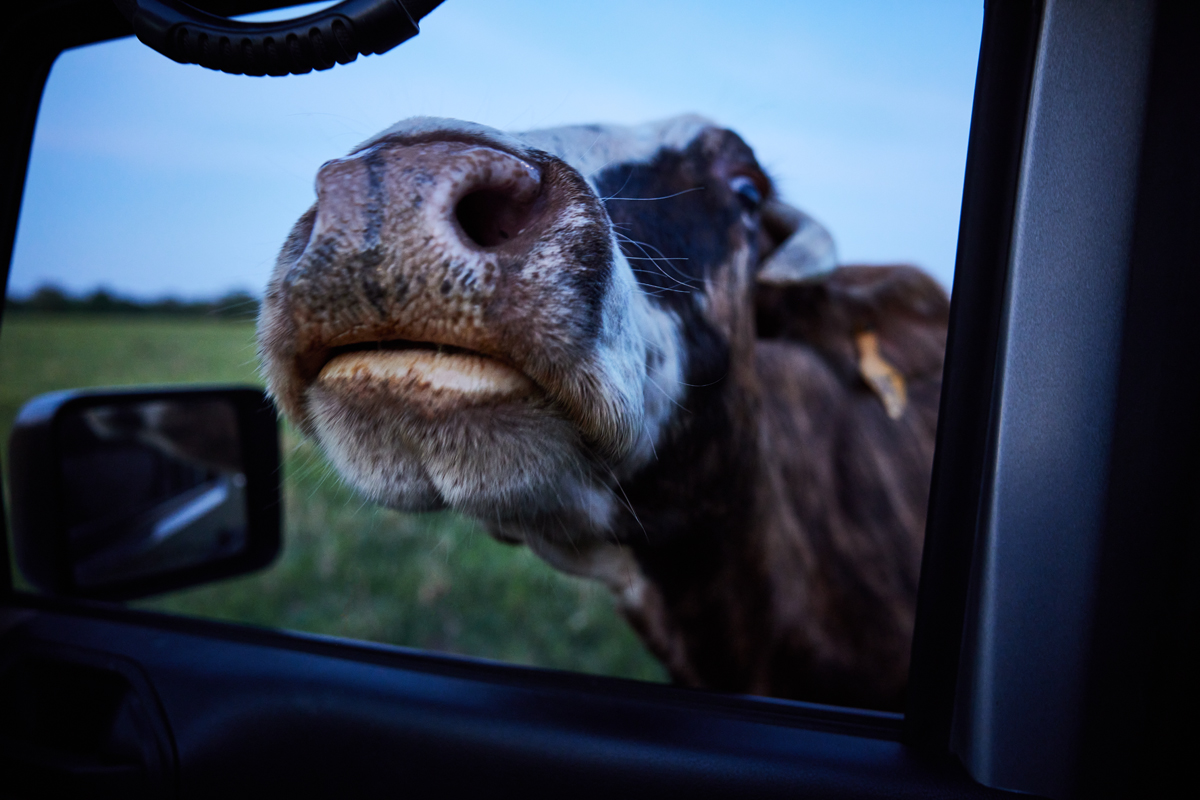
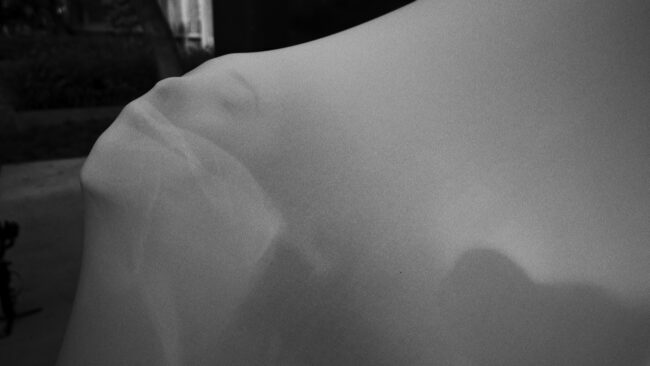 Photograph by Gladys Lou (2021)
Photograph by Gladys Lou (2021) 